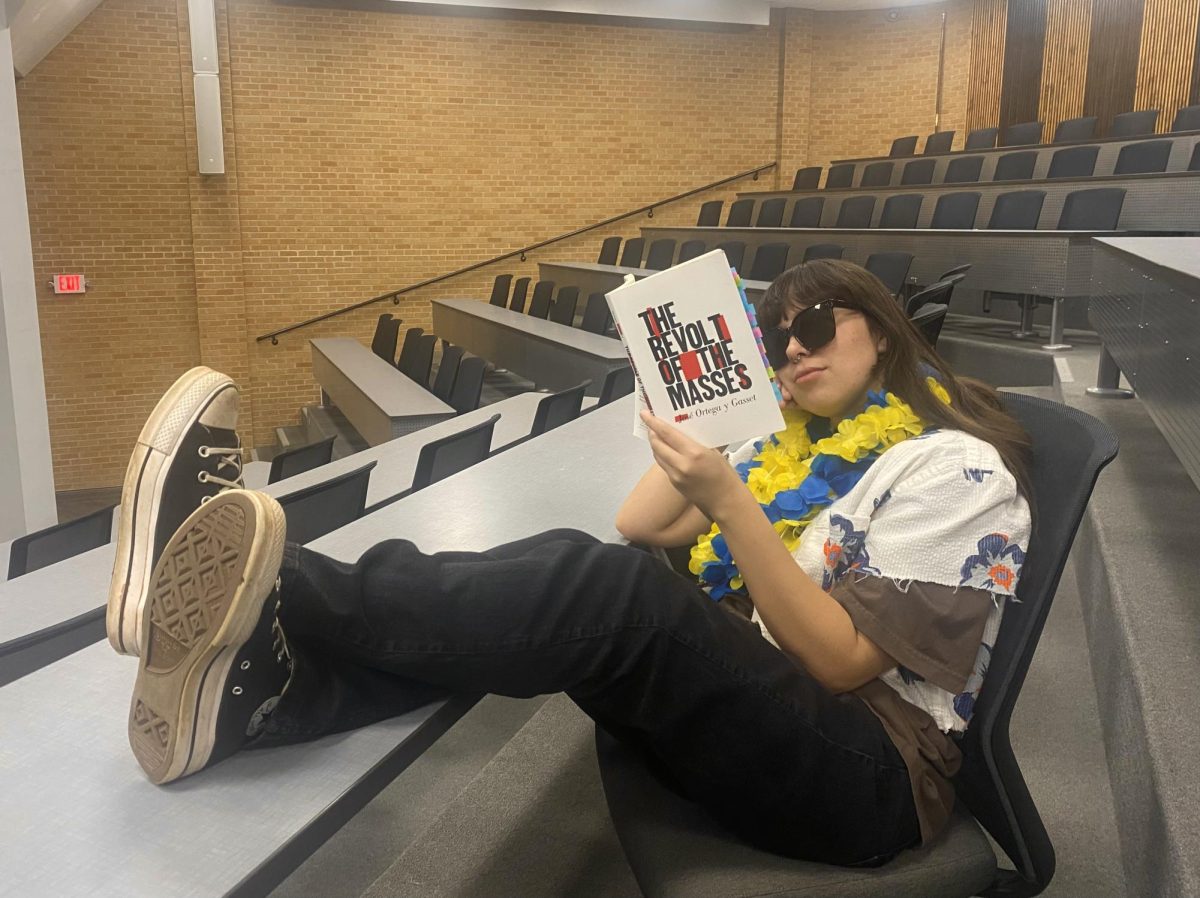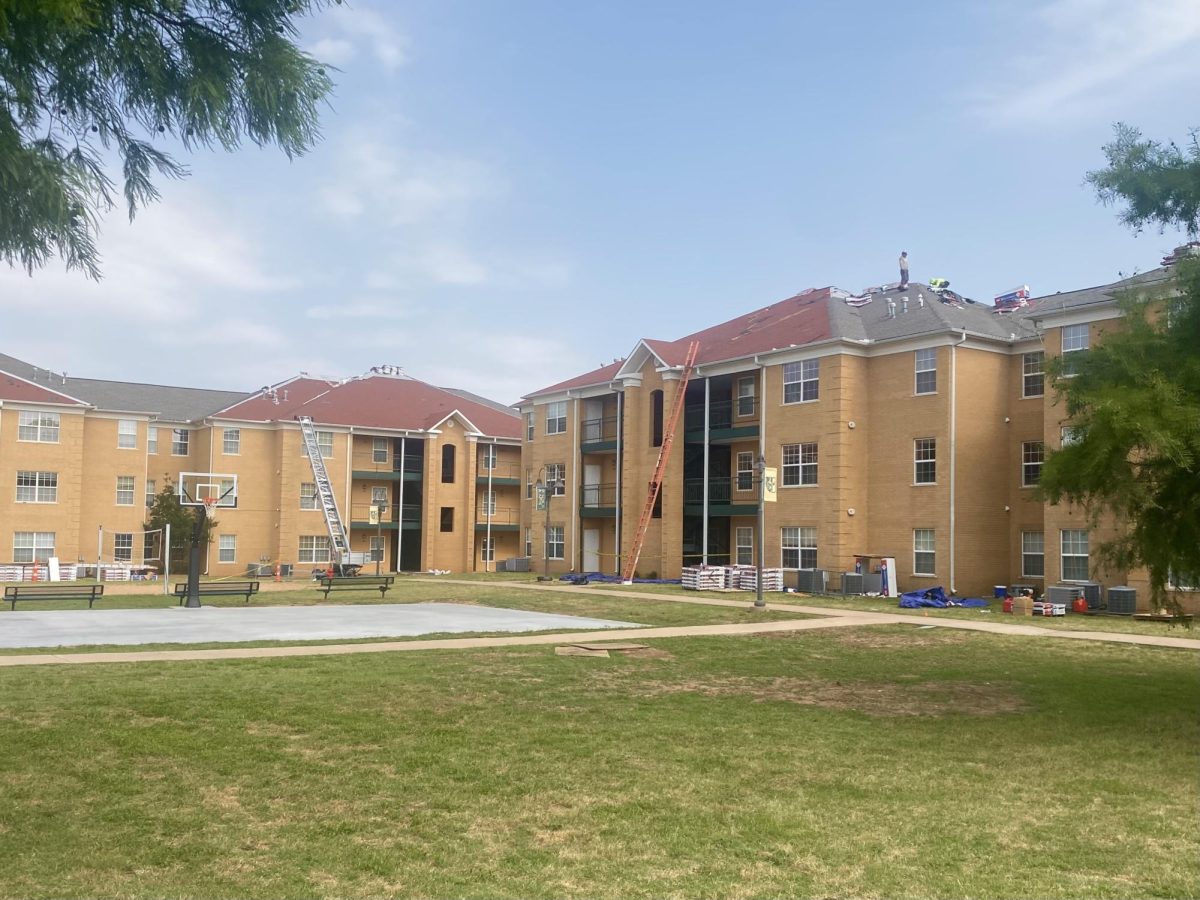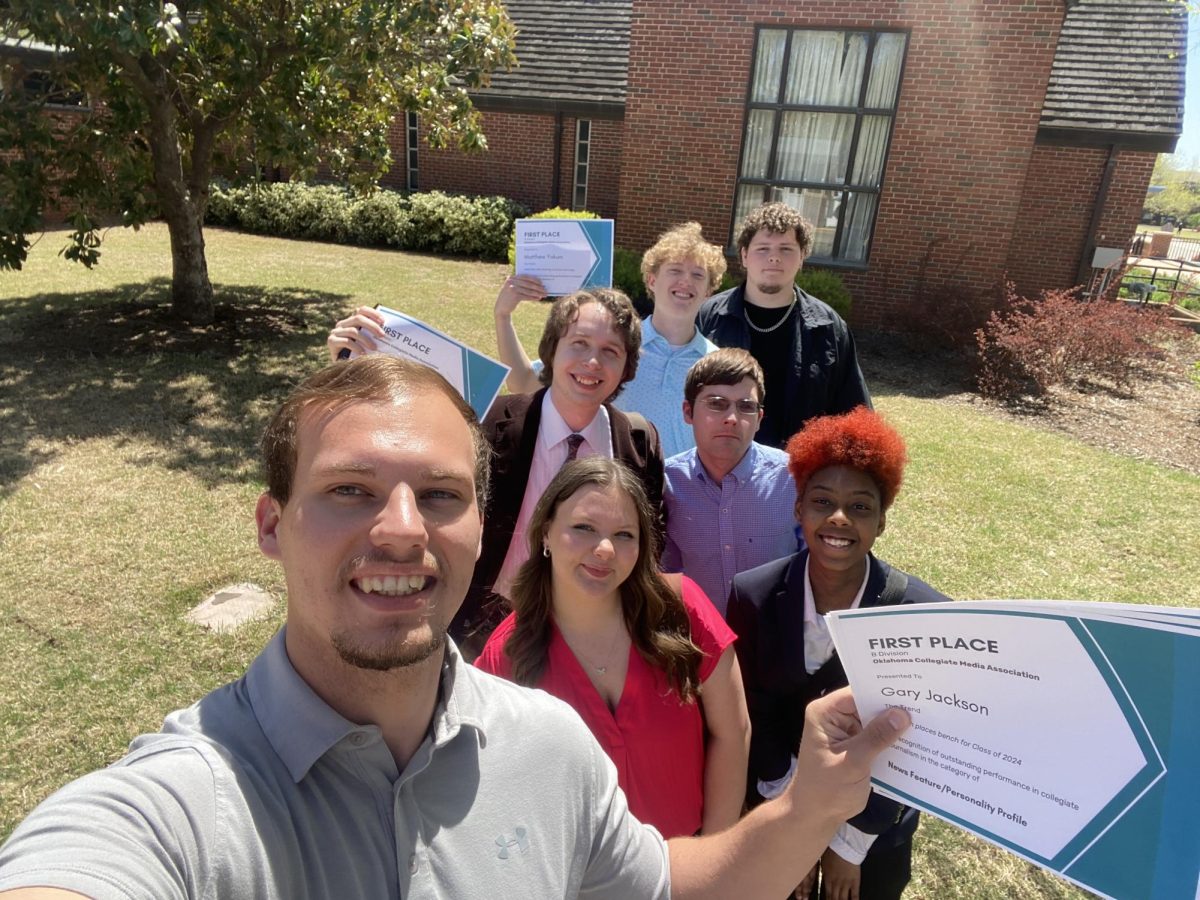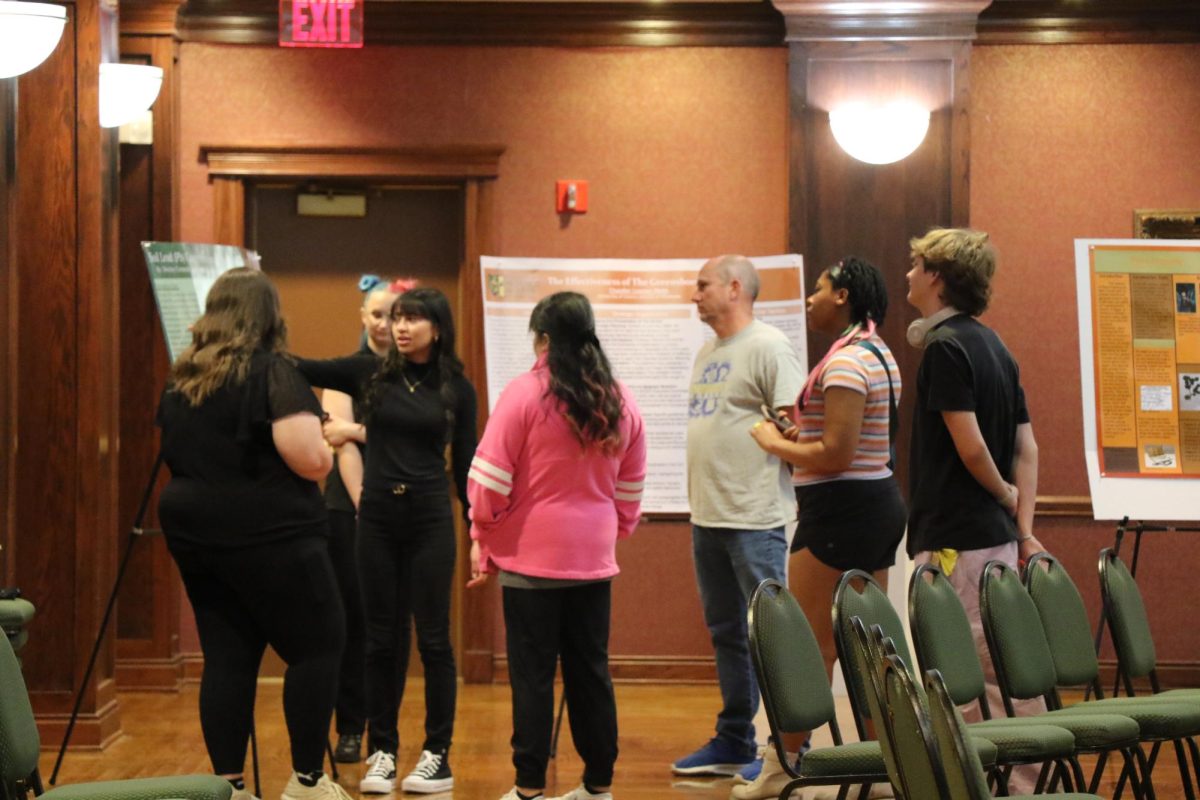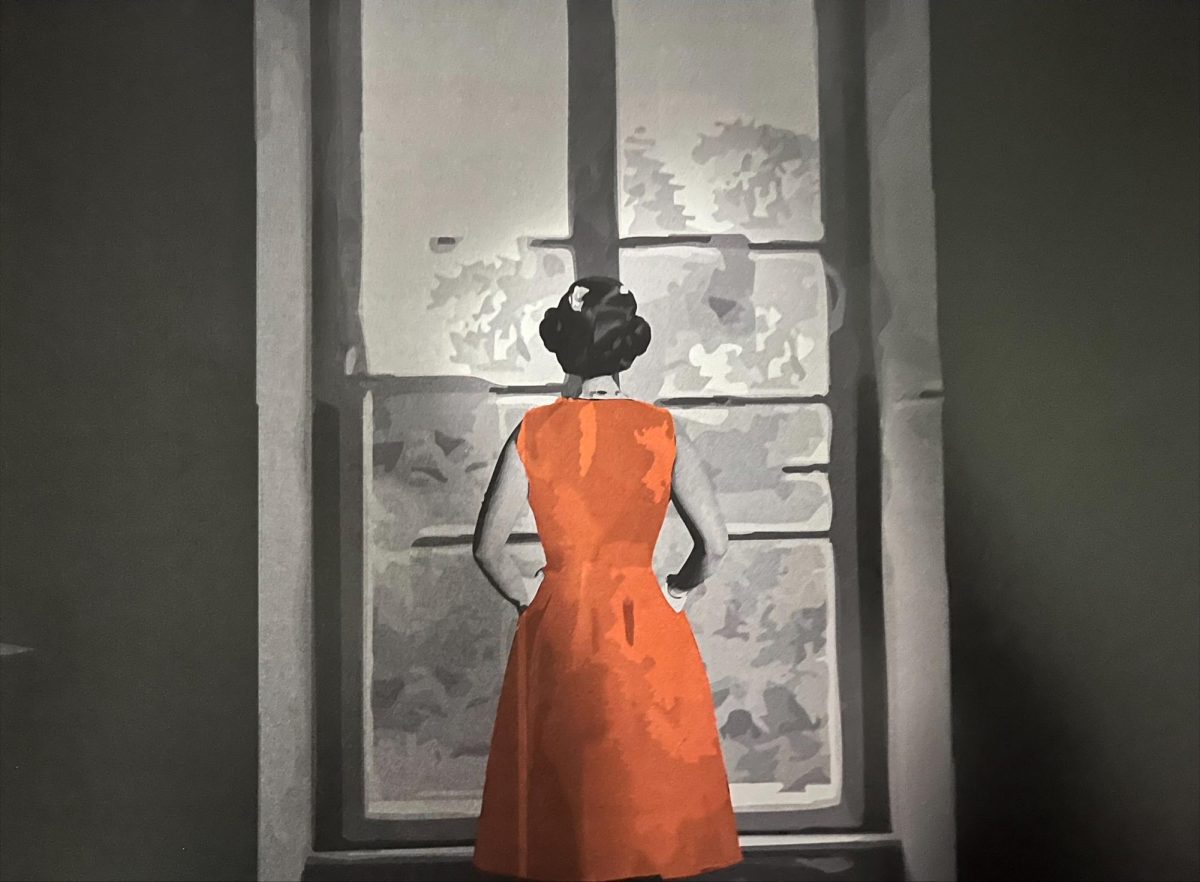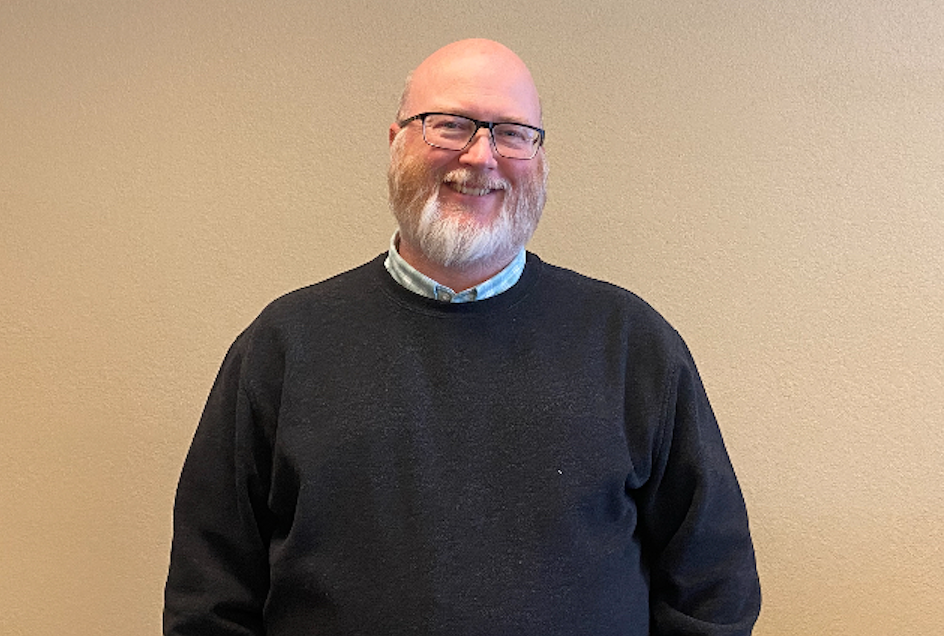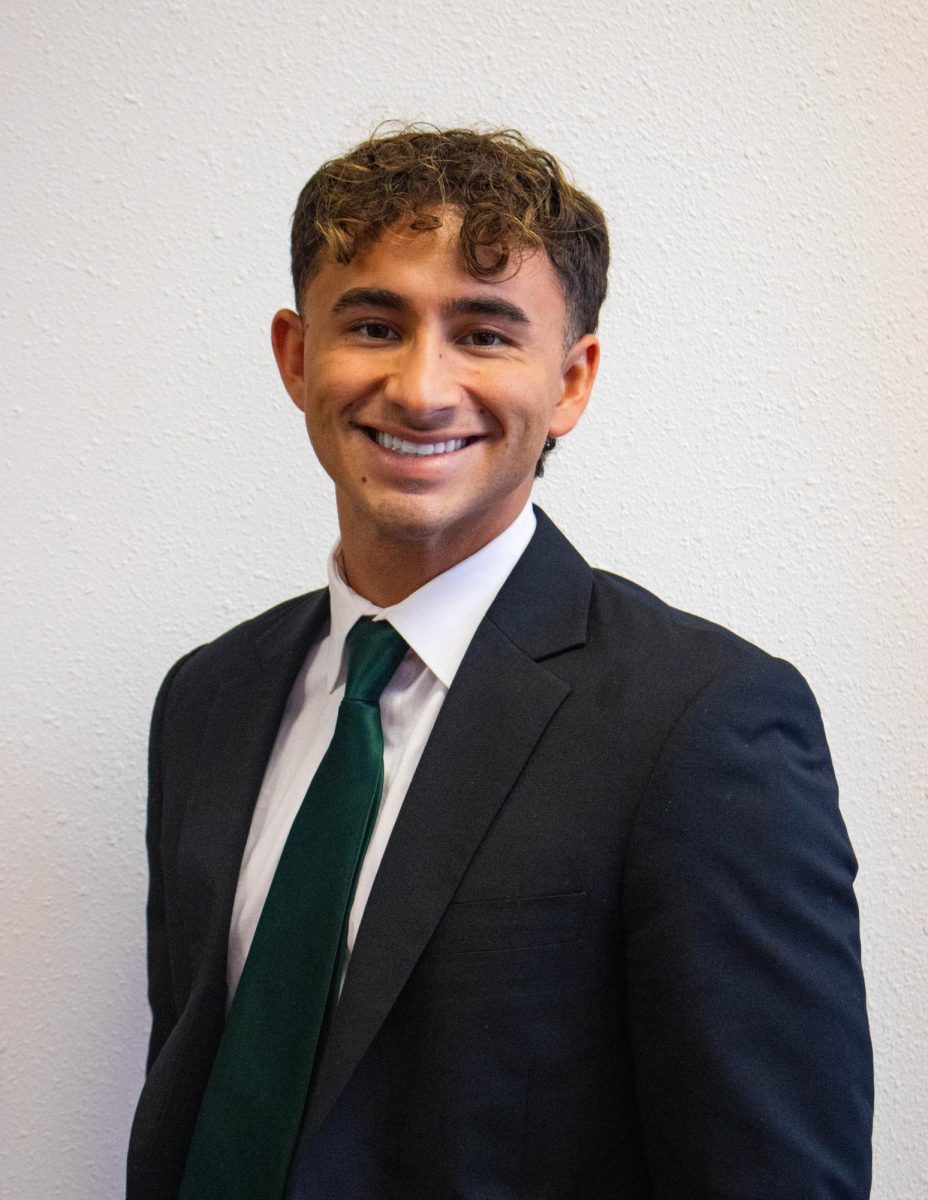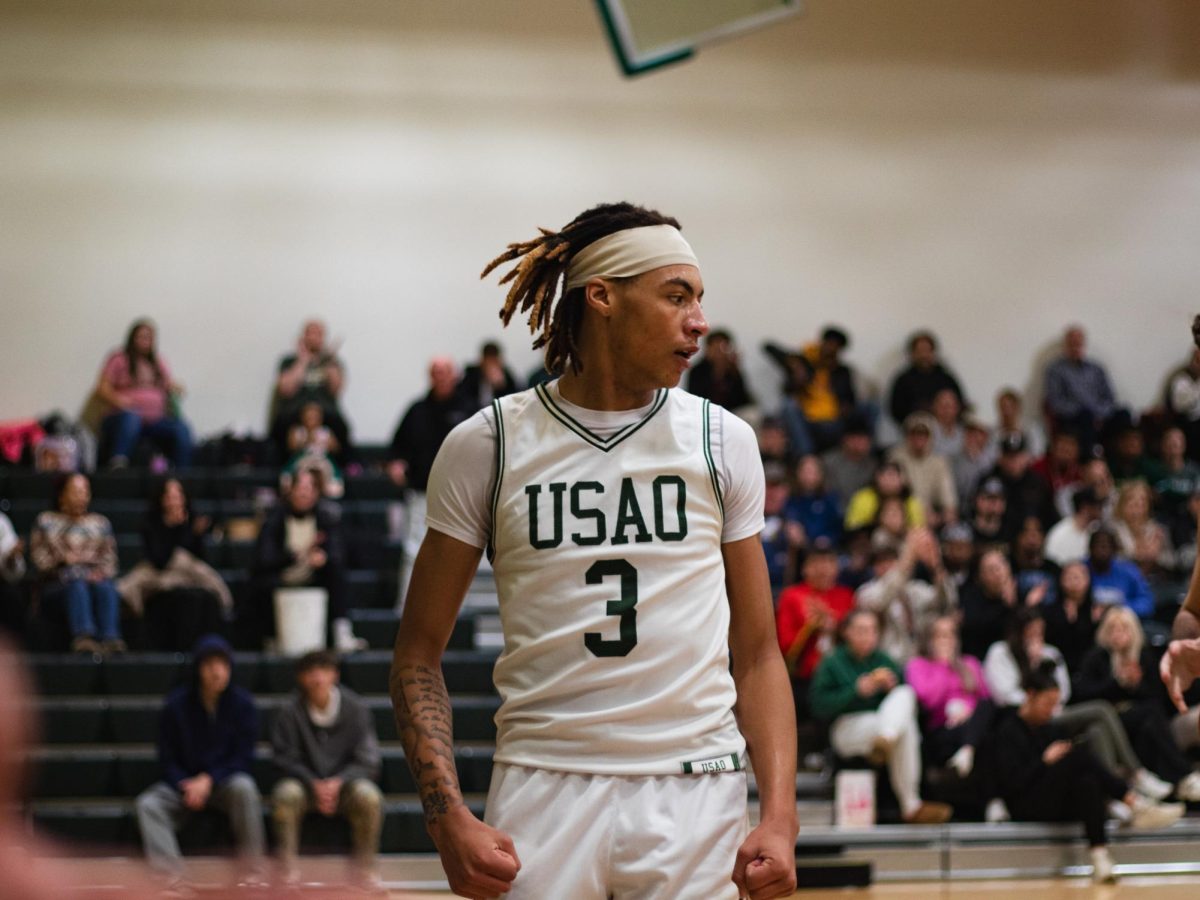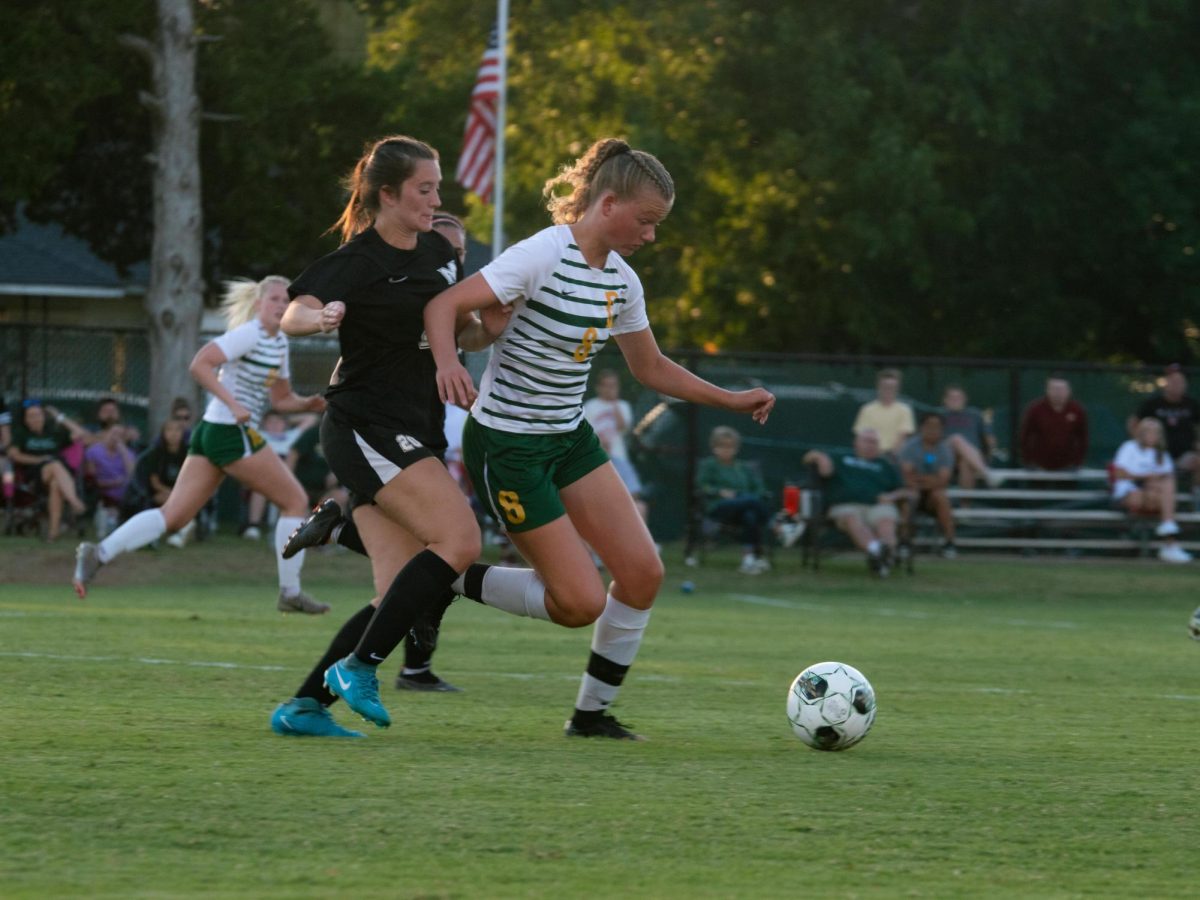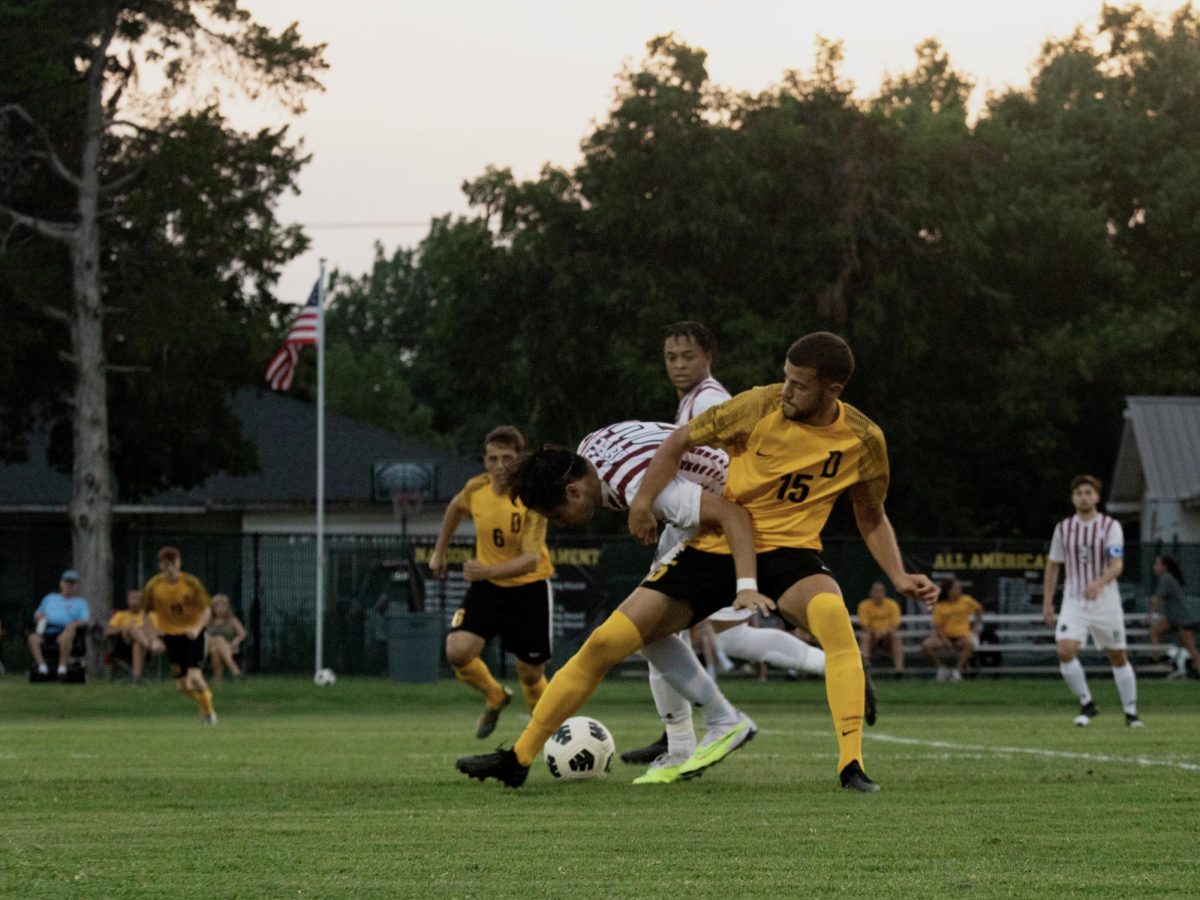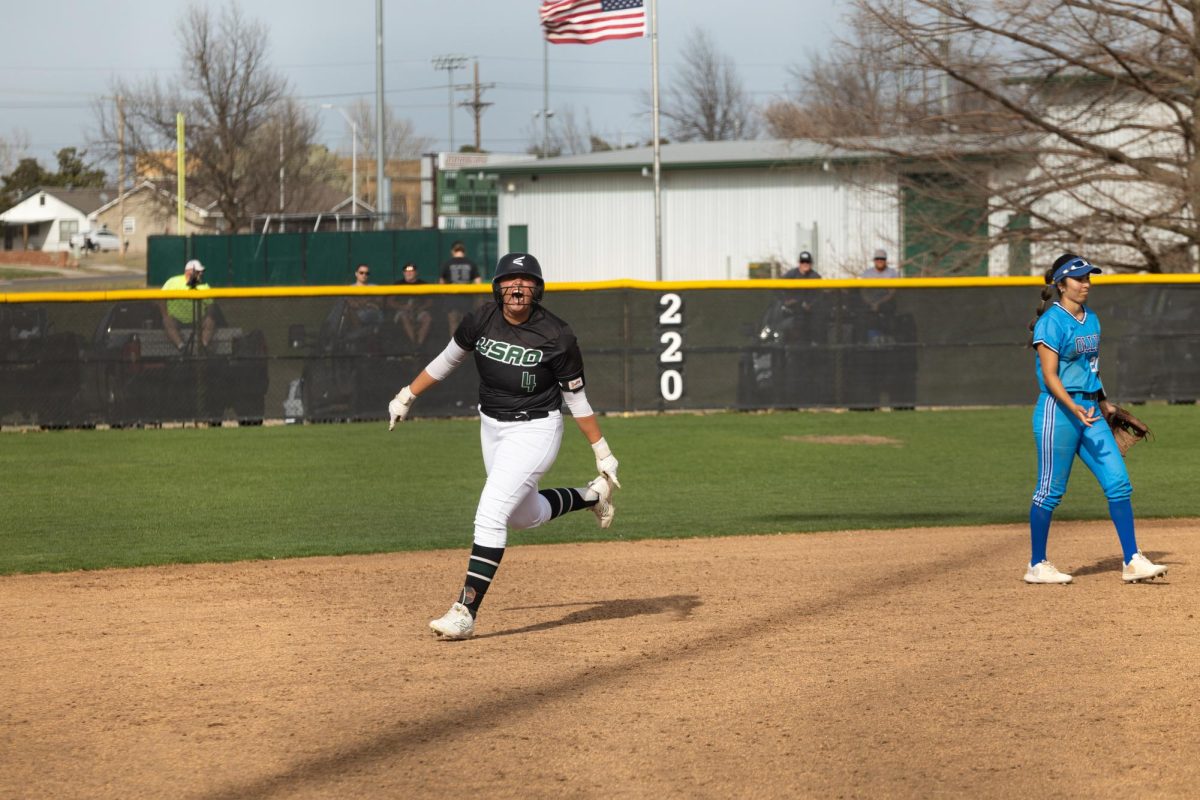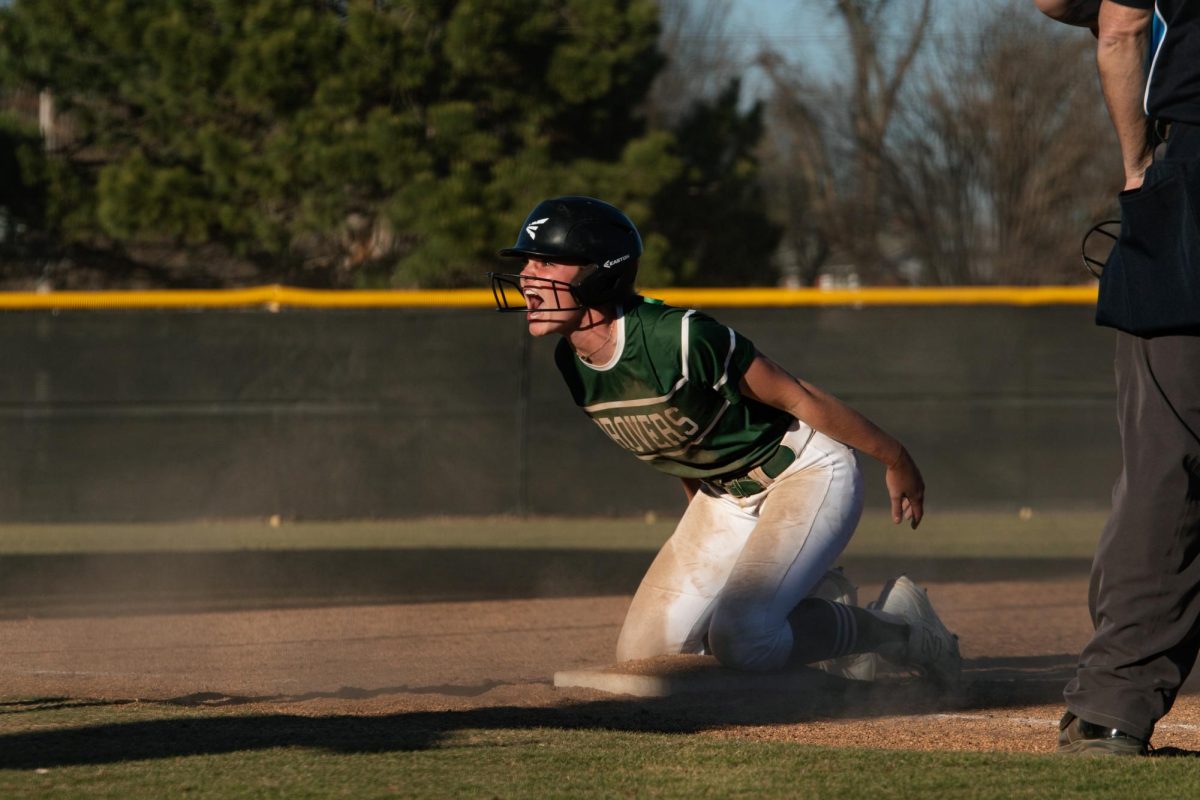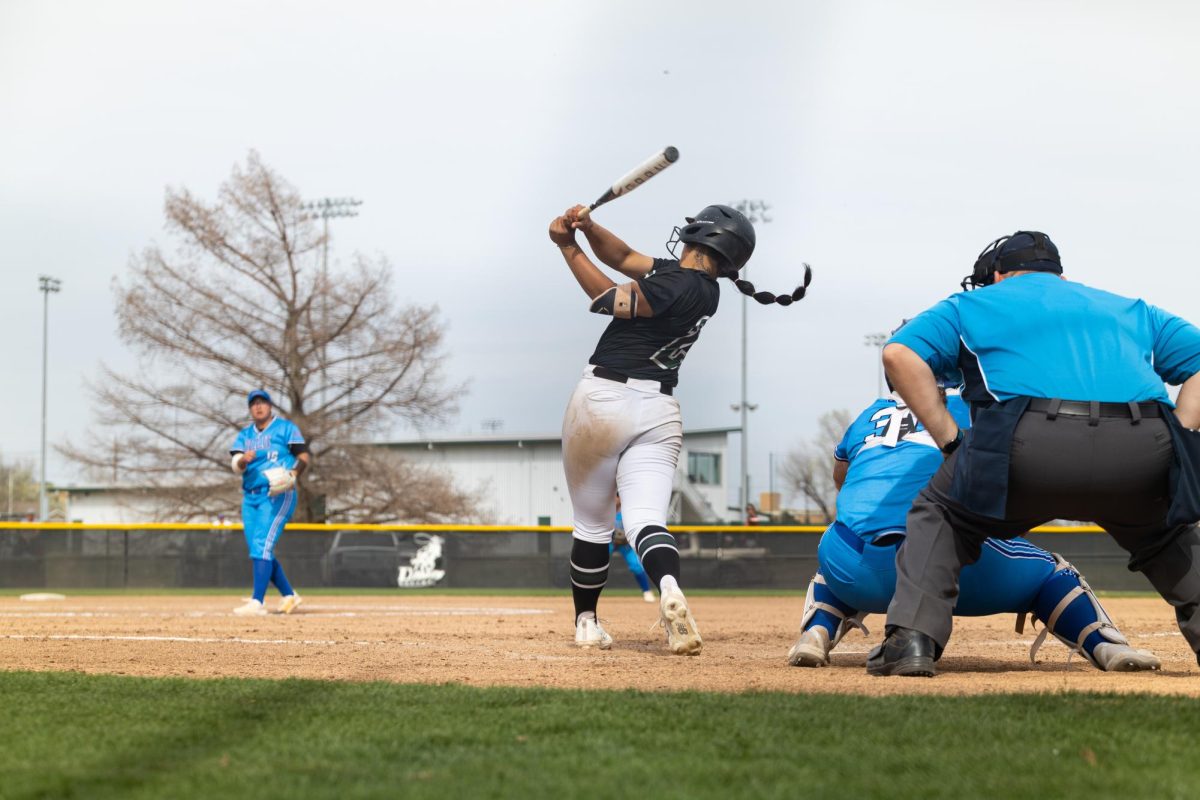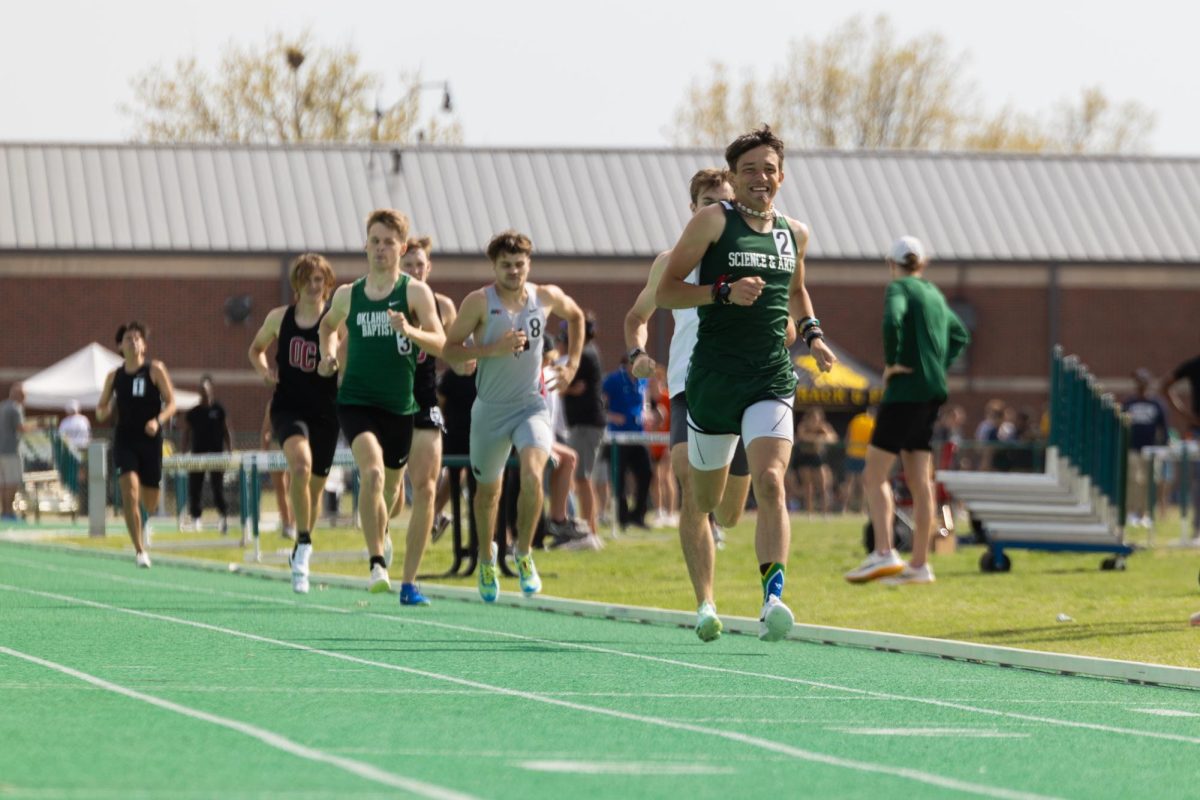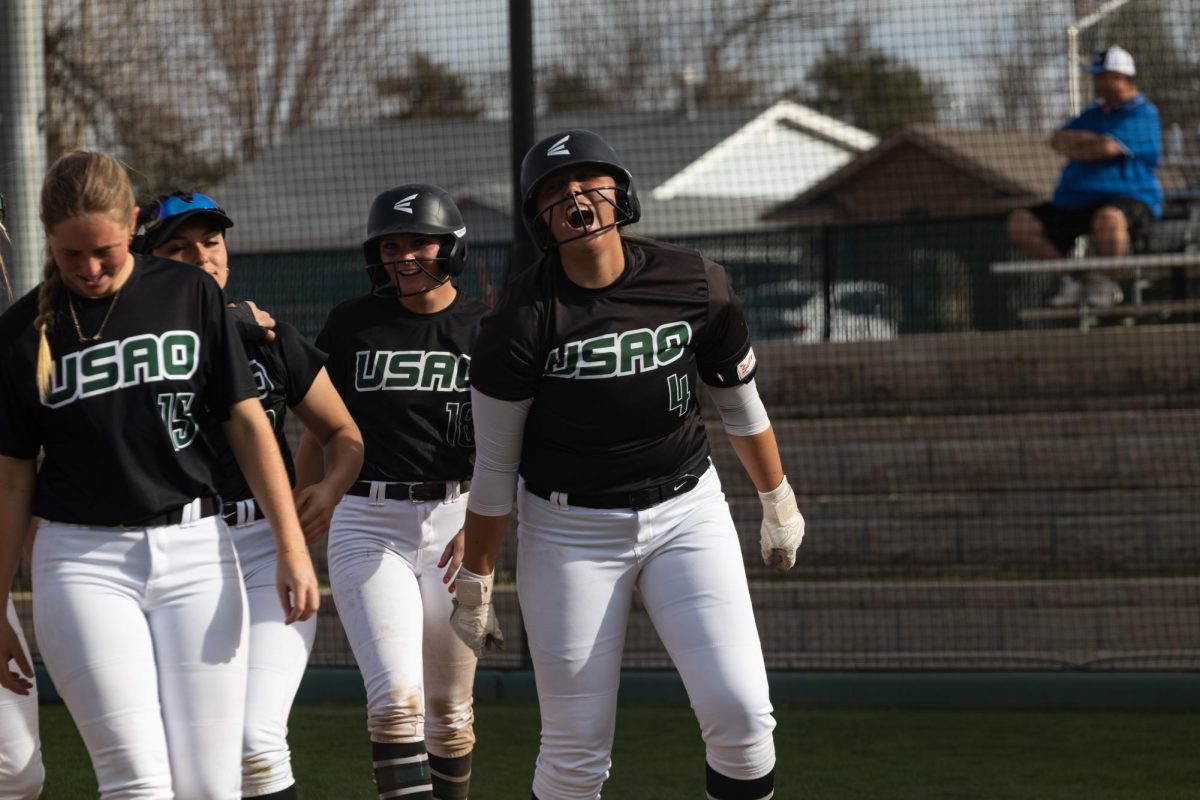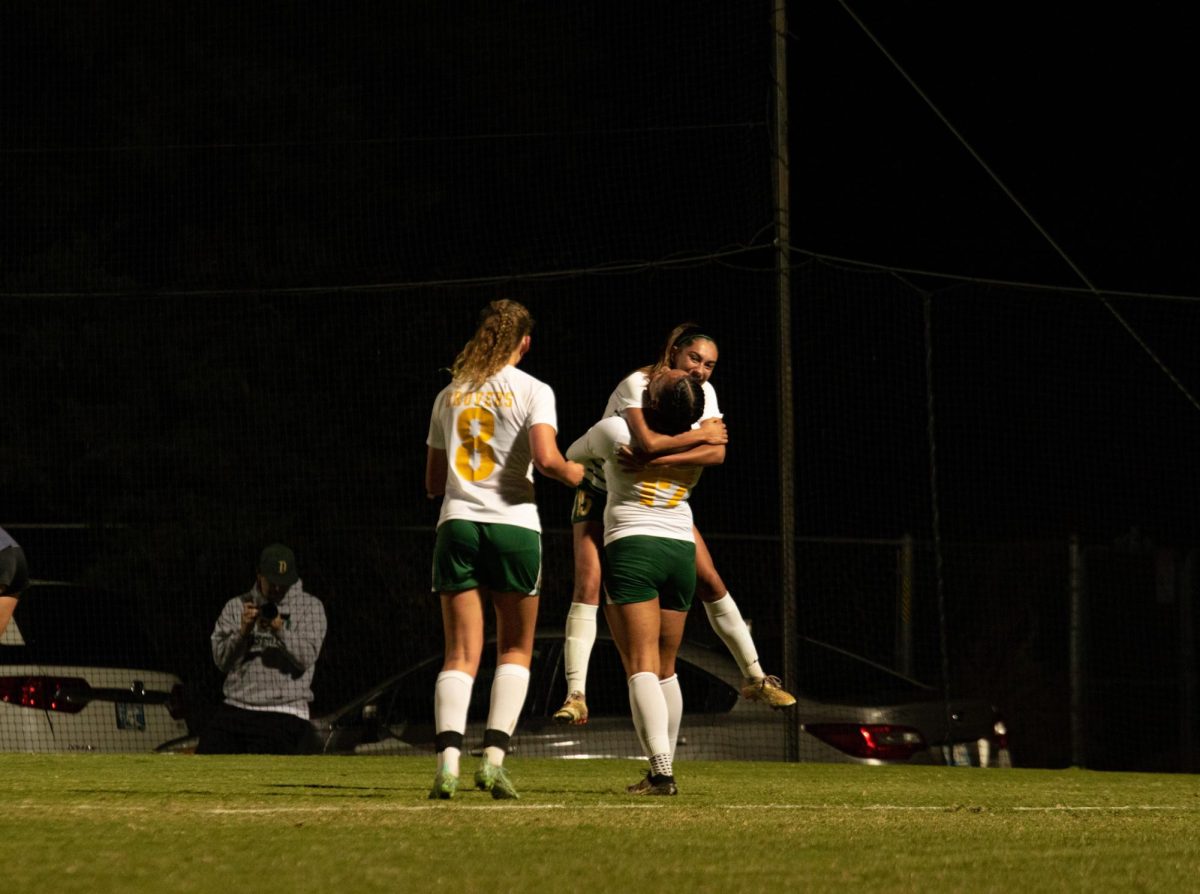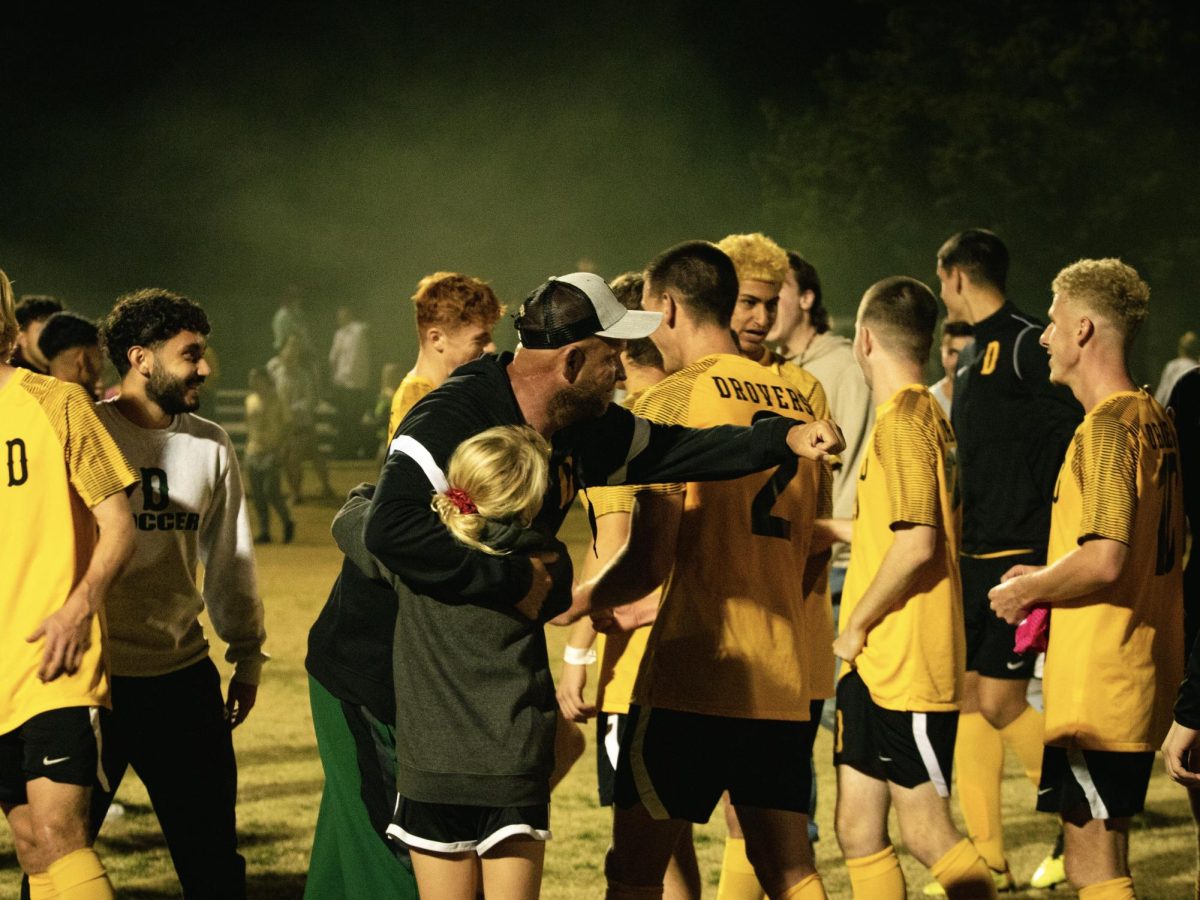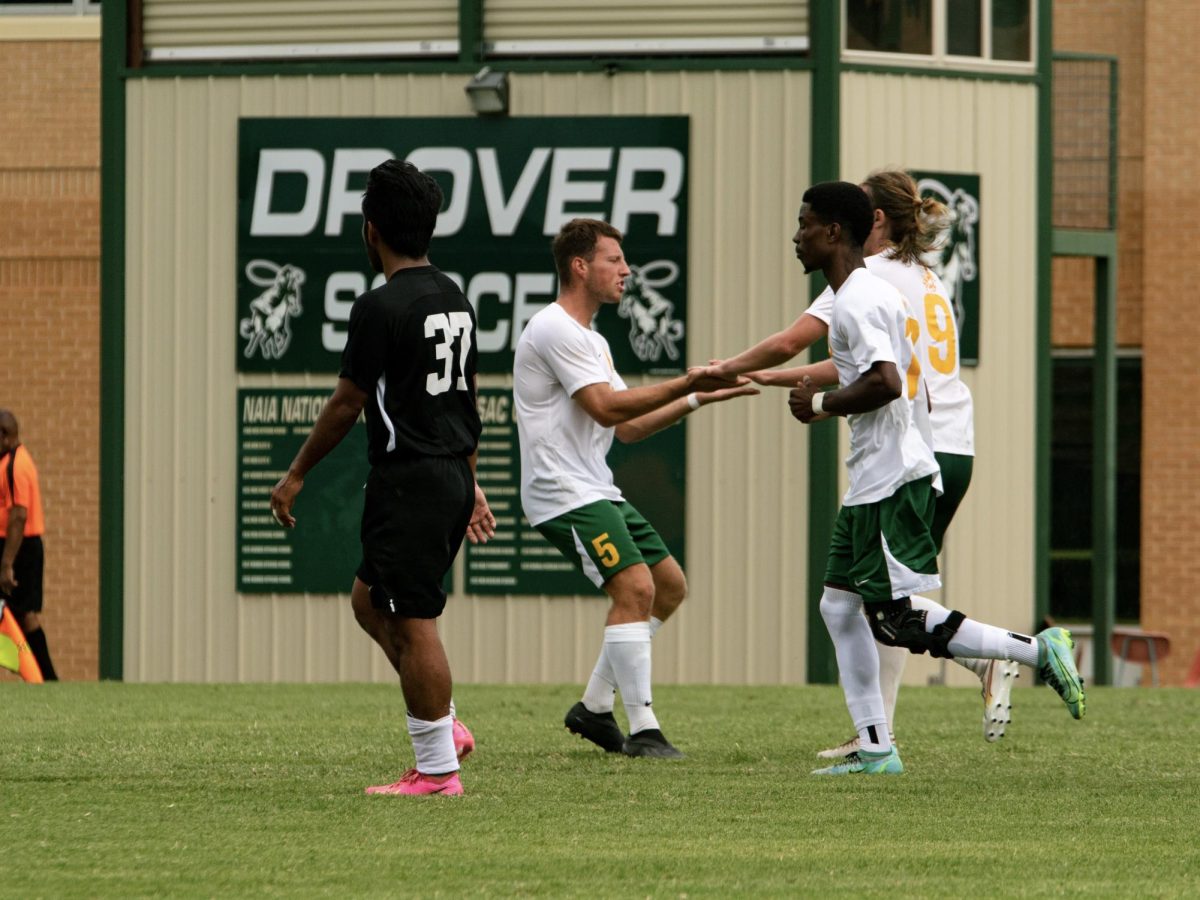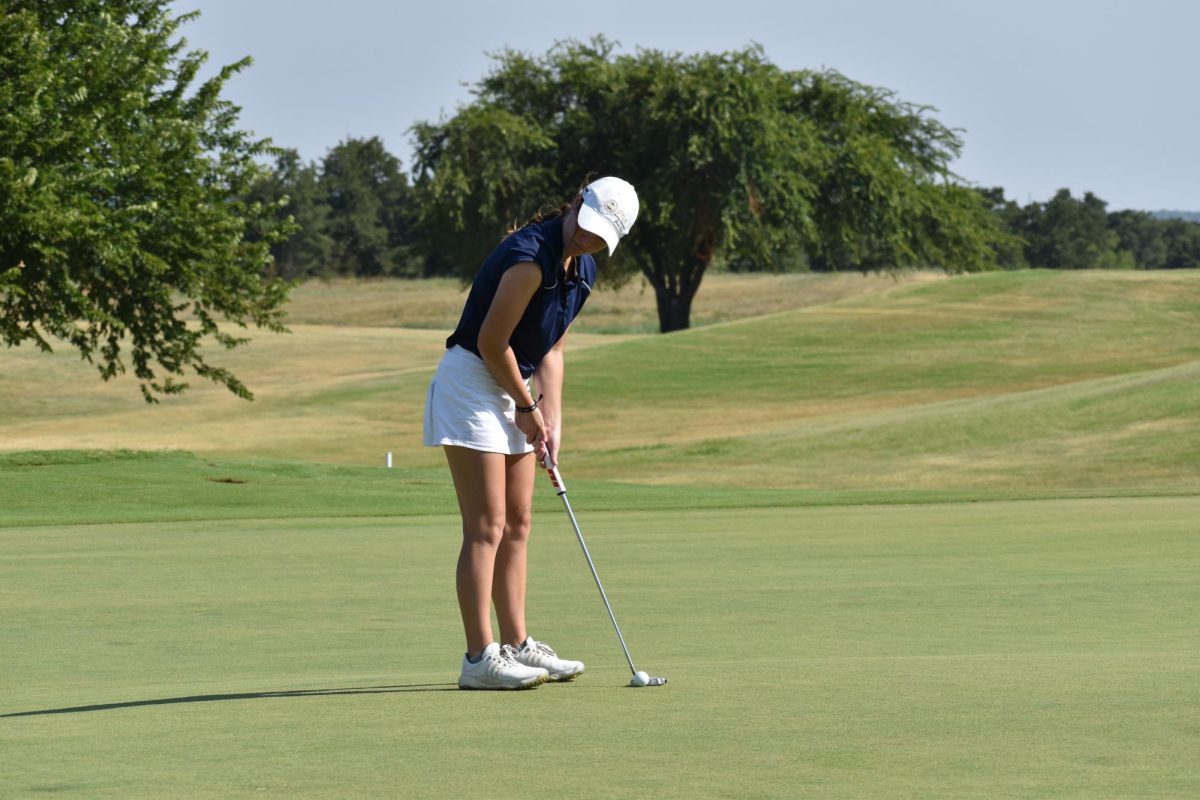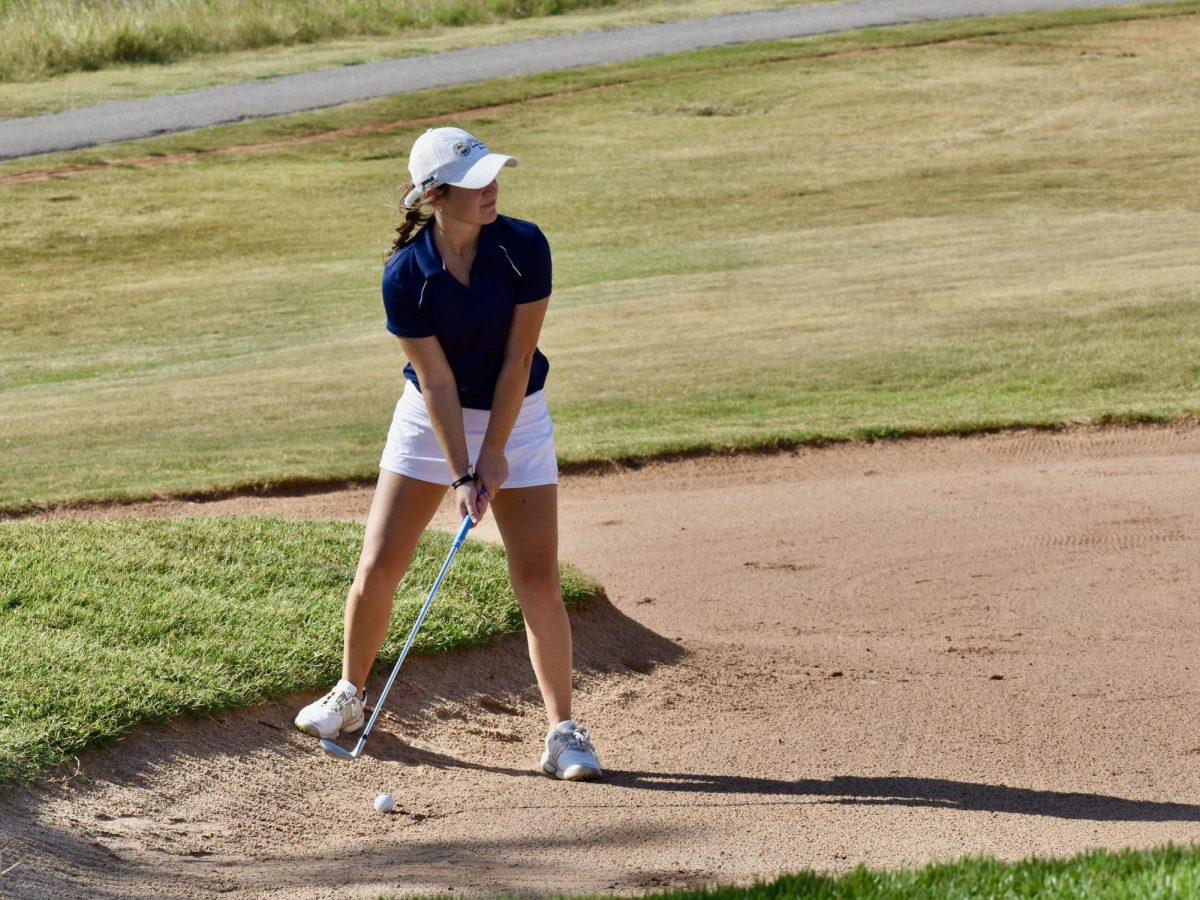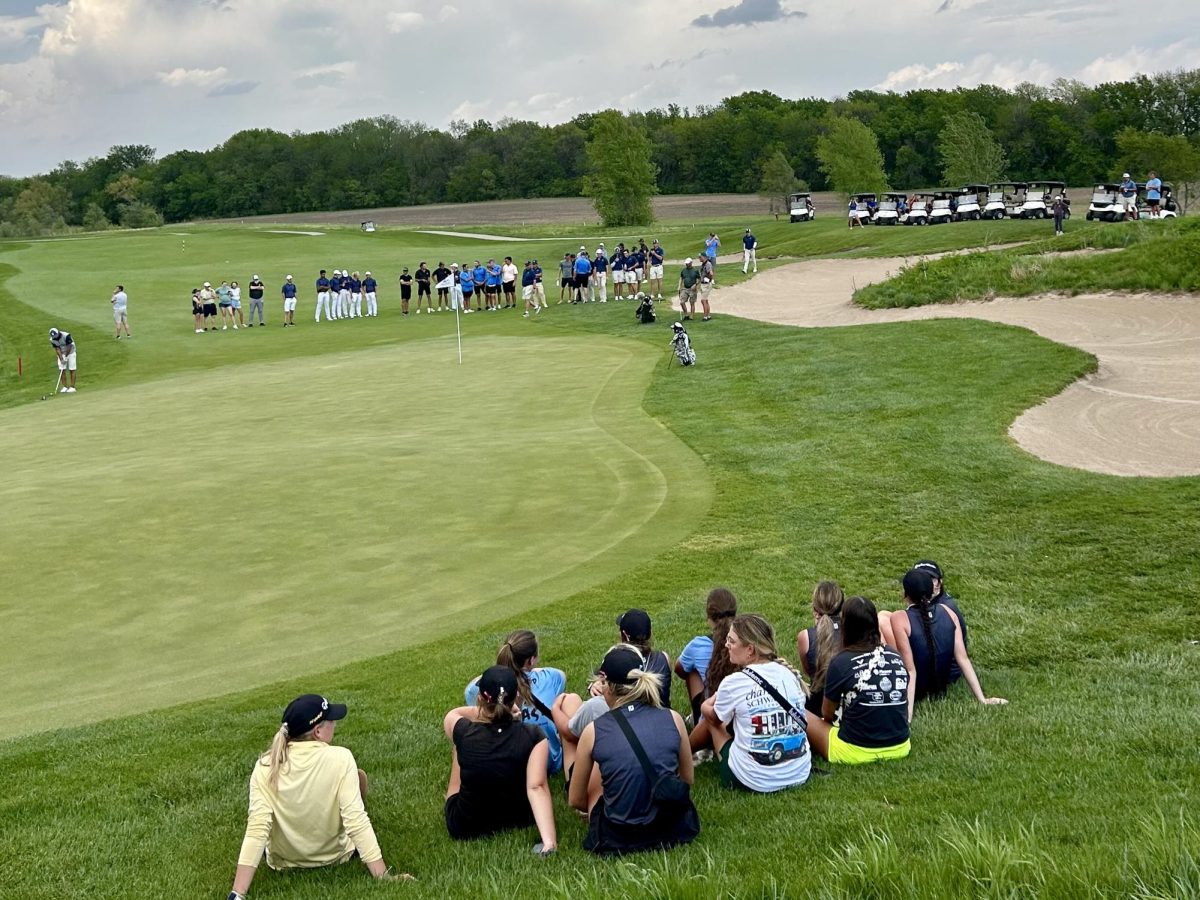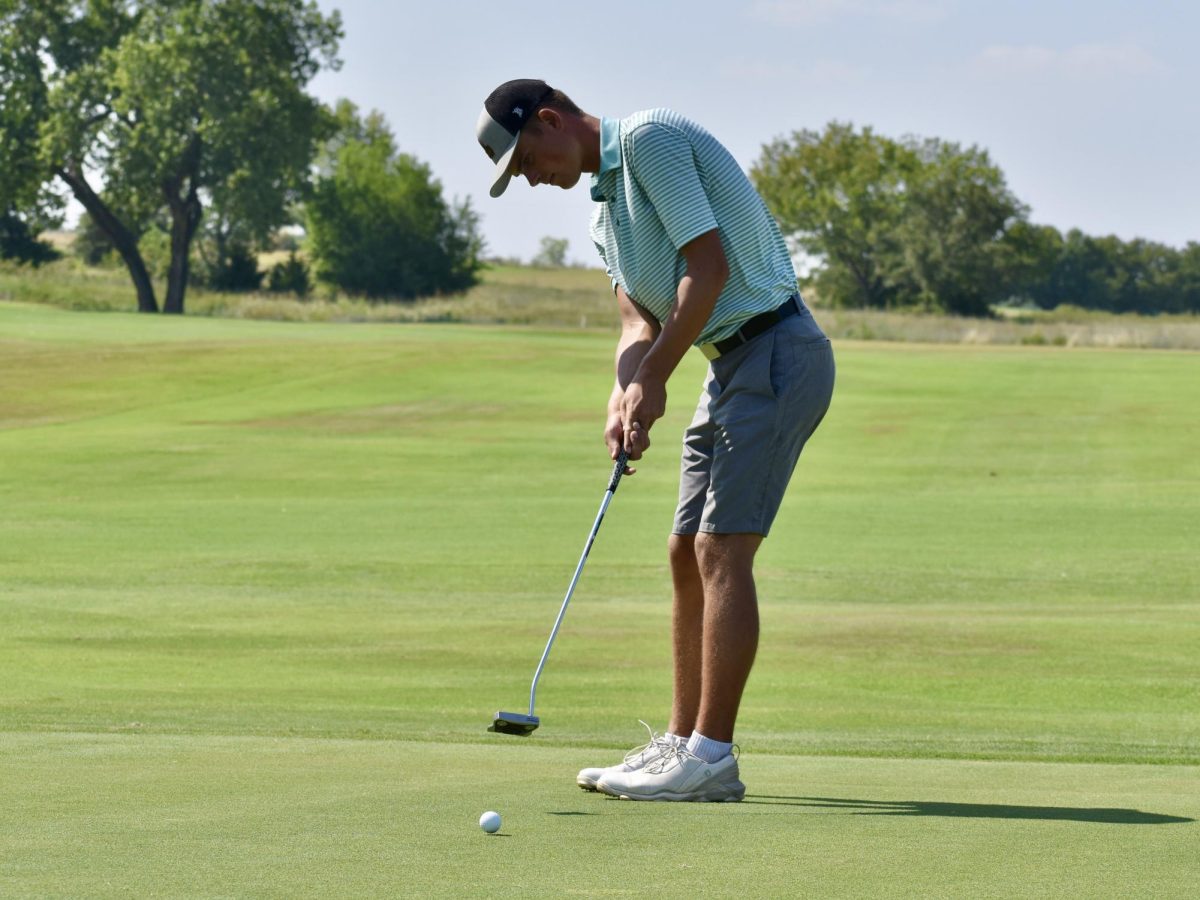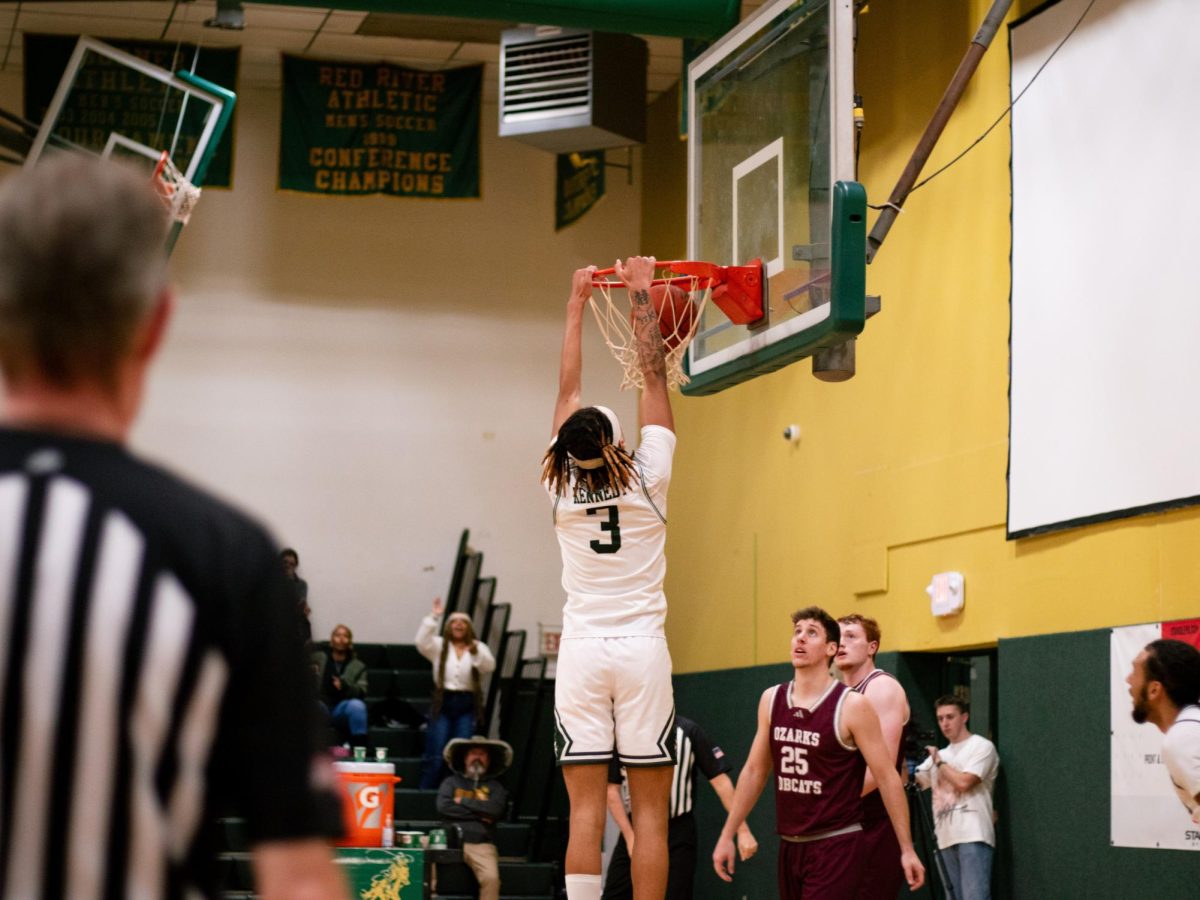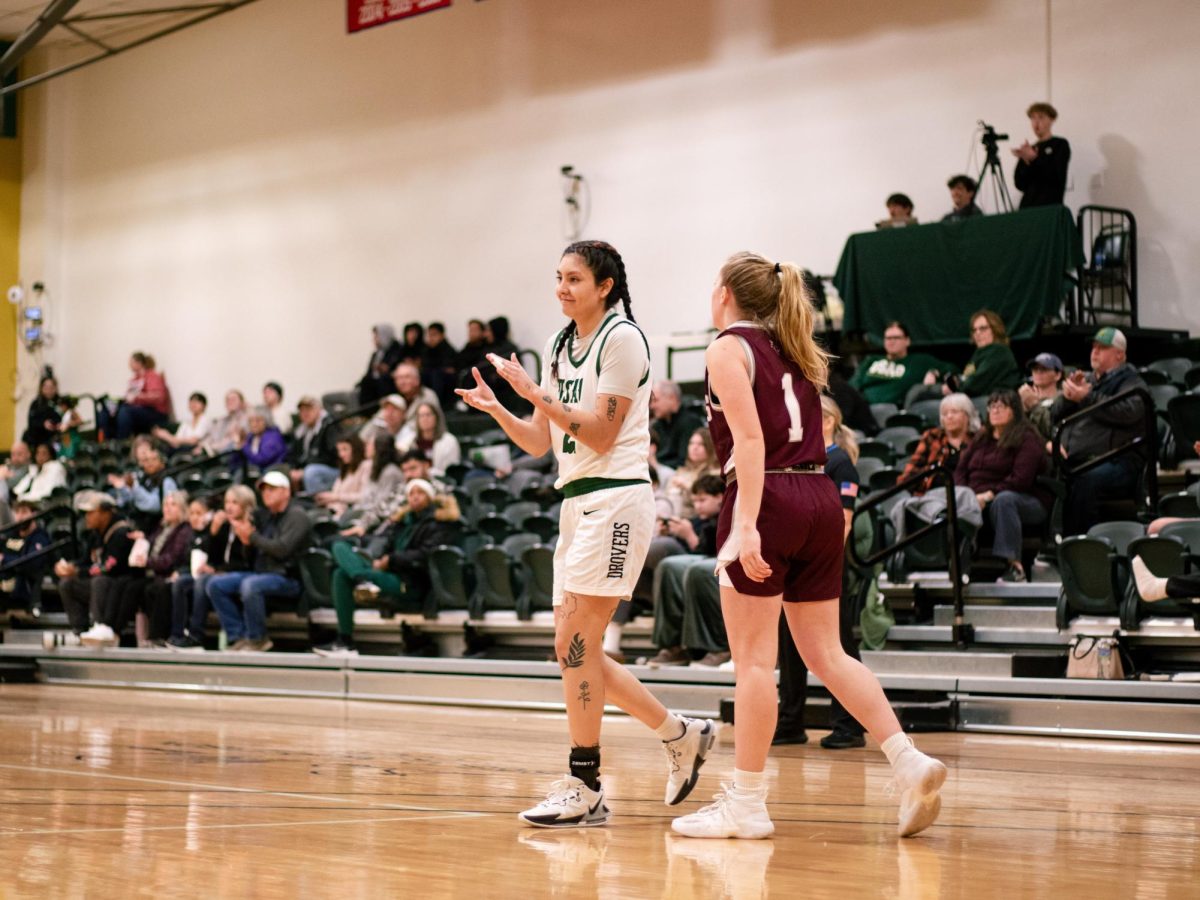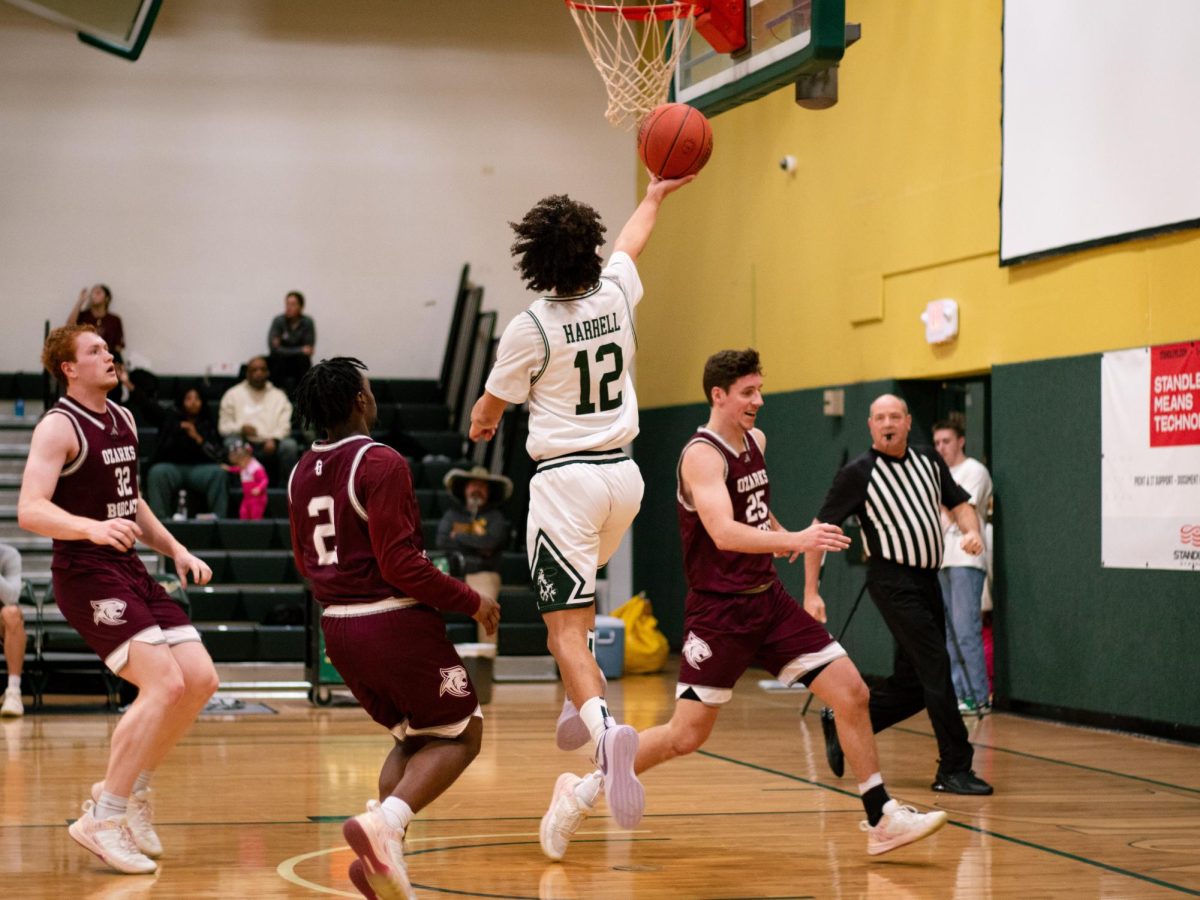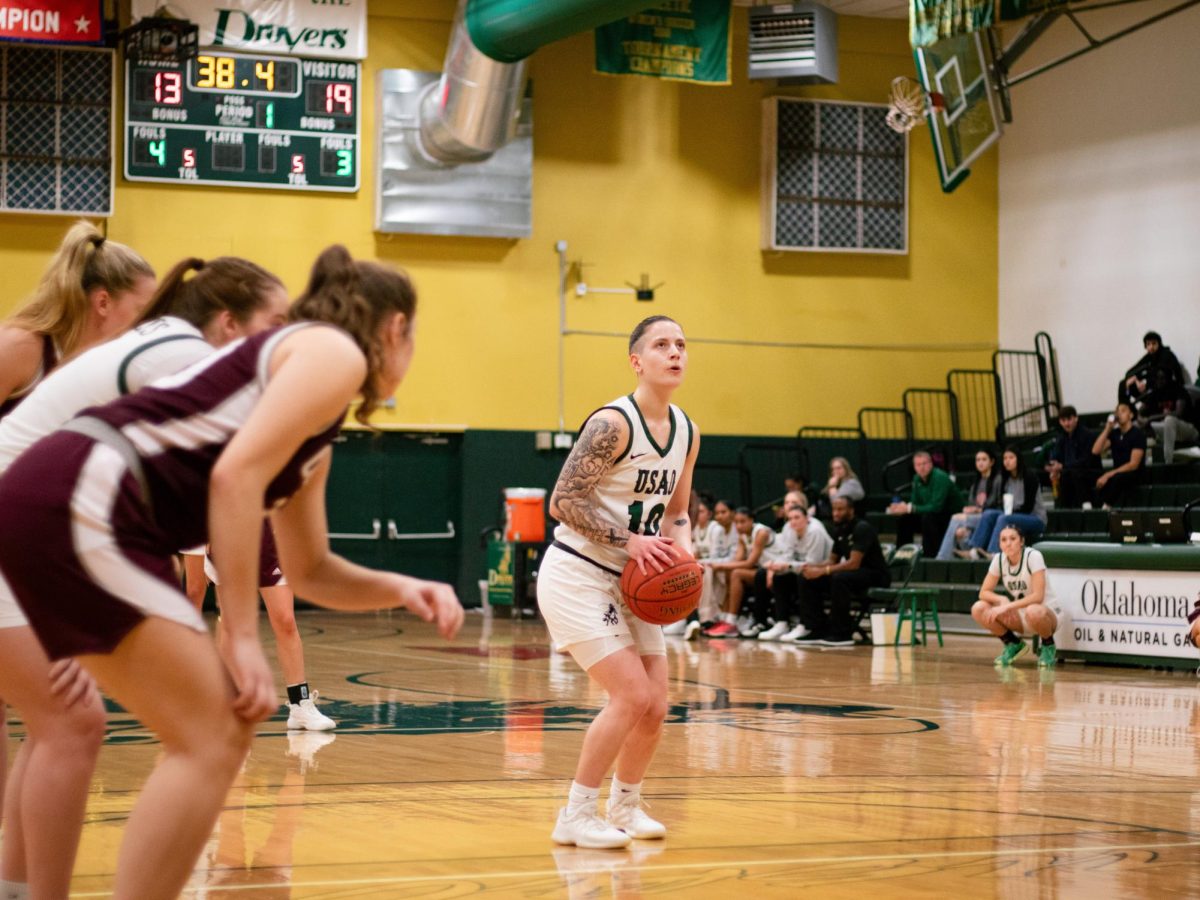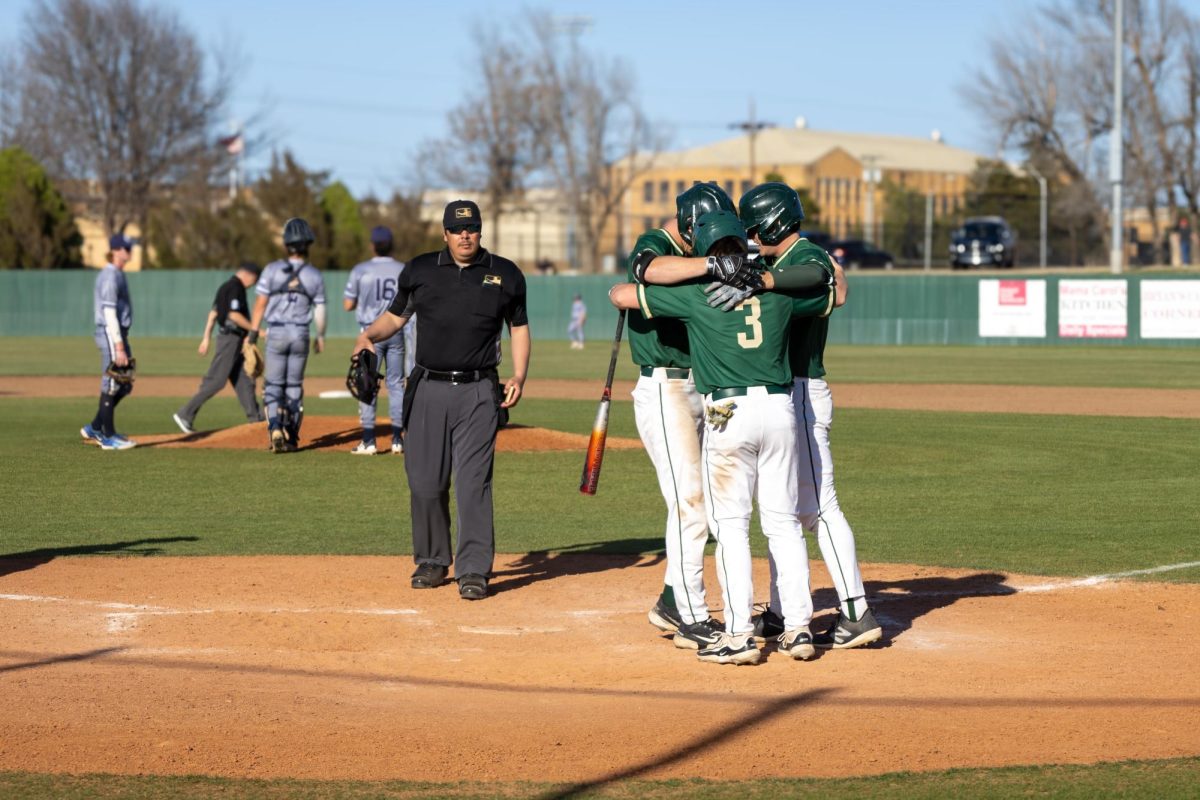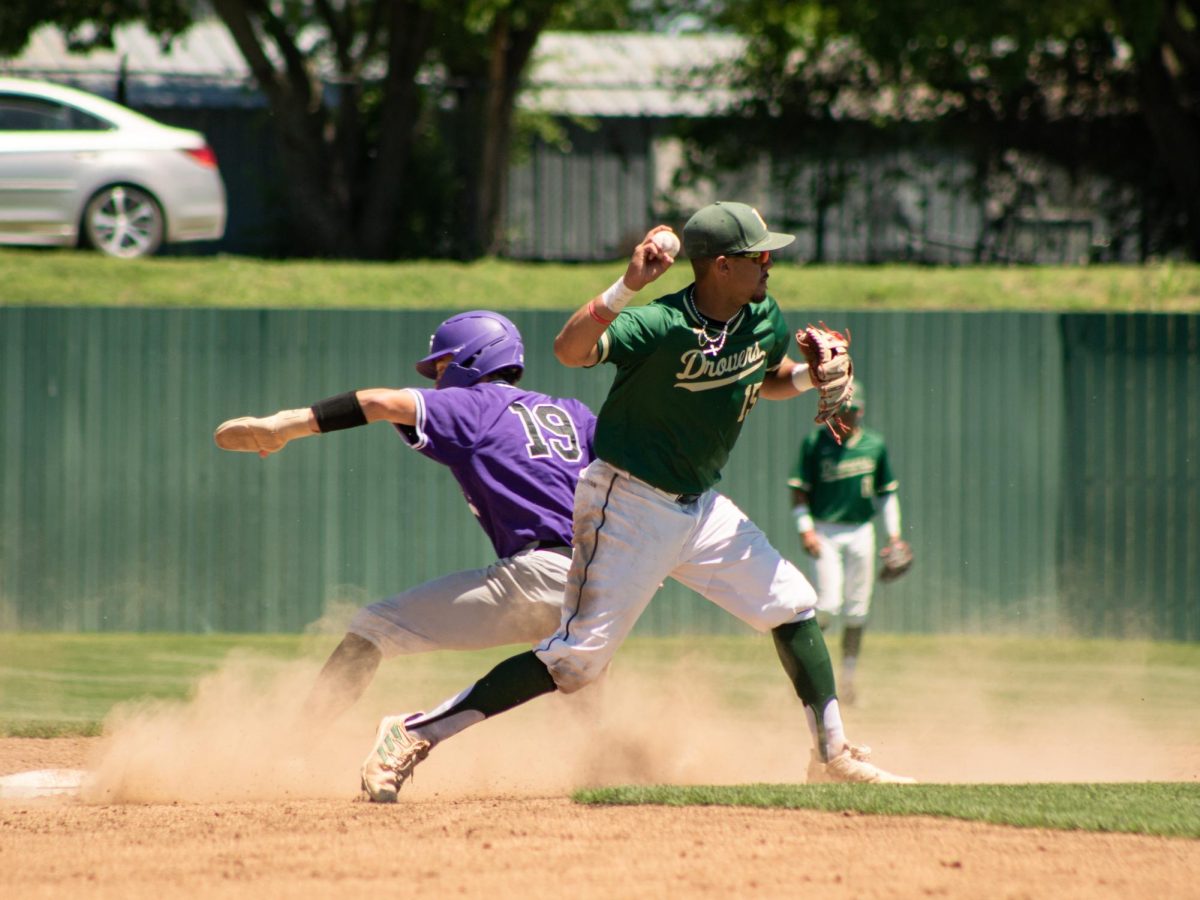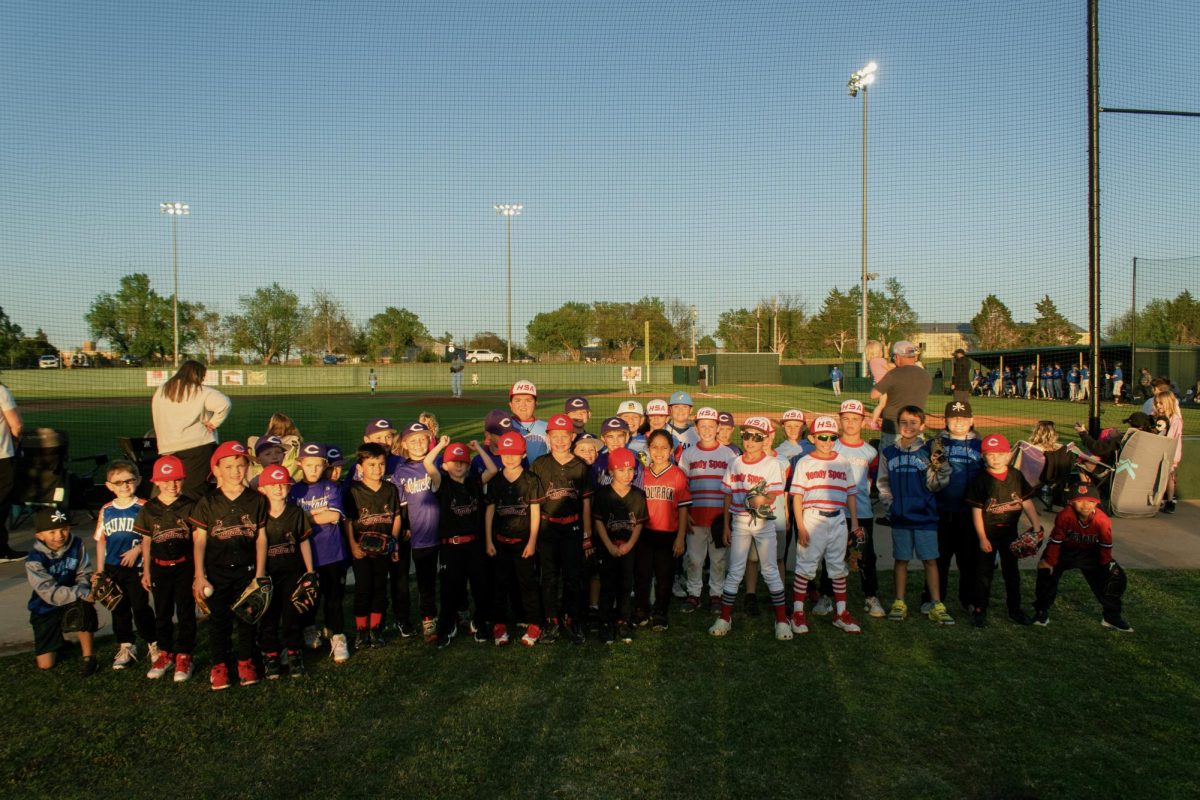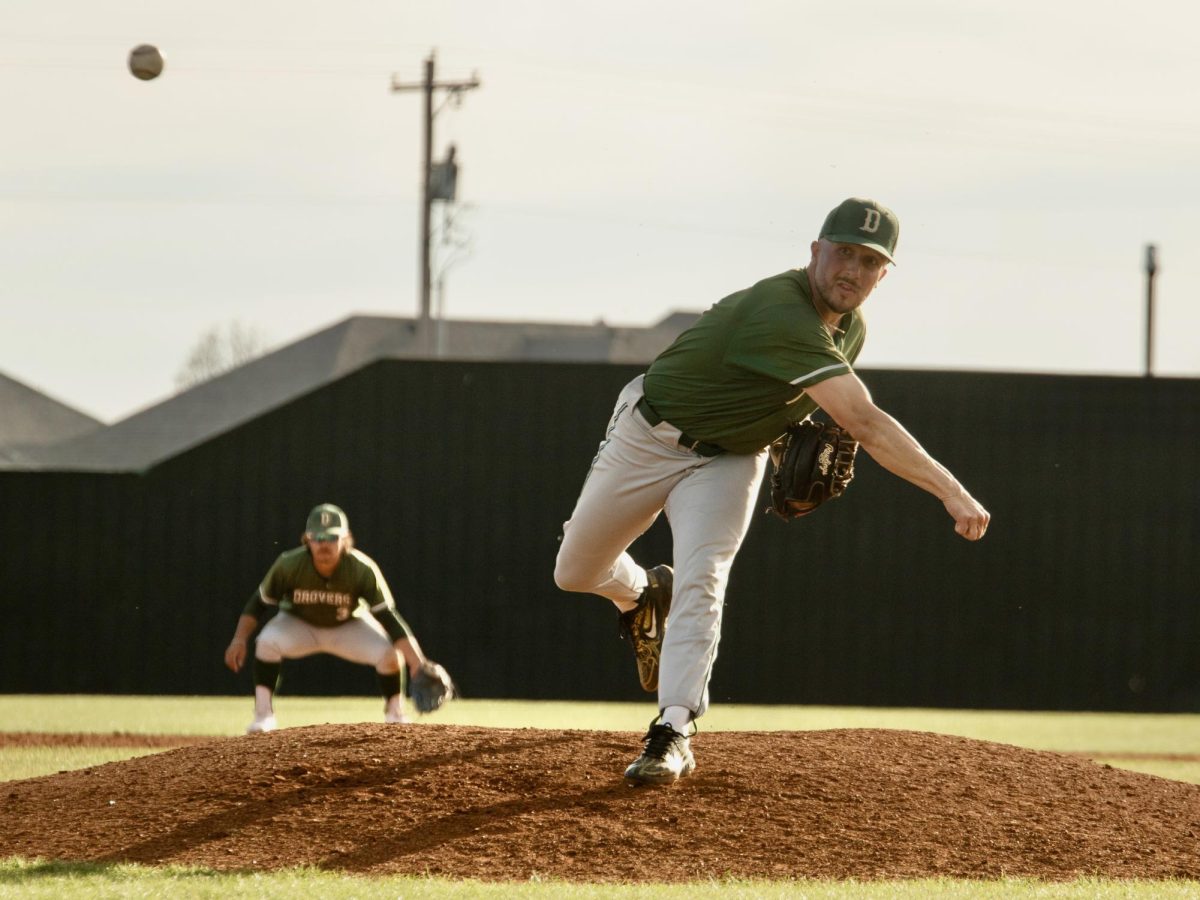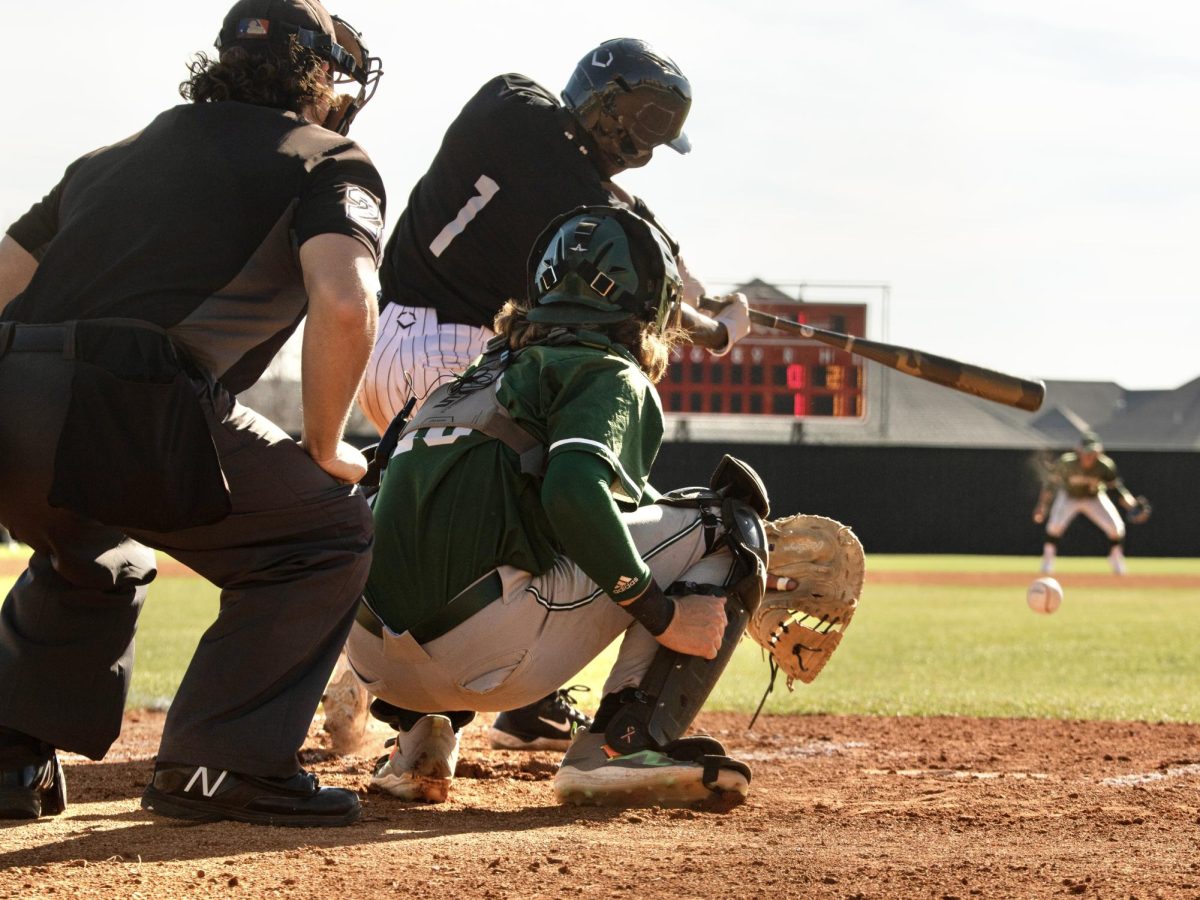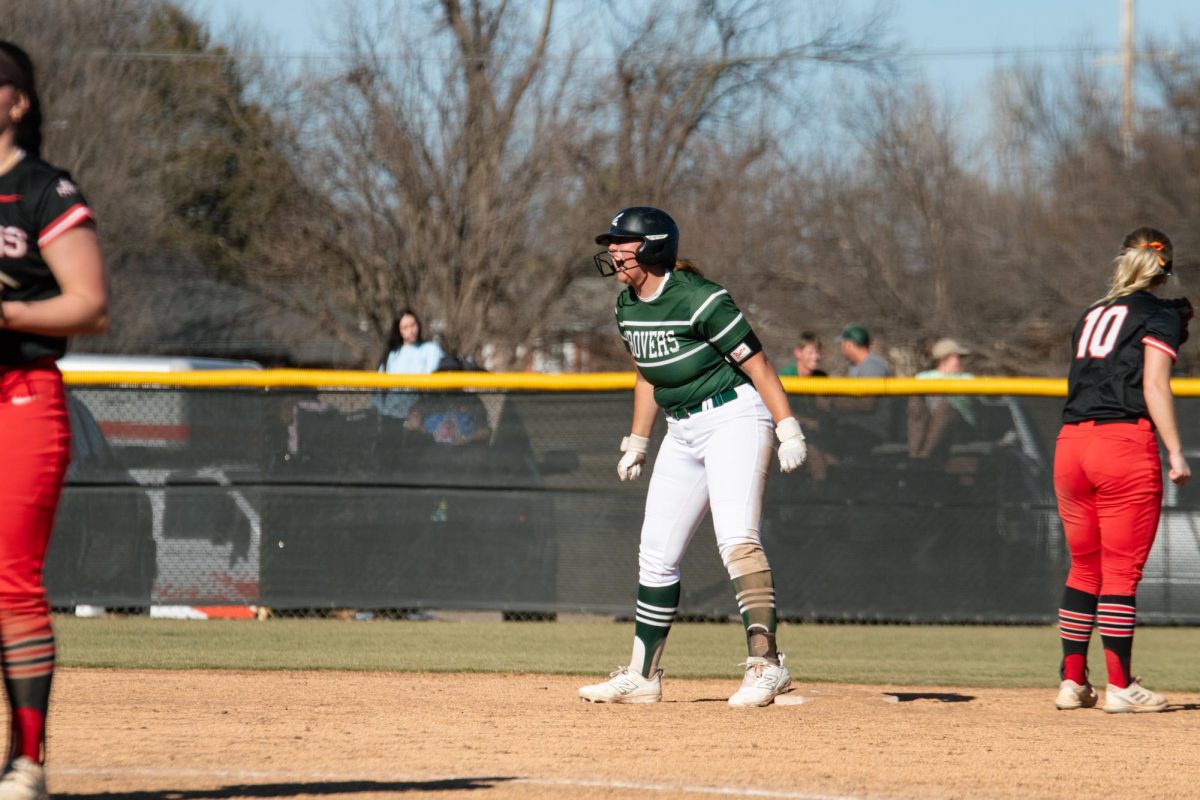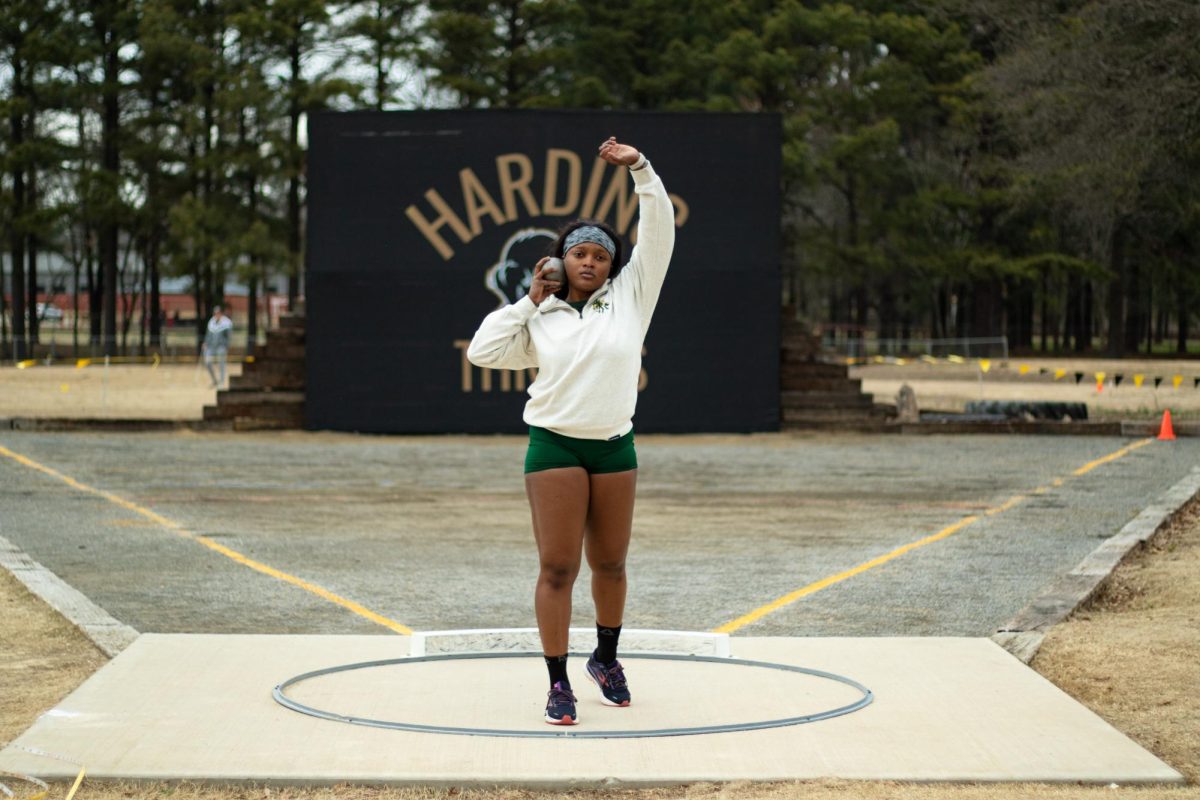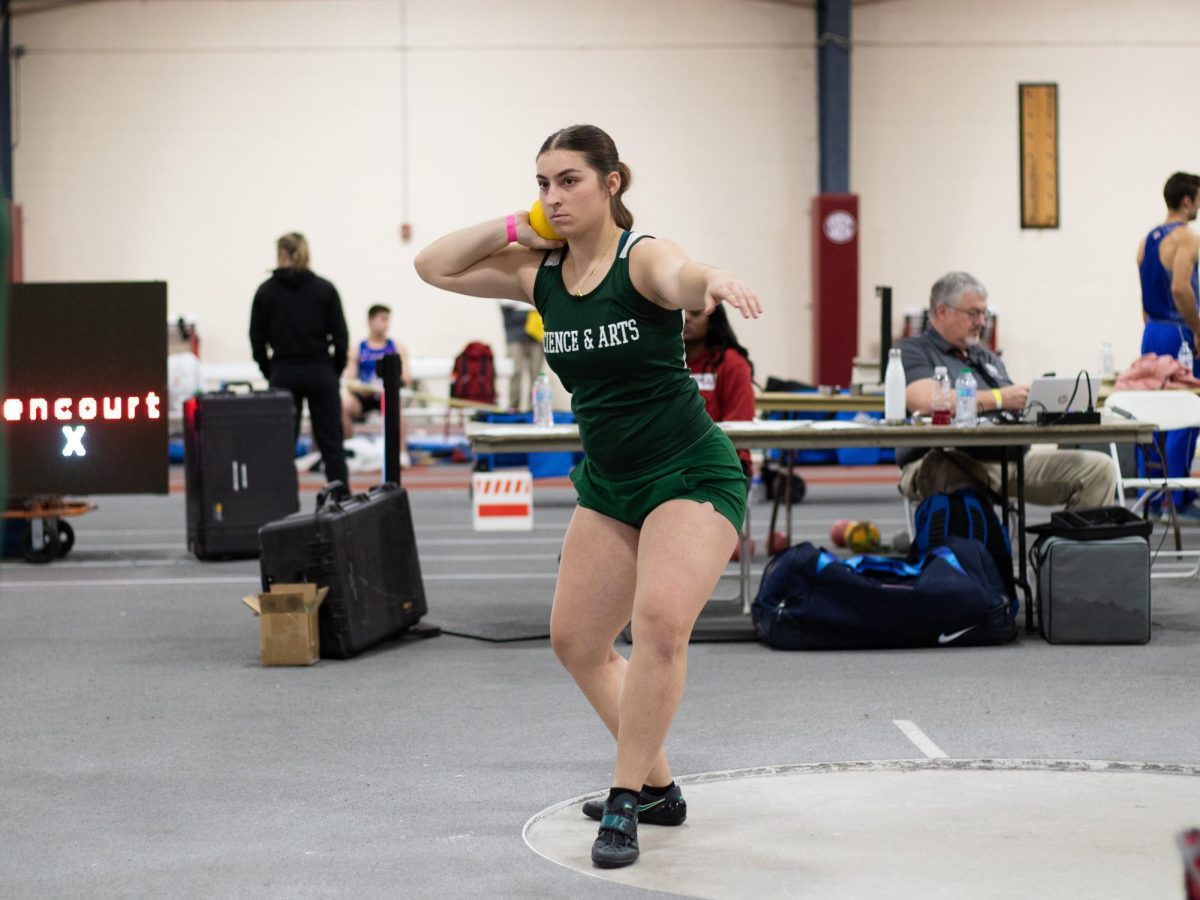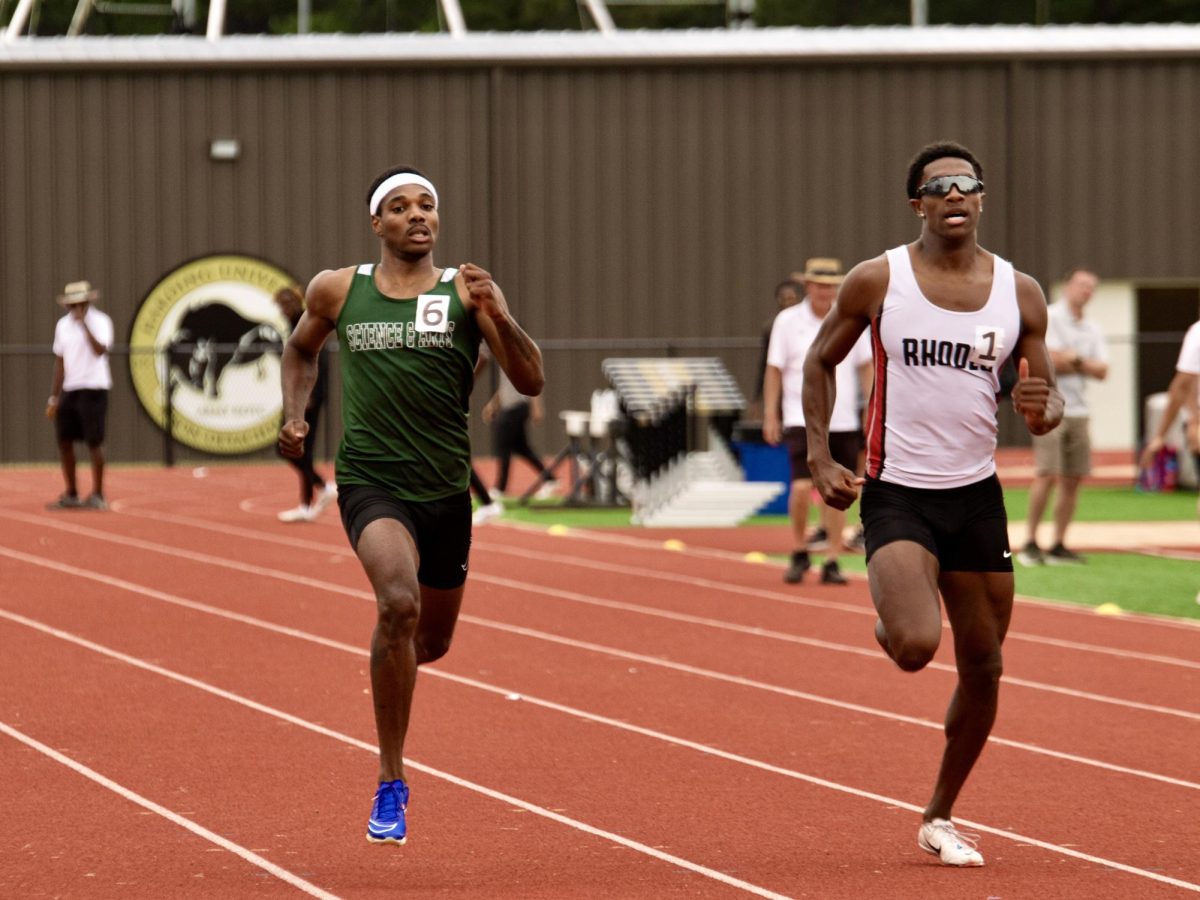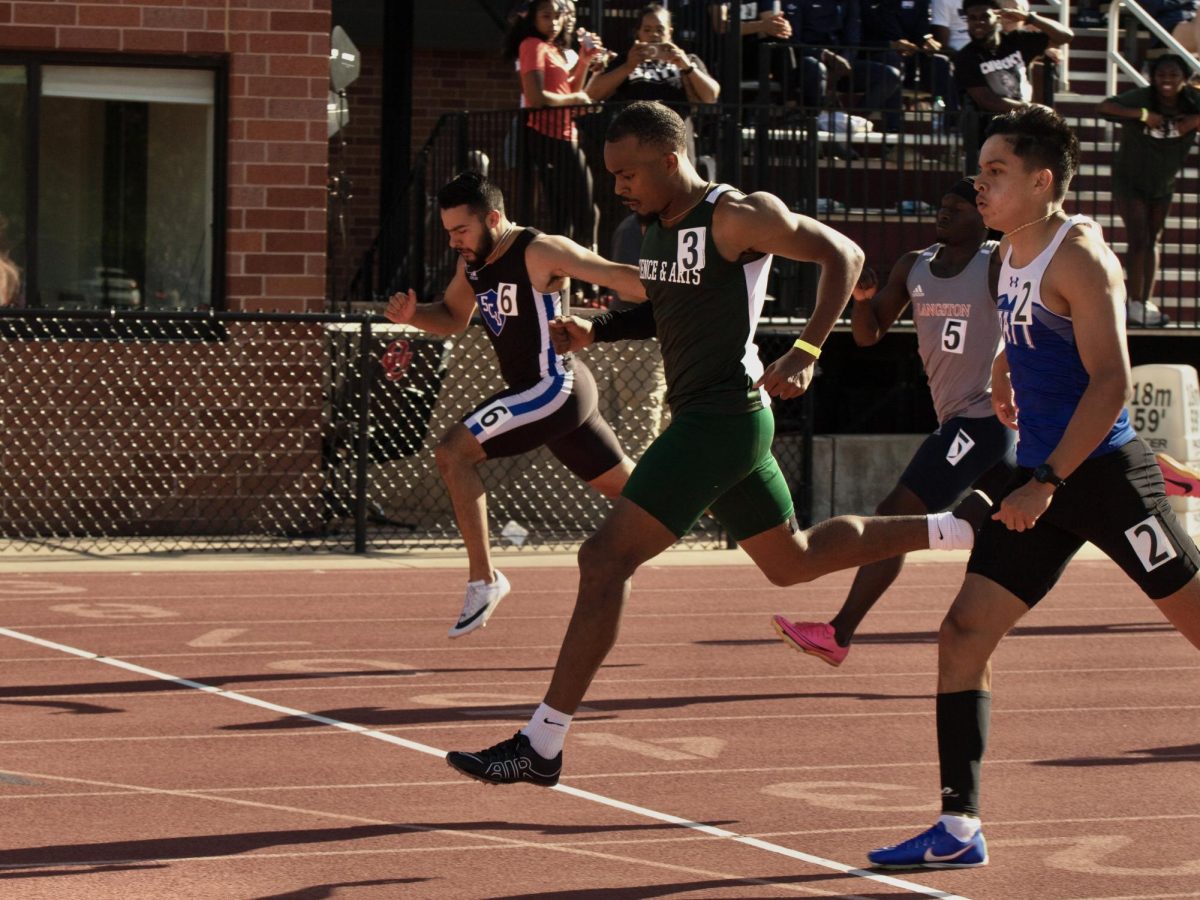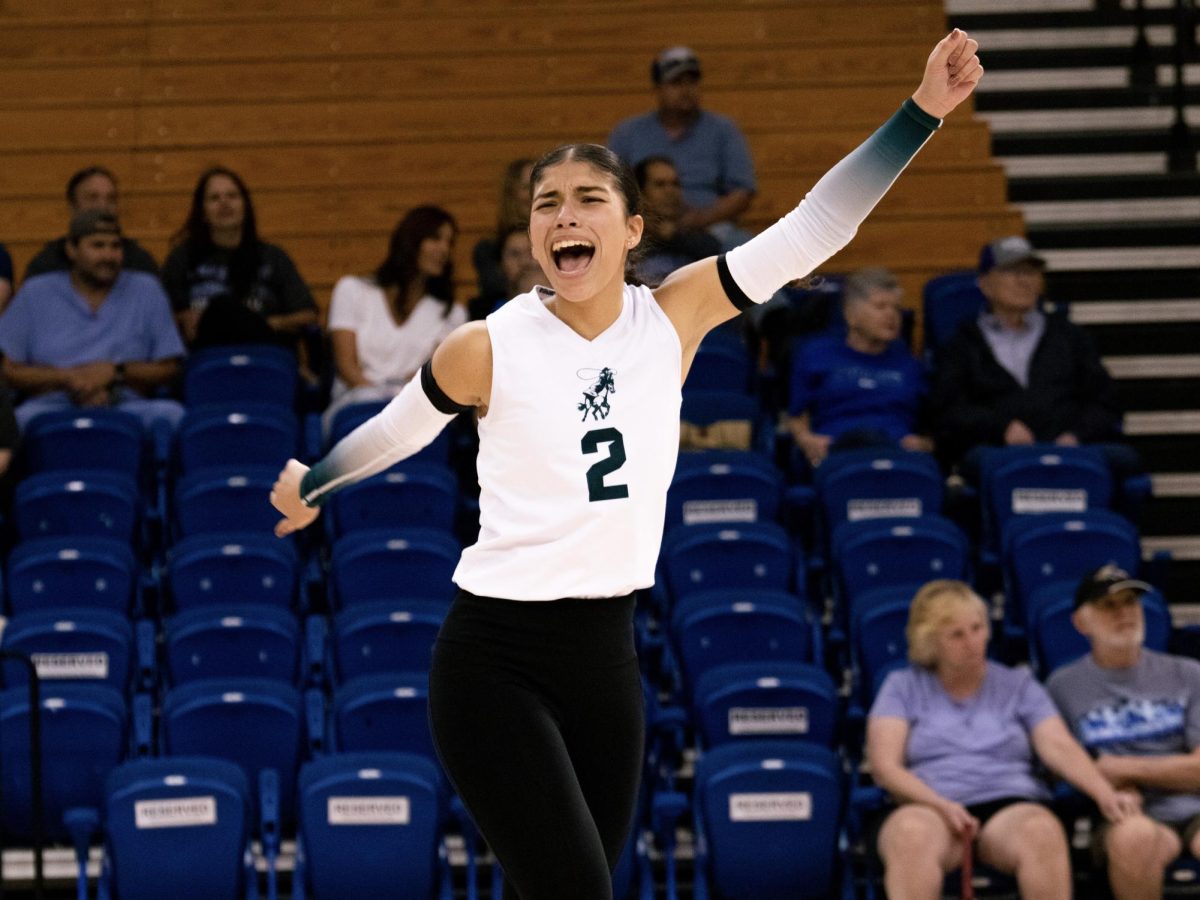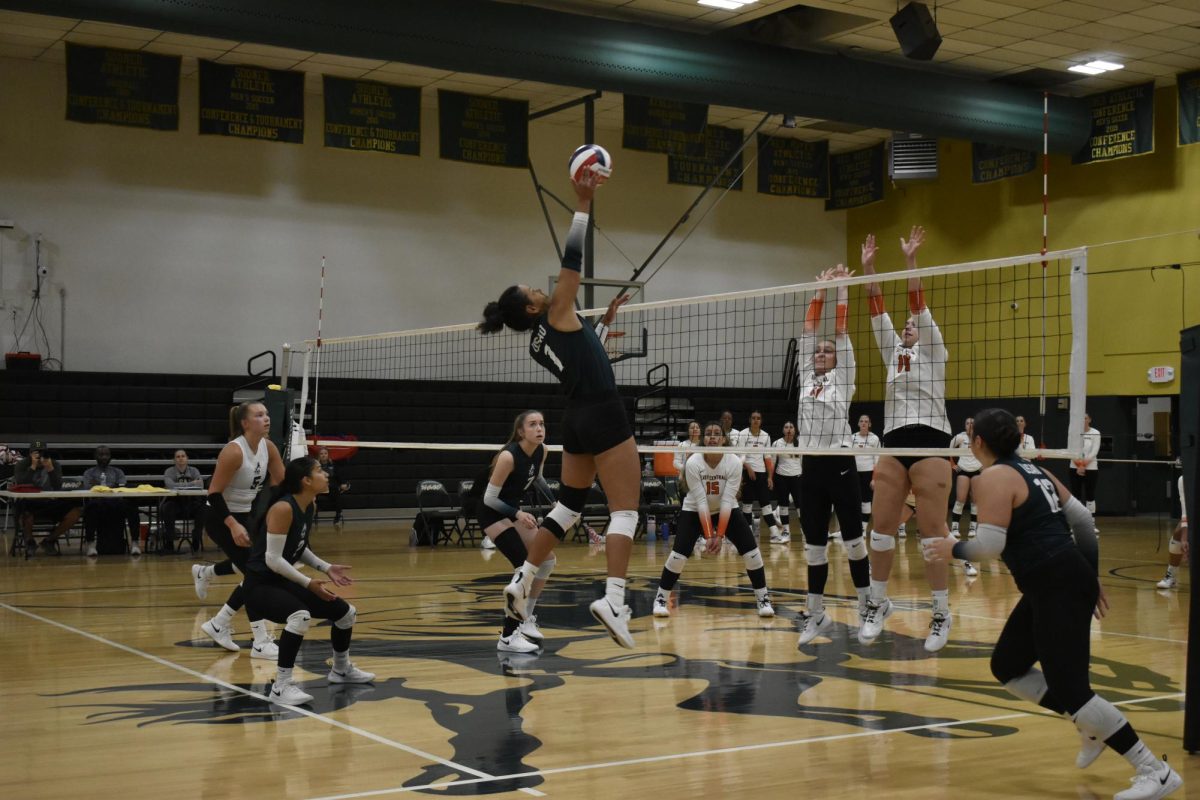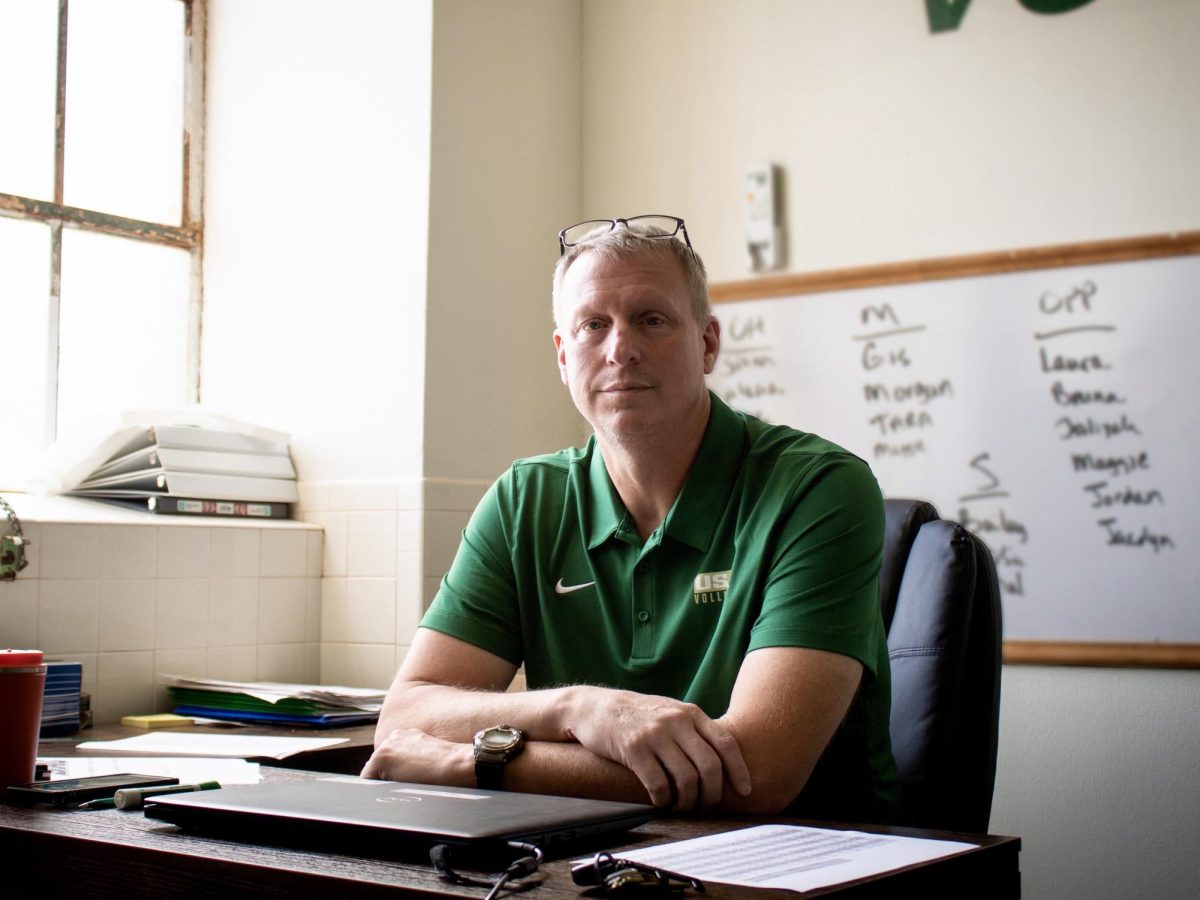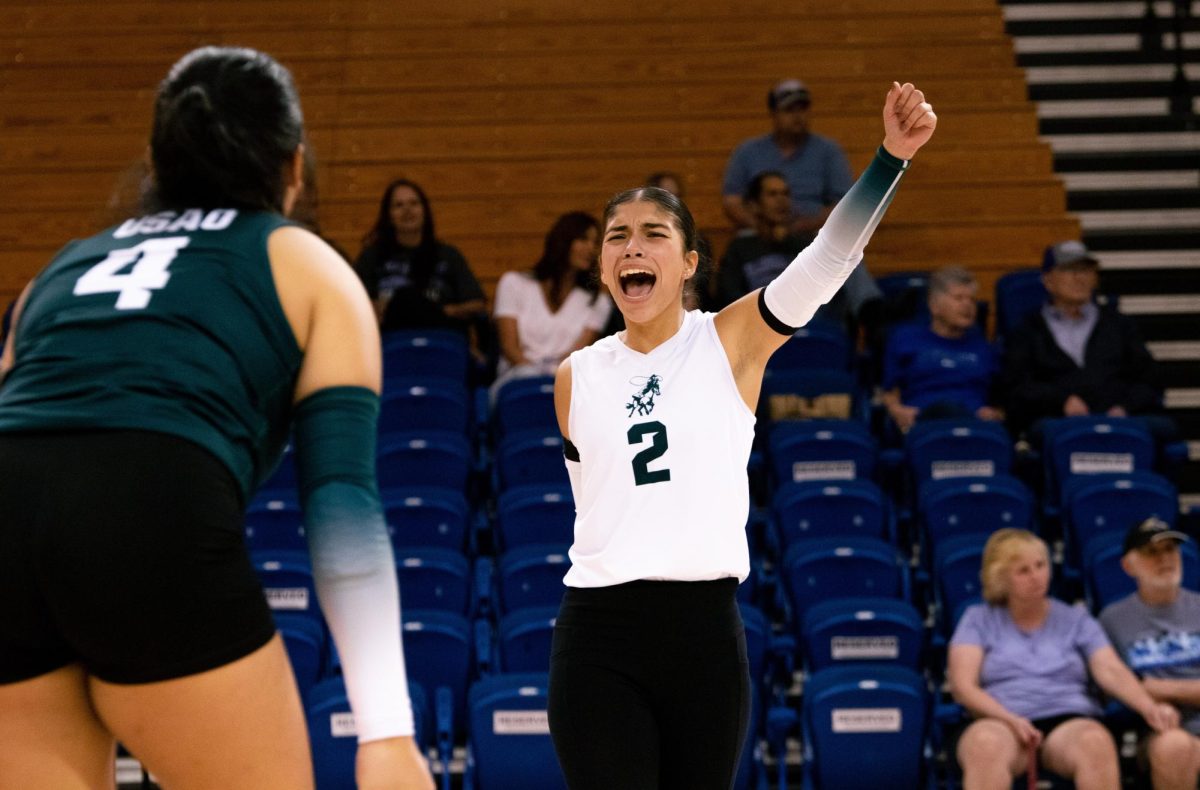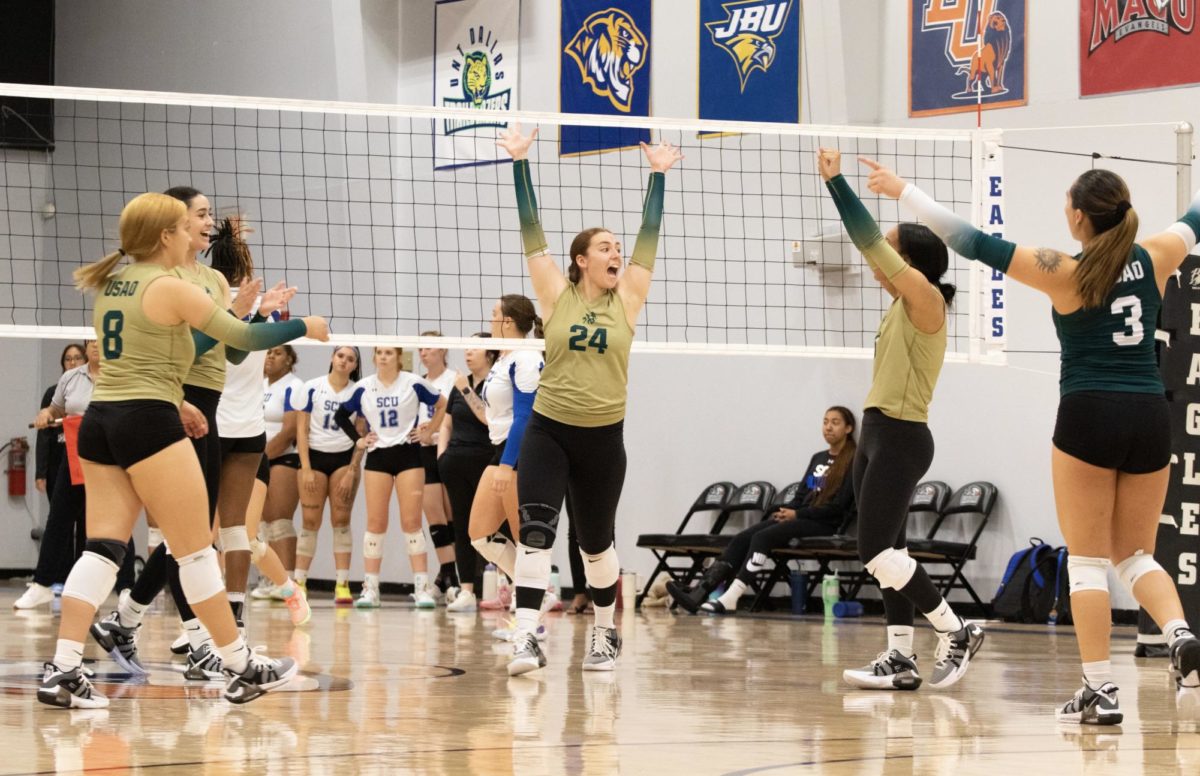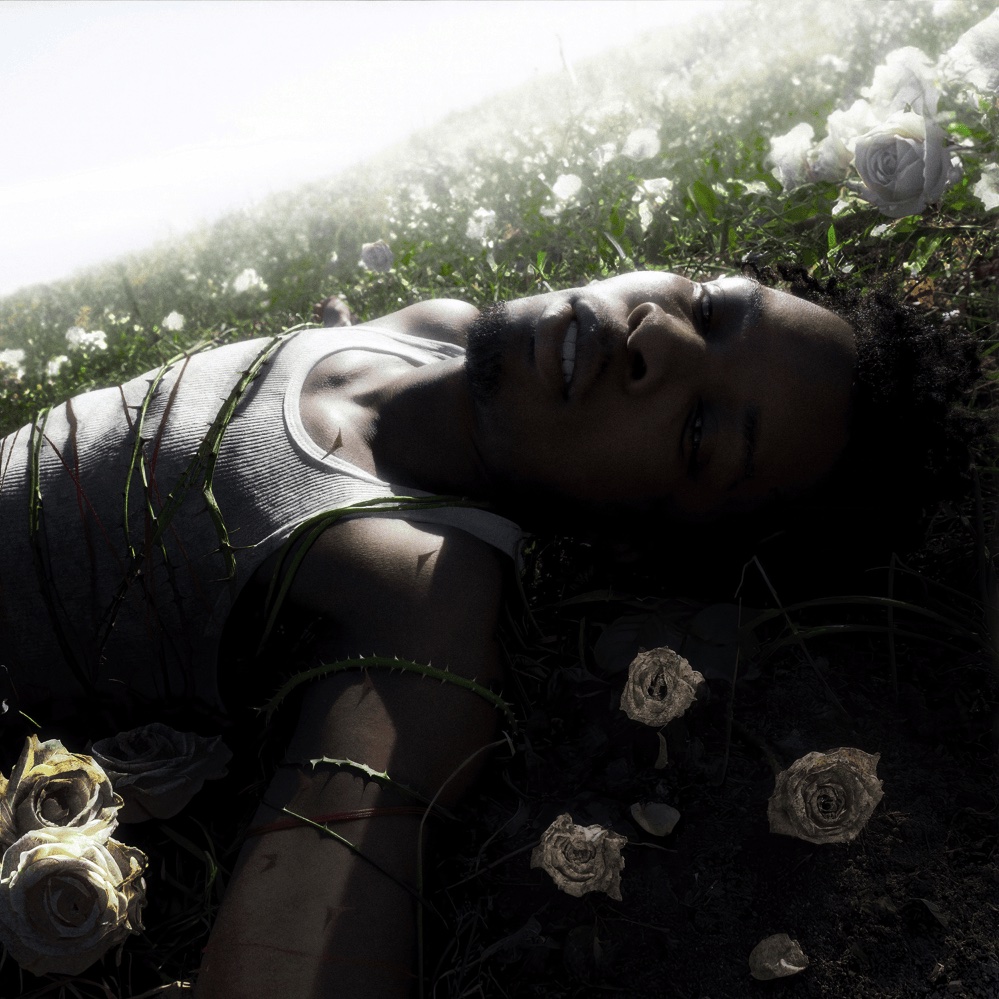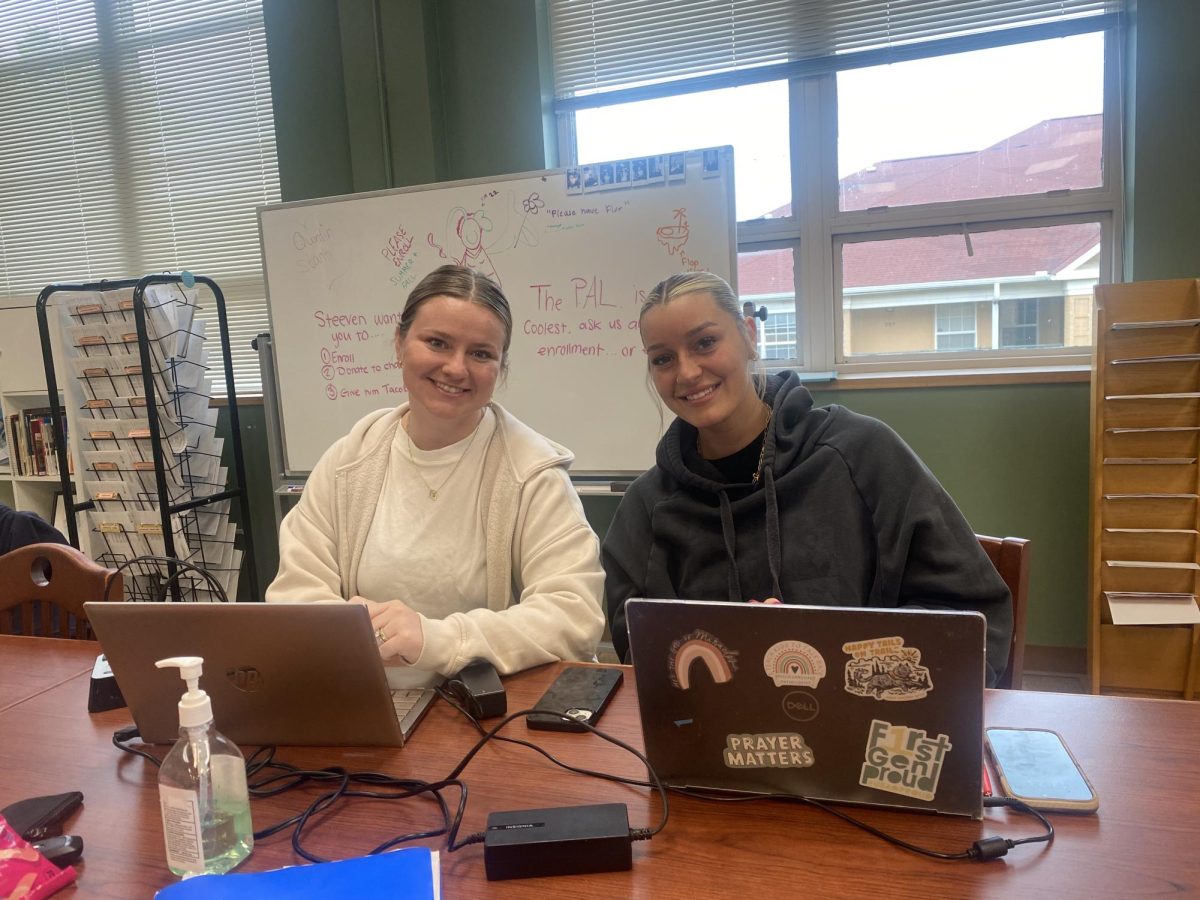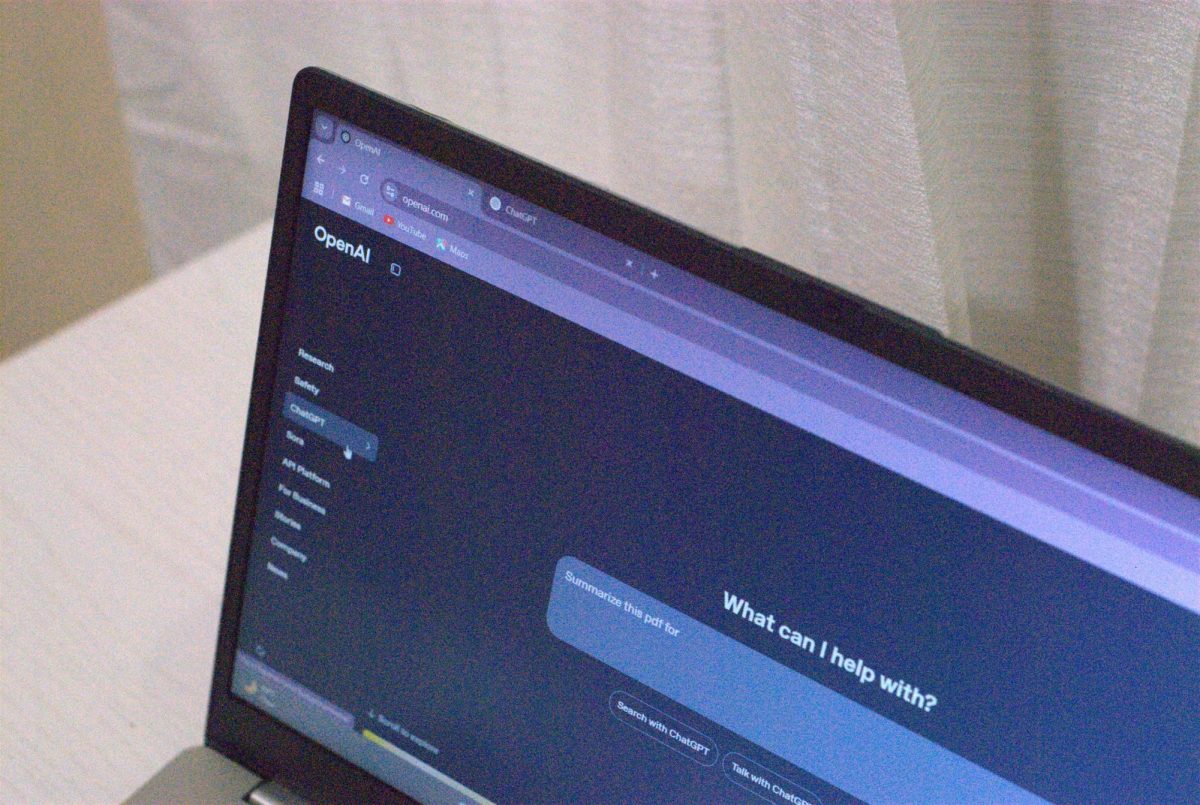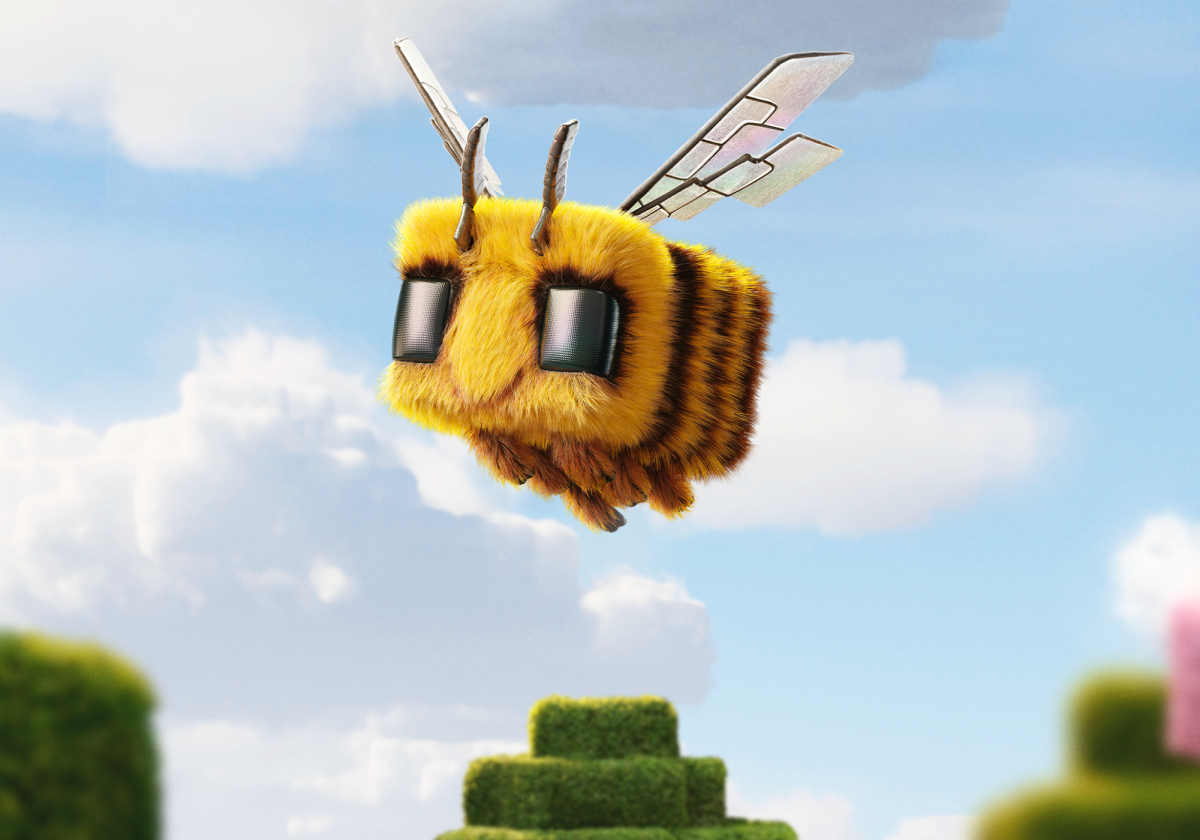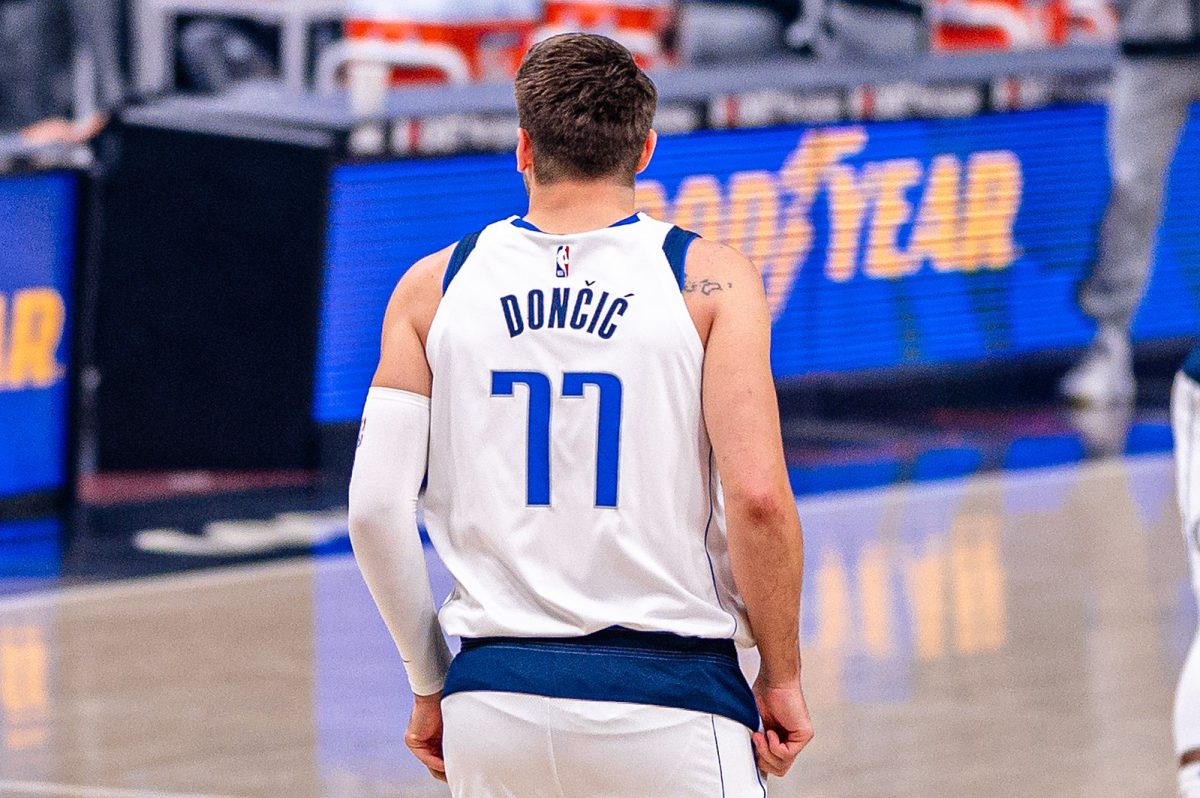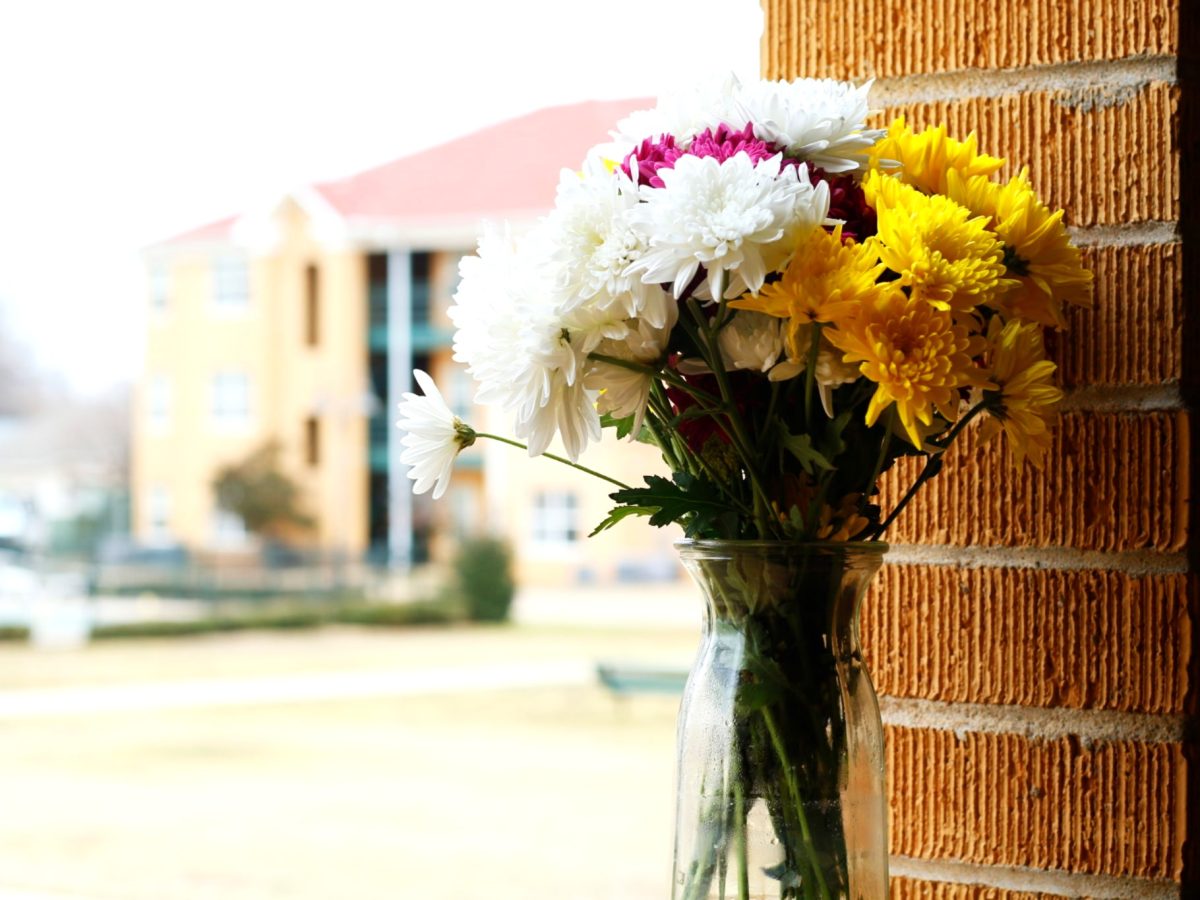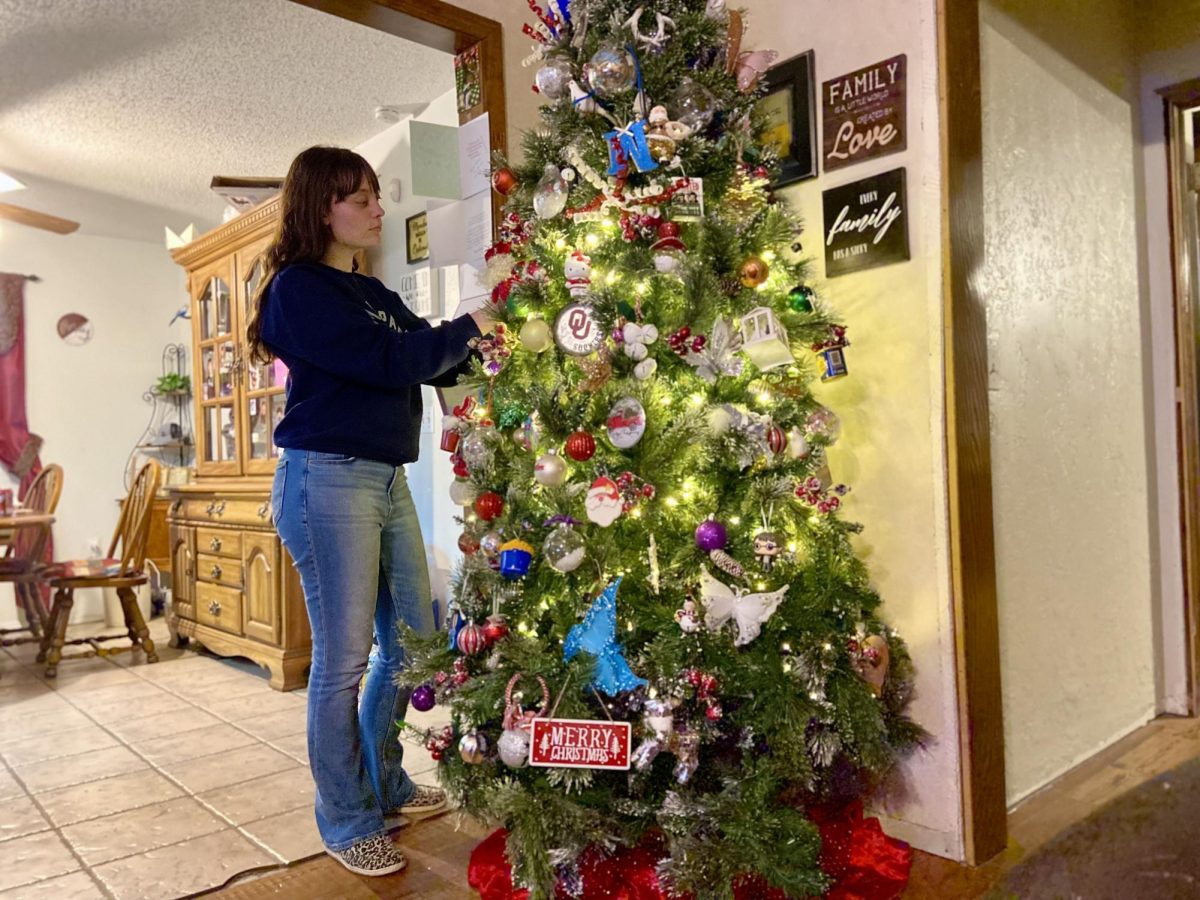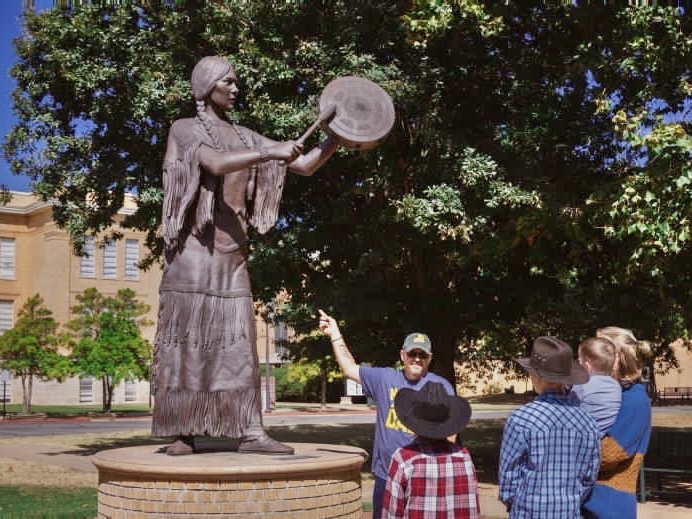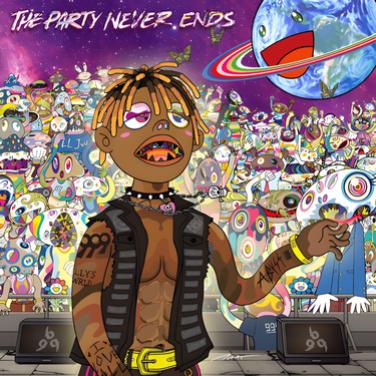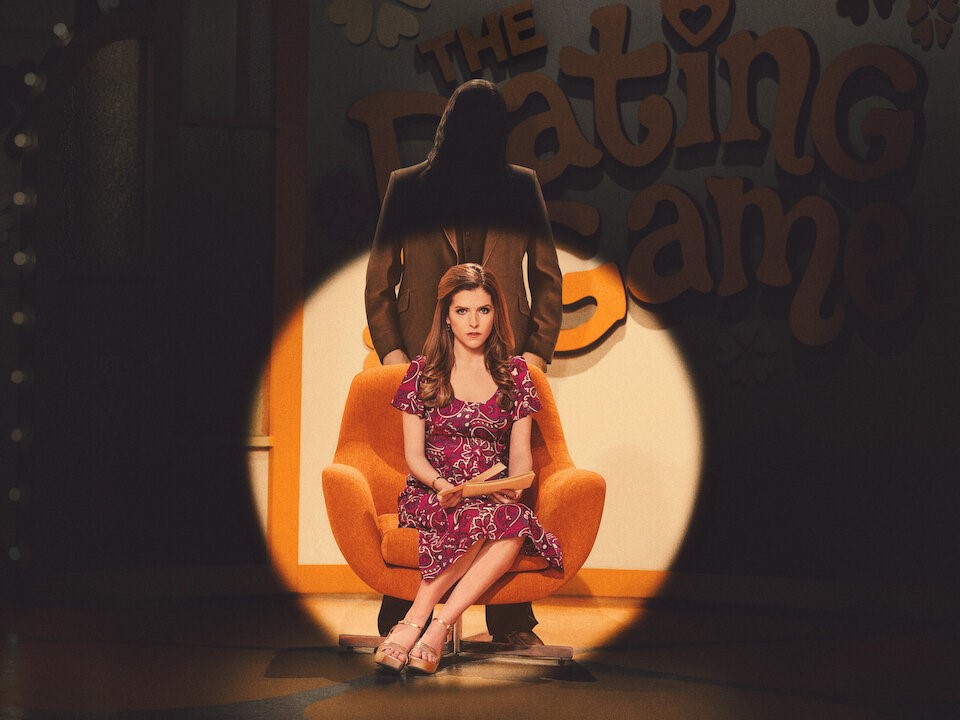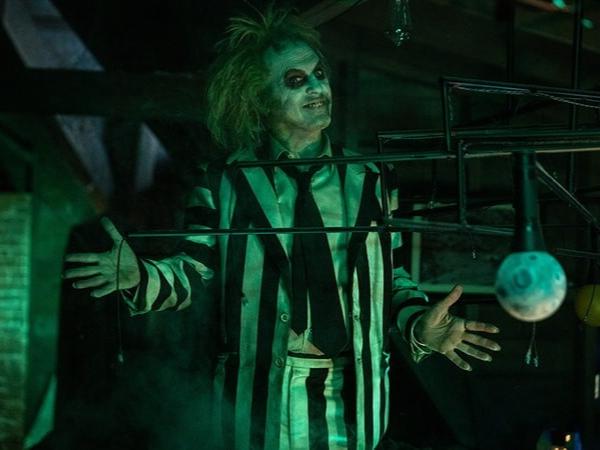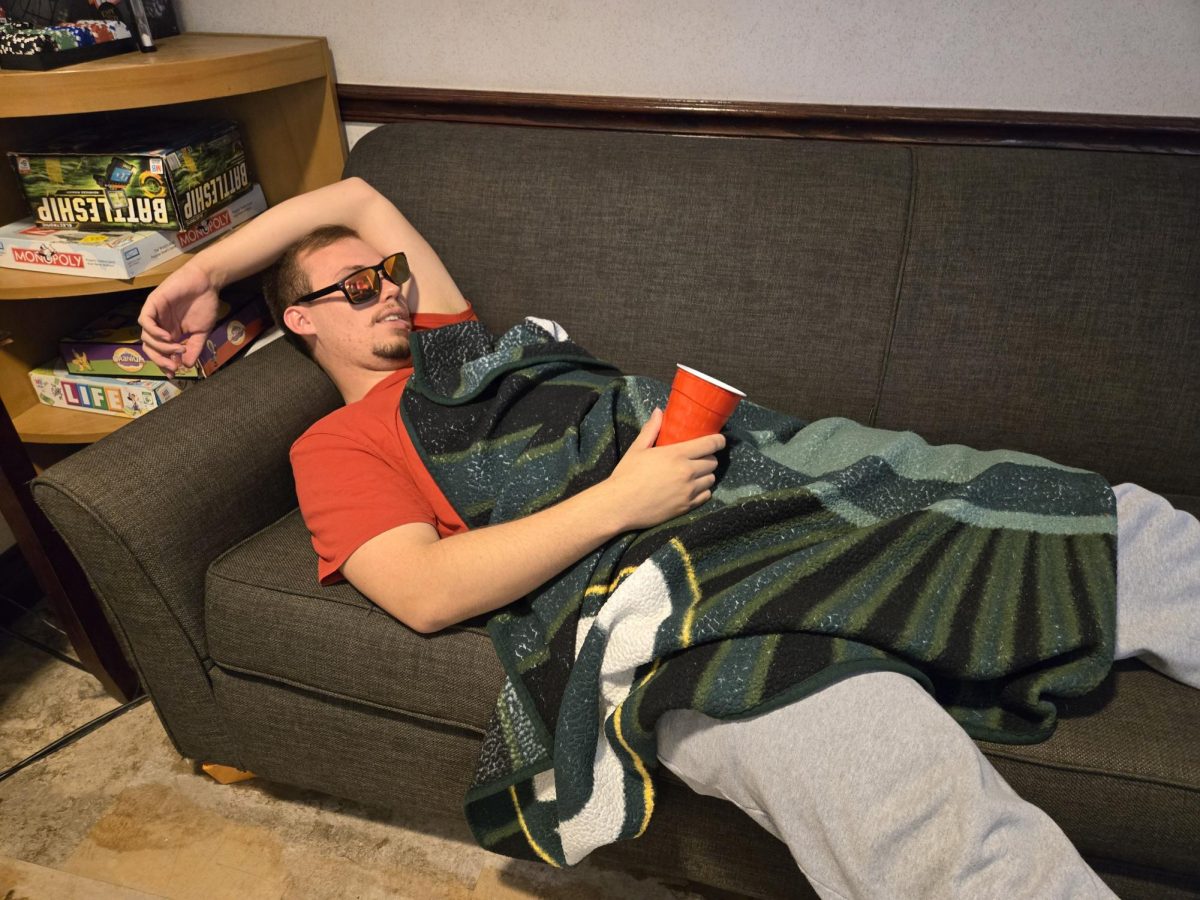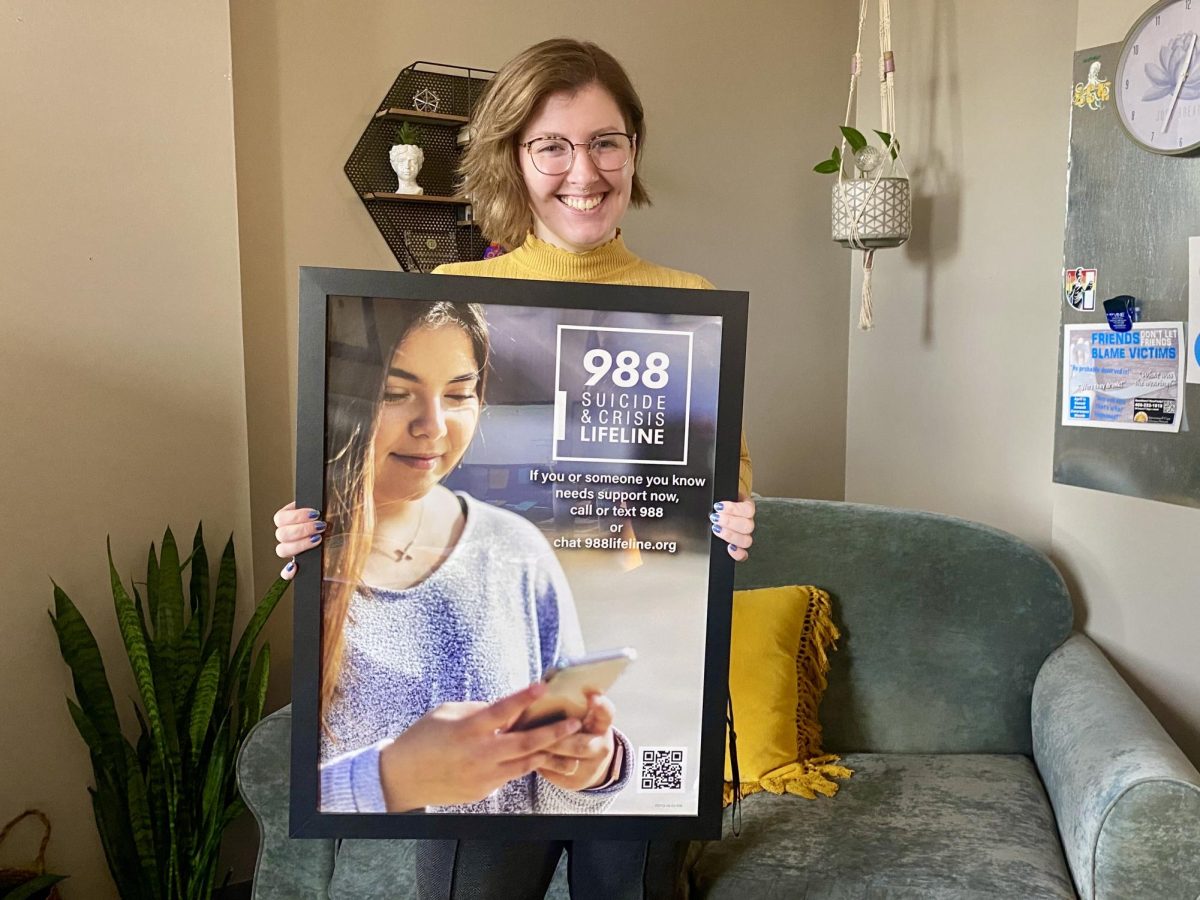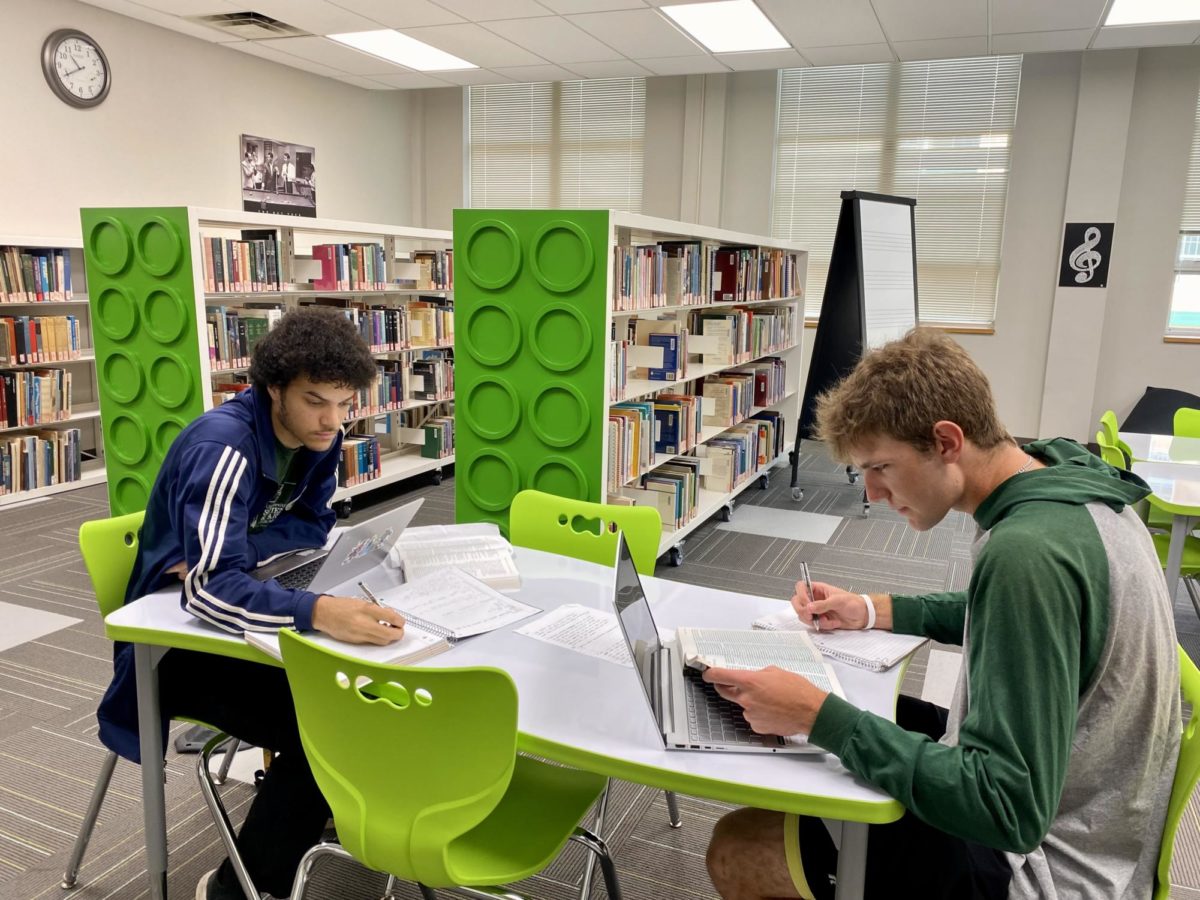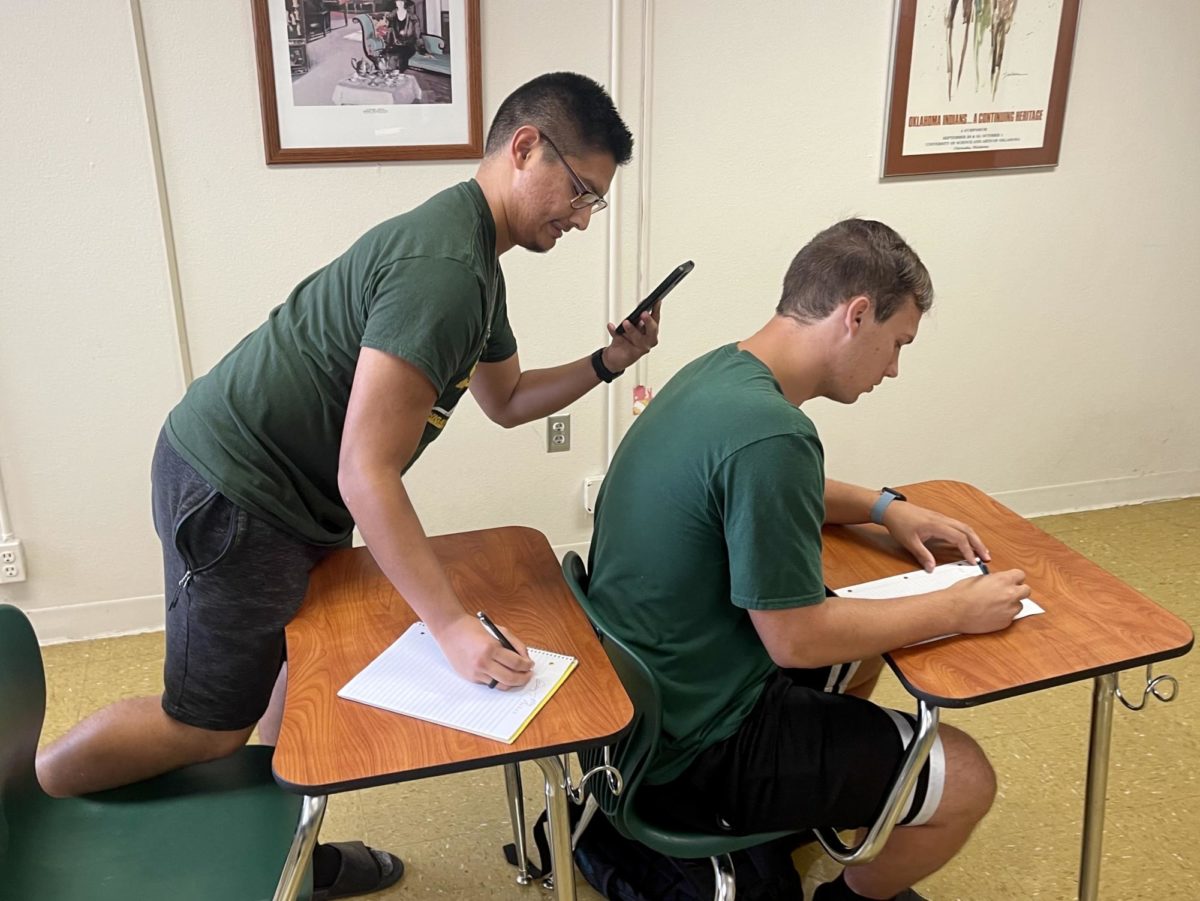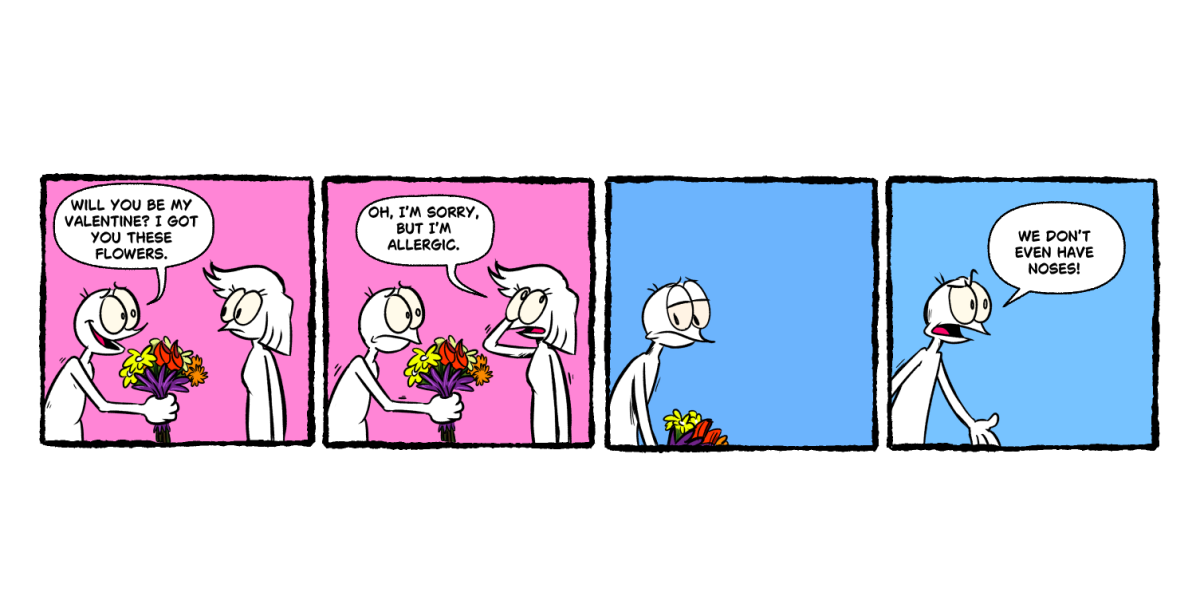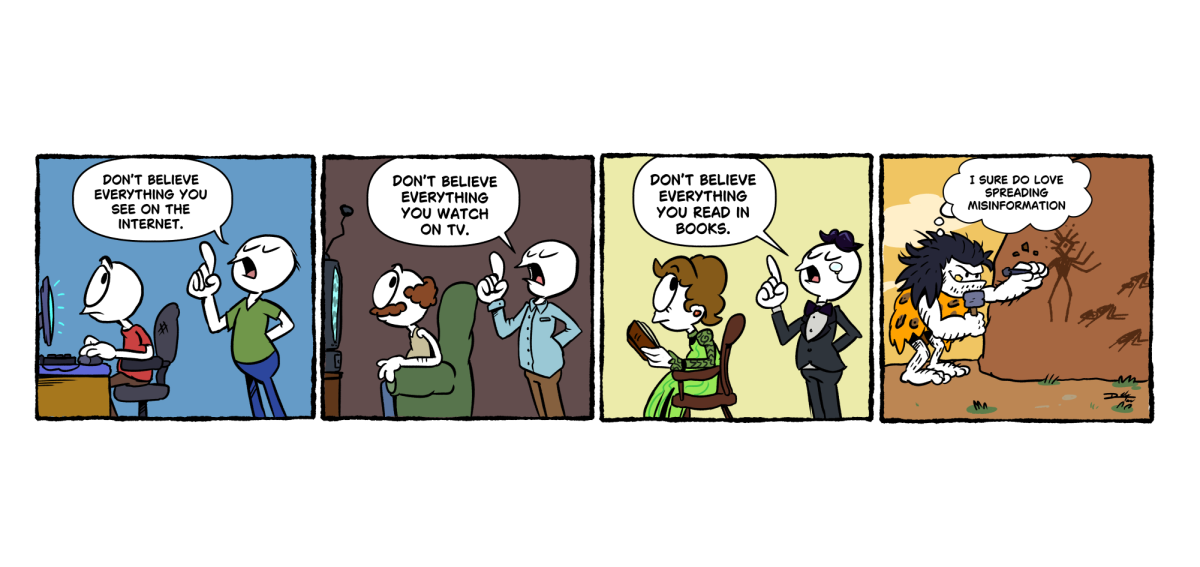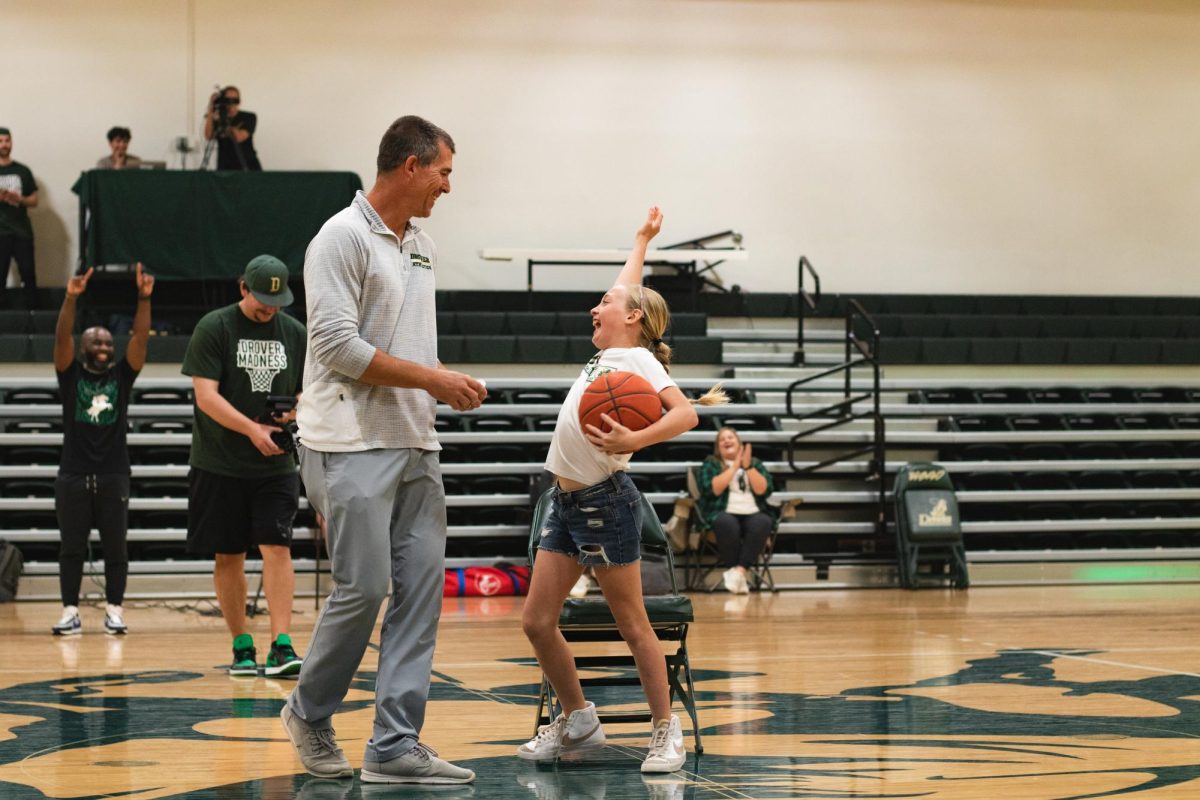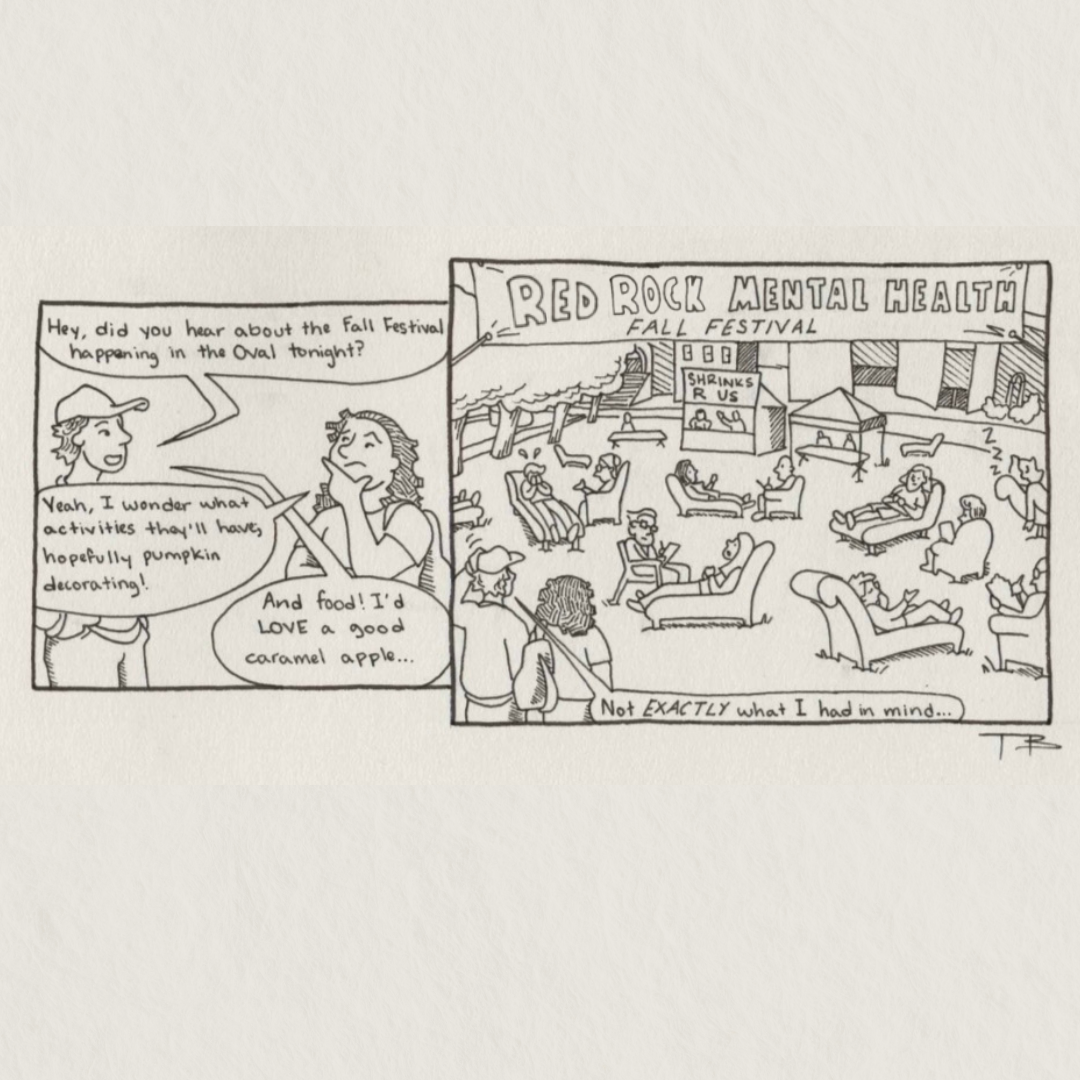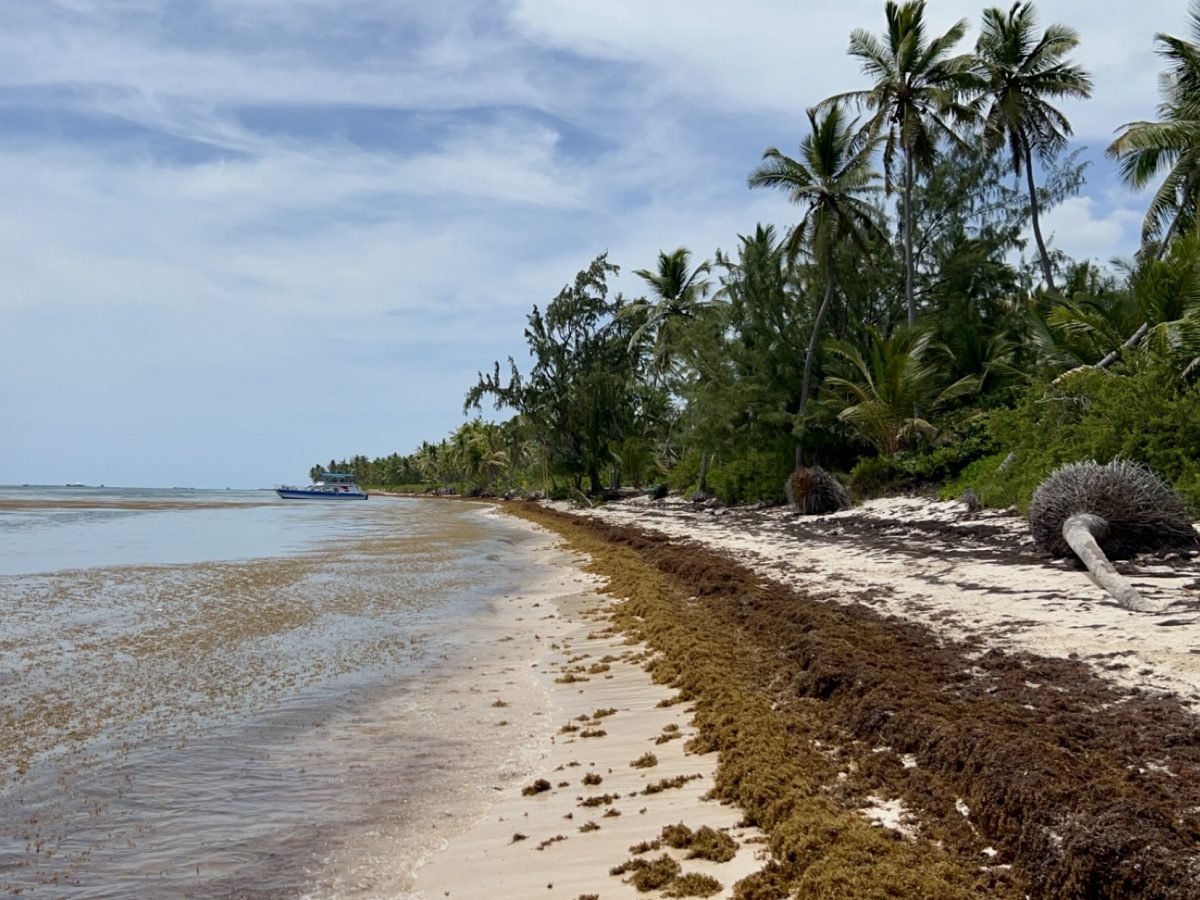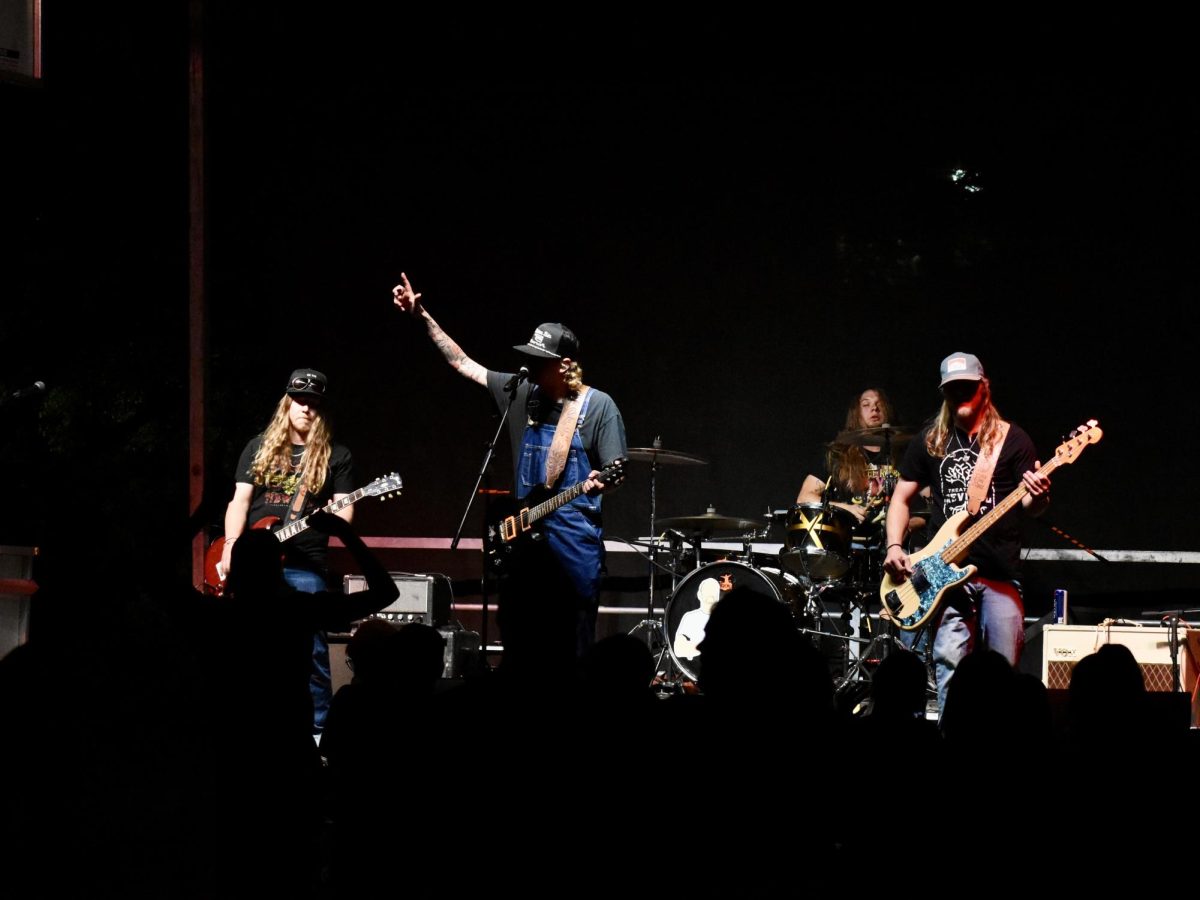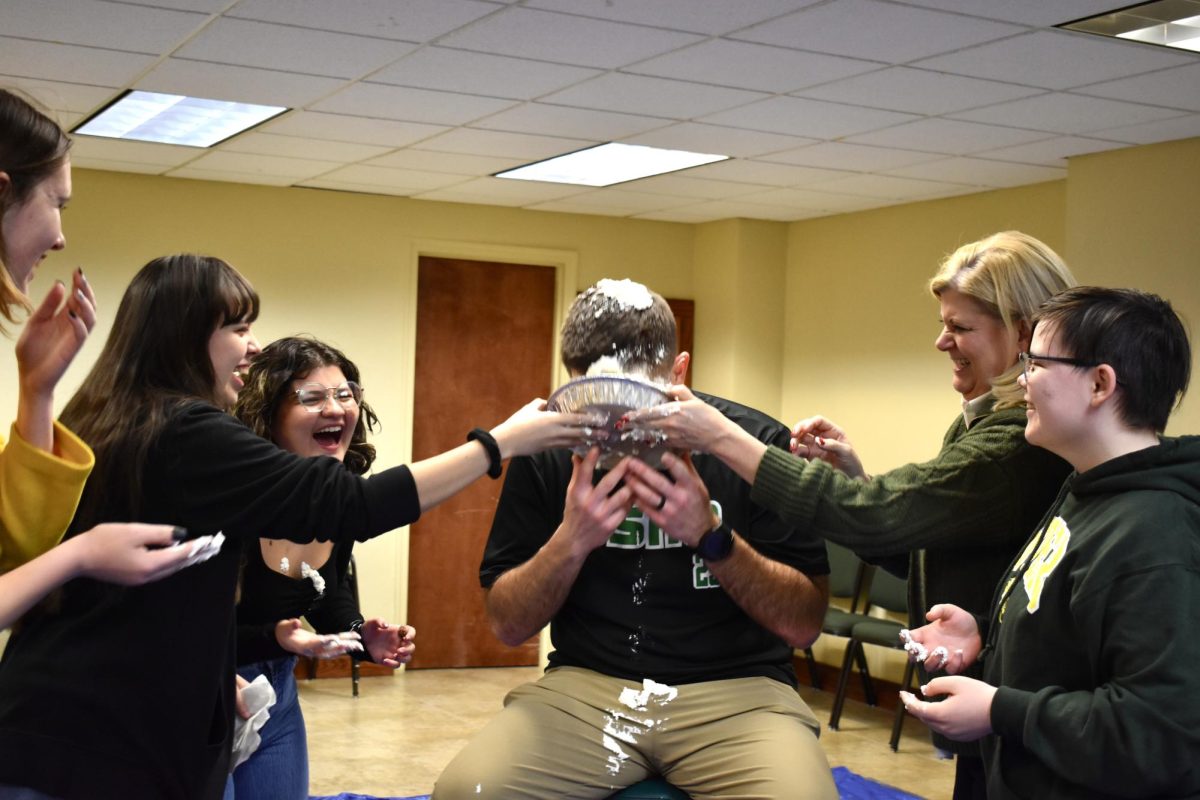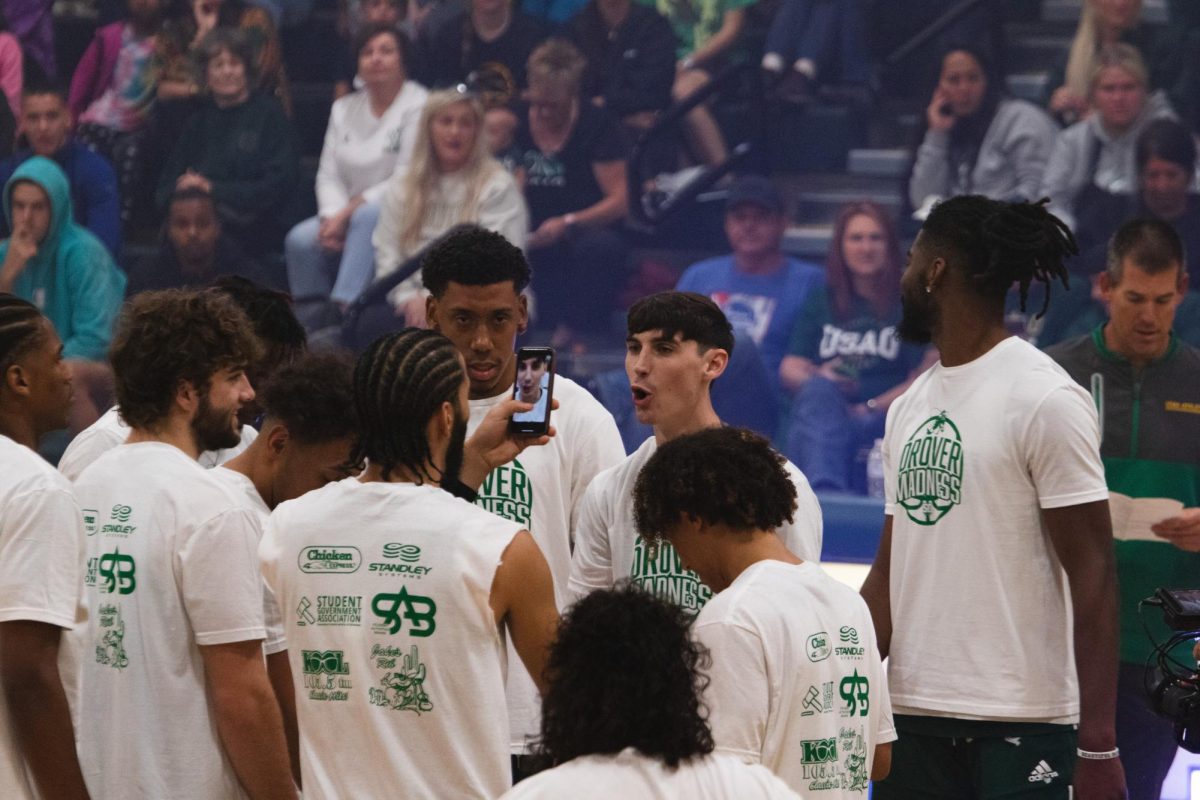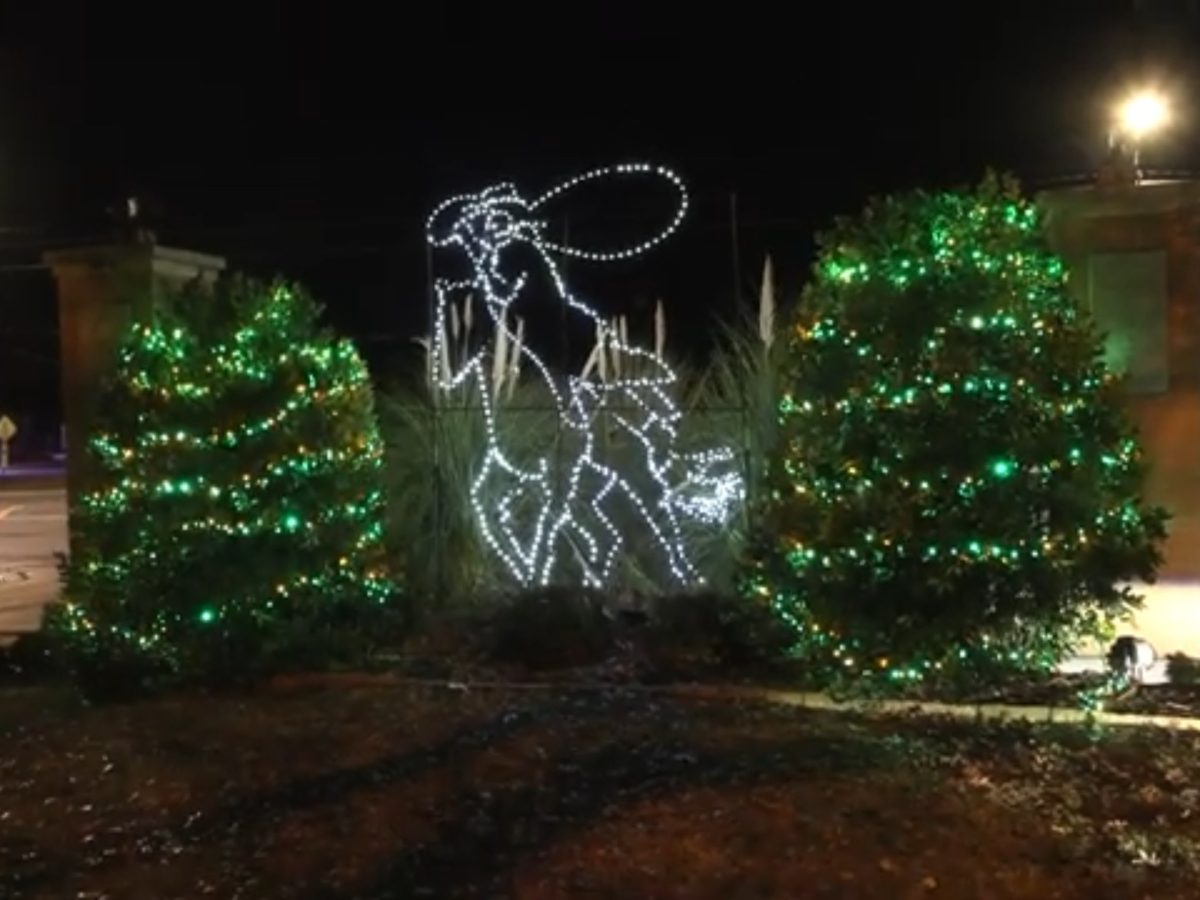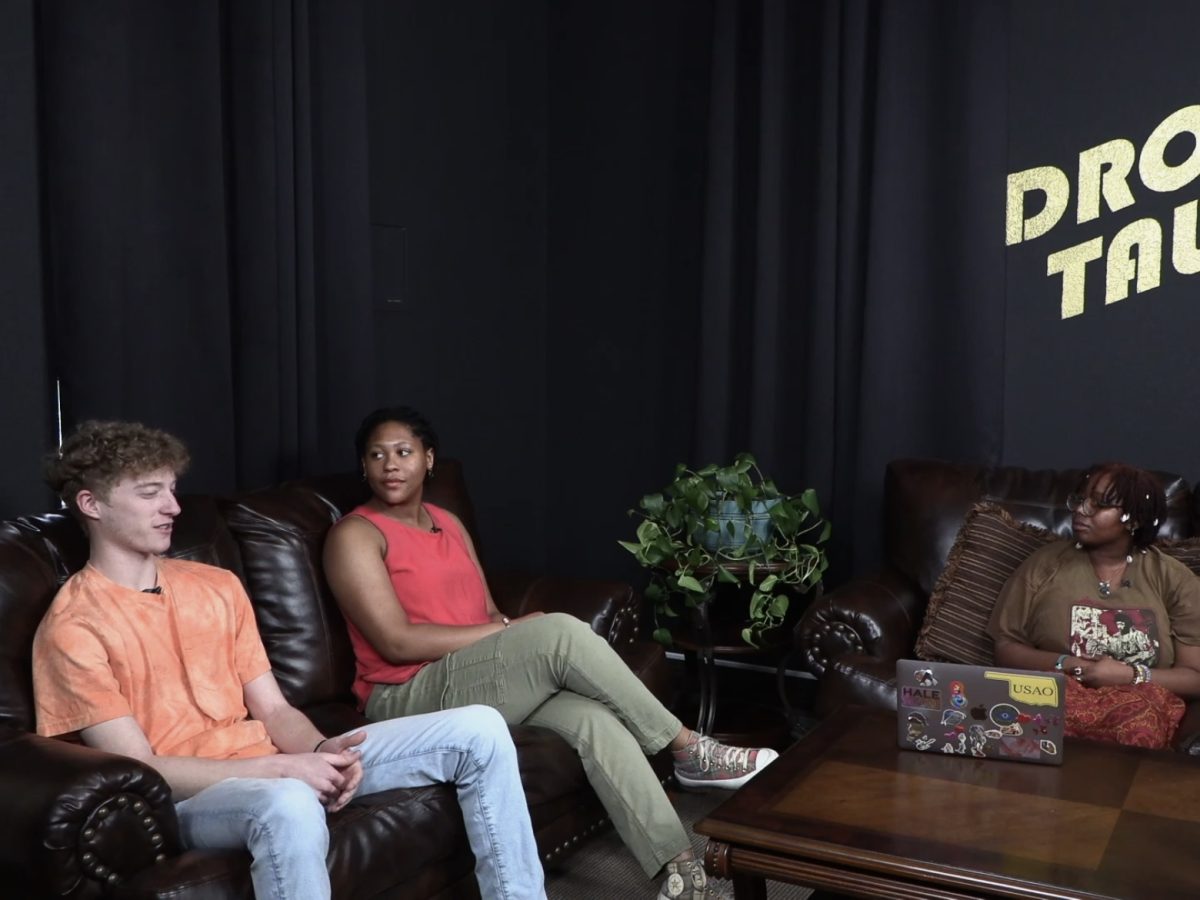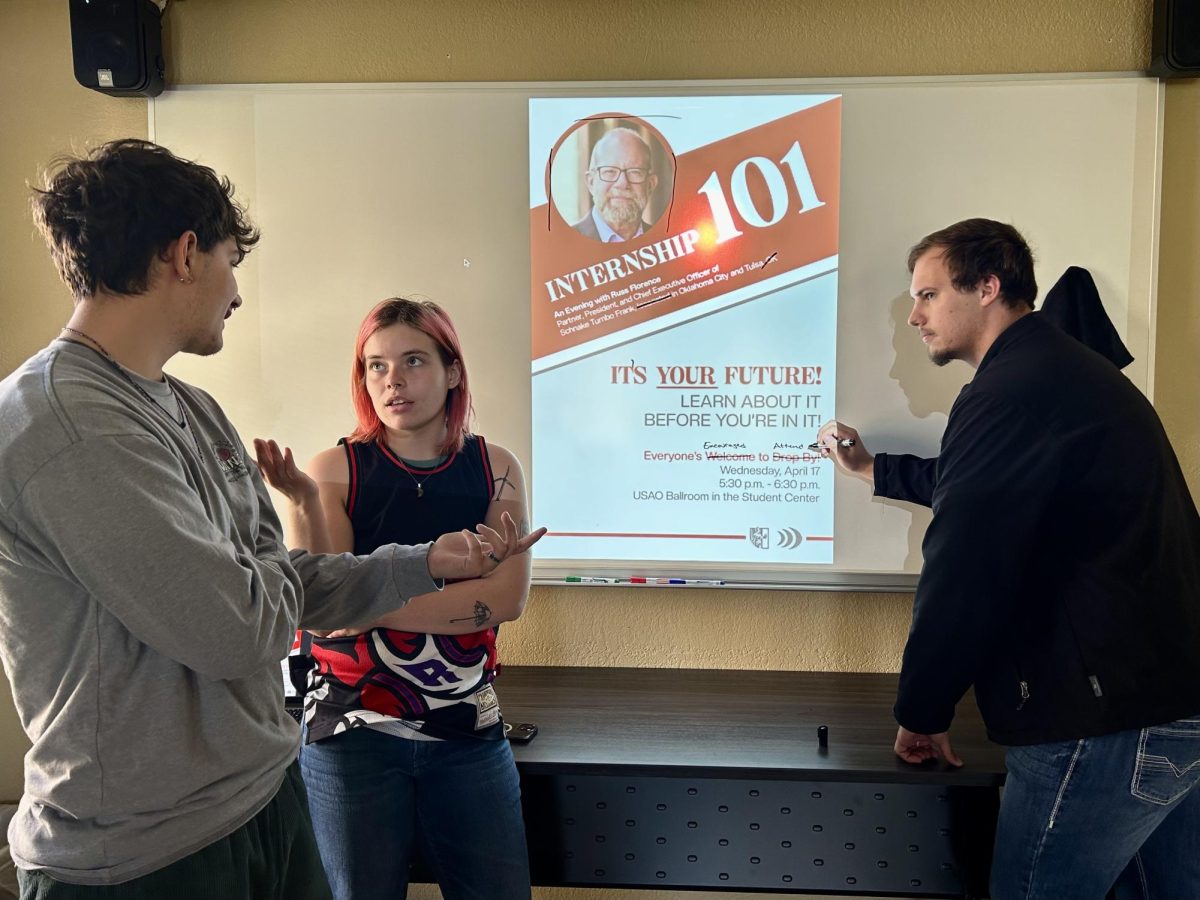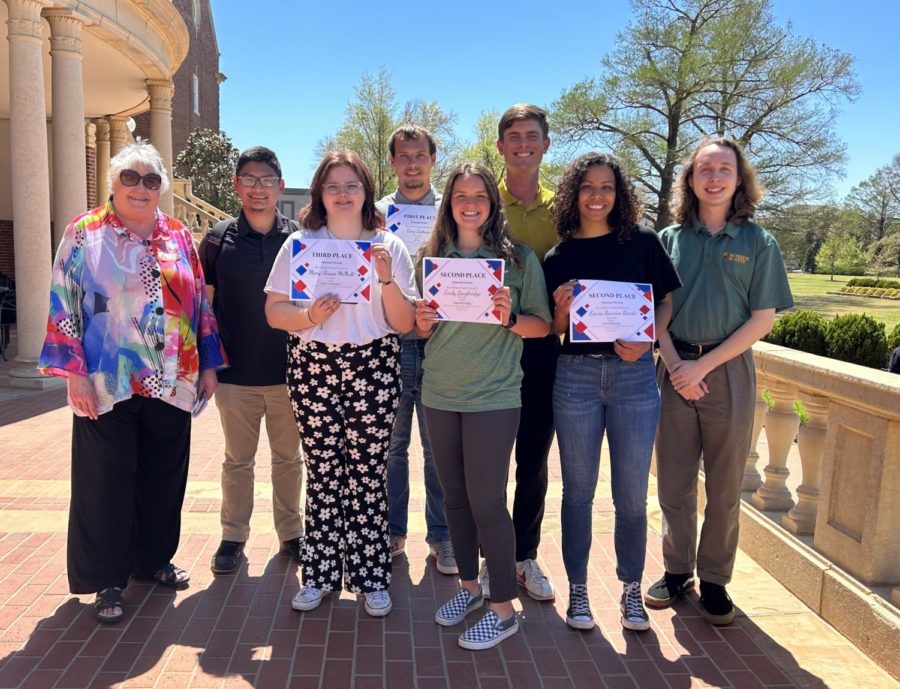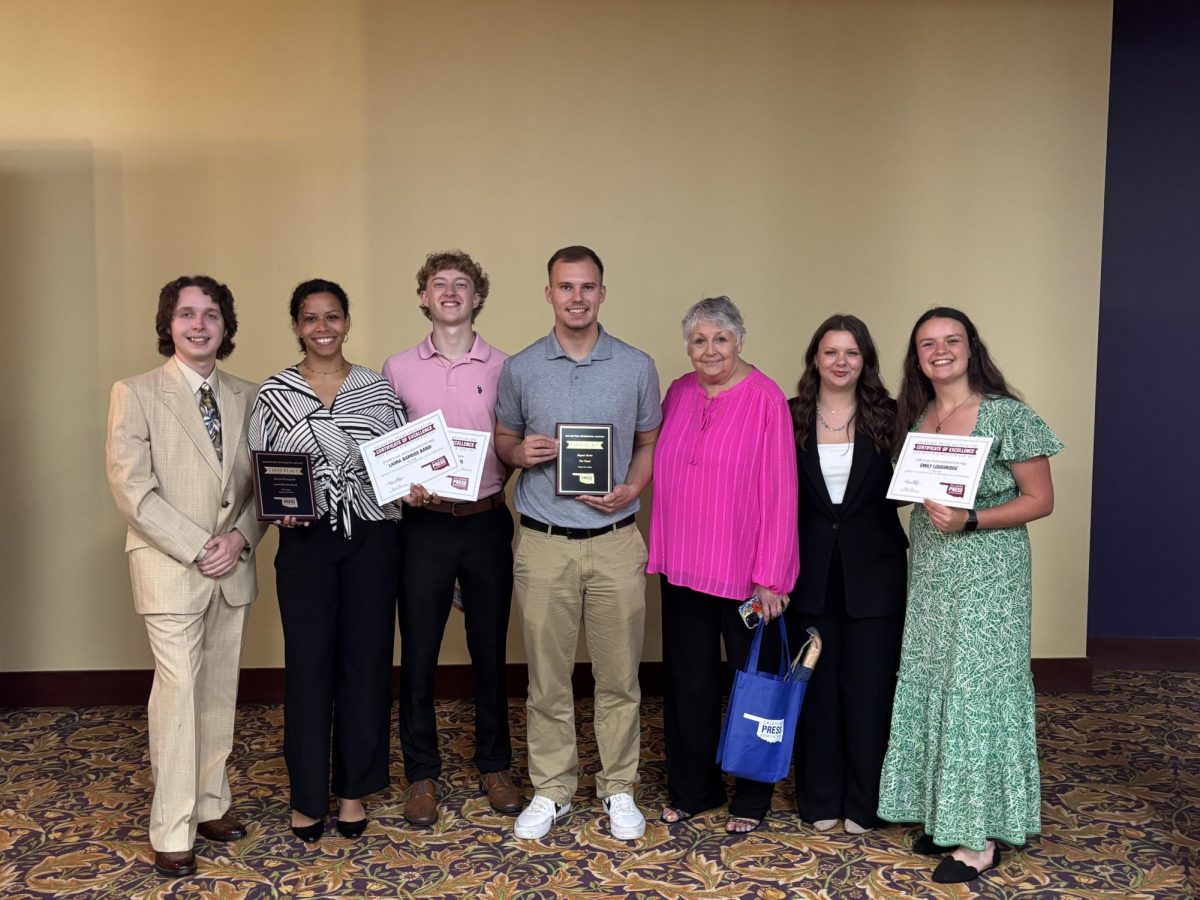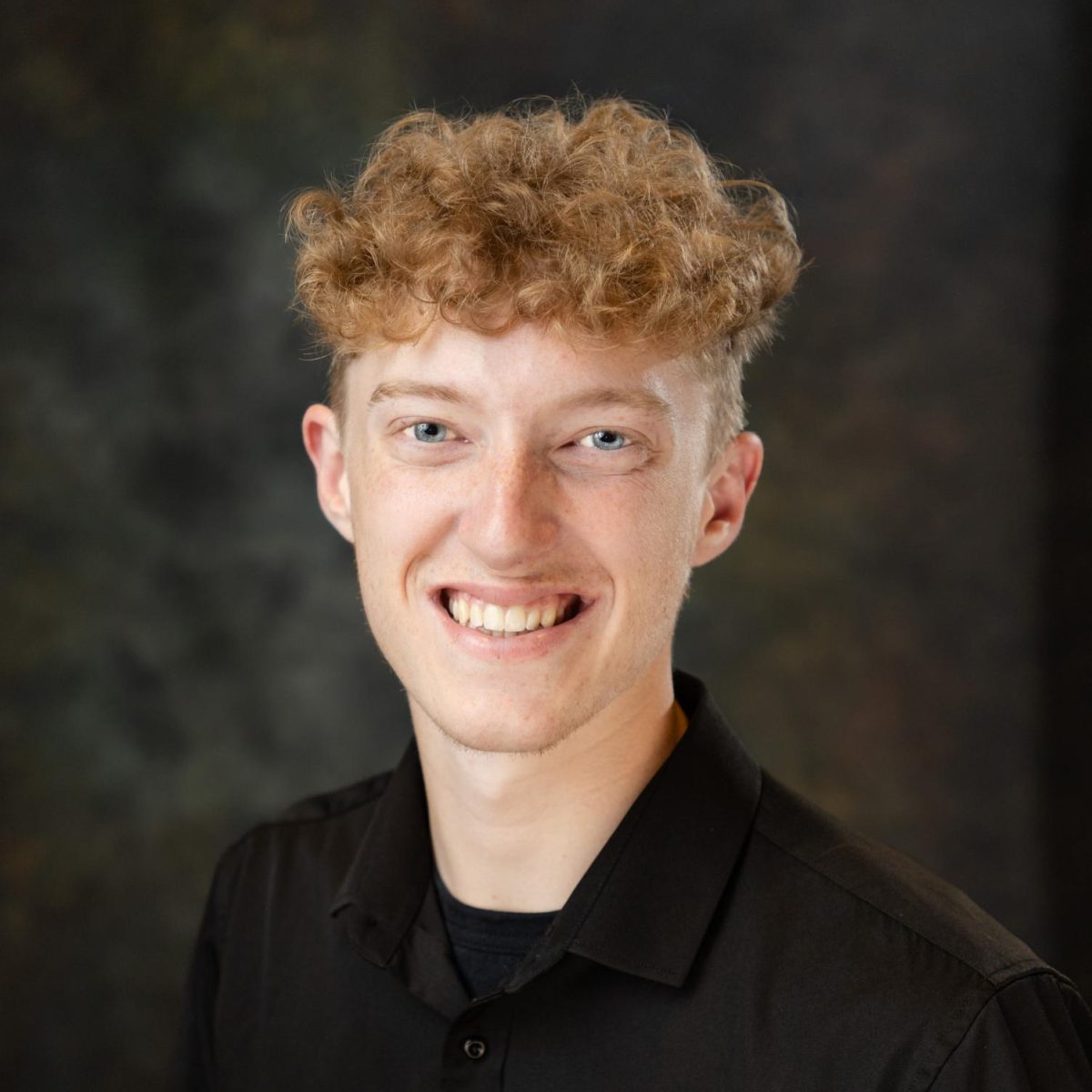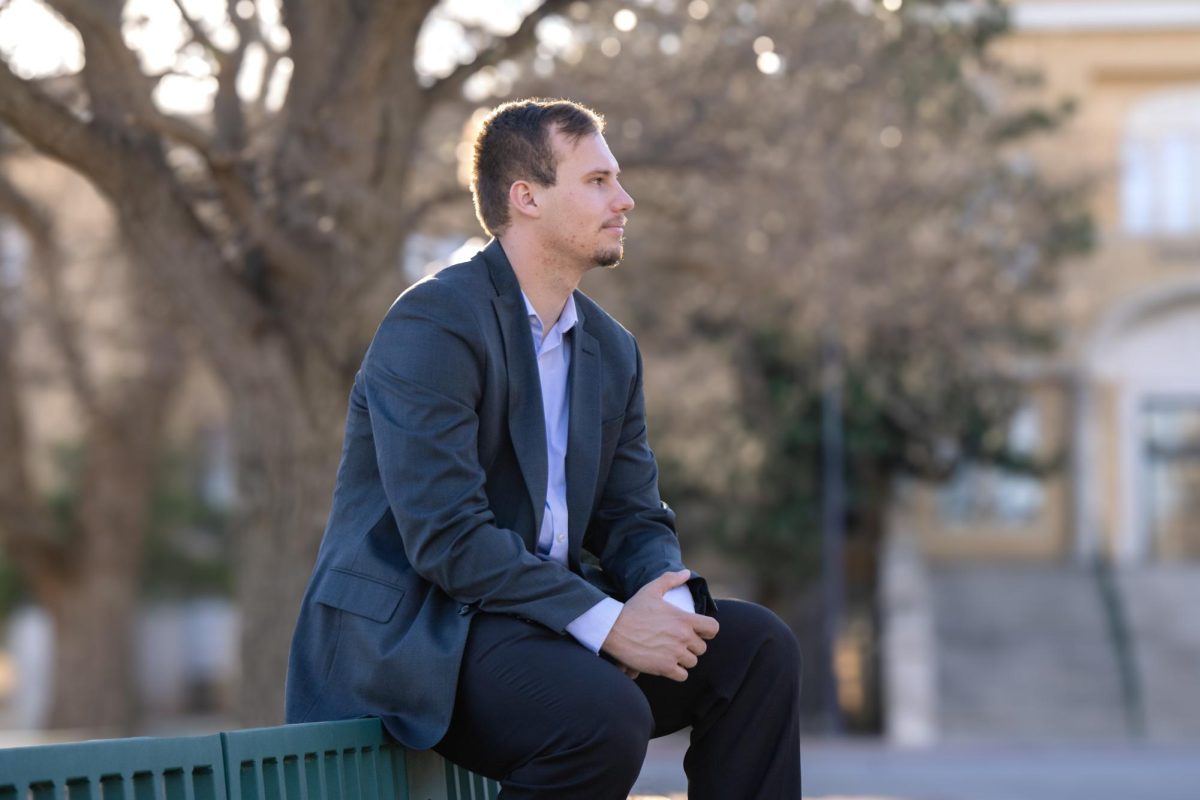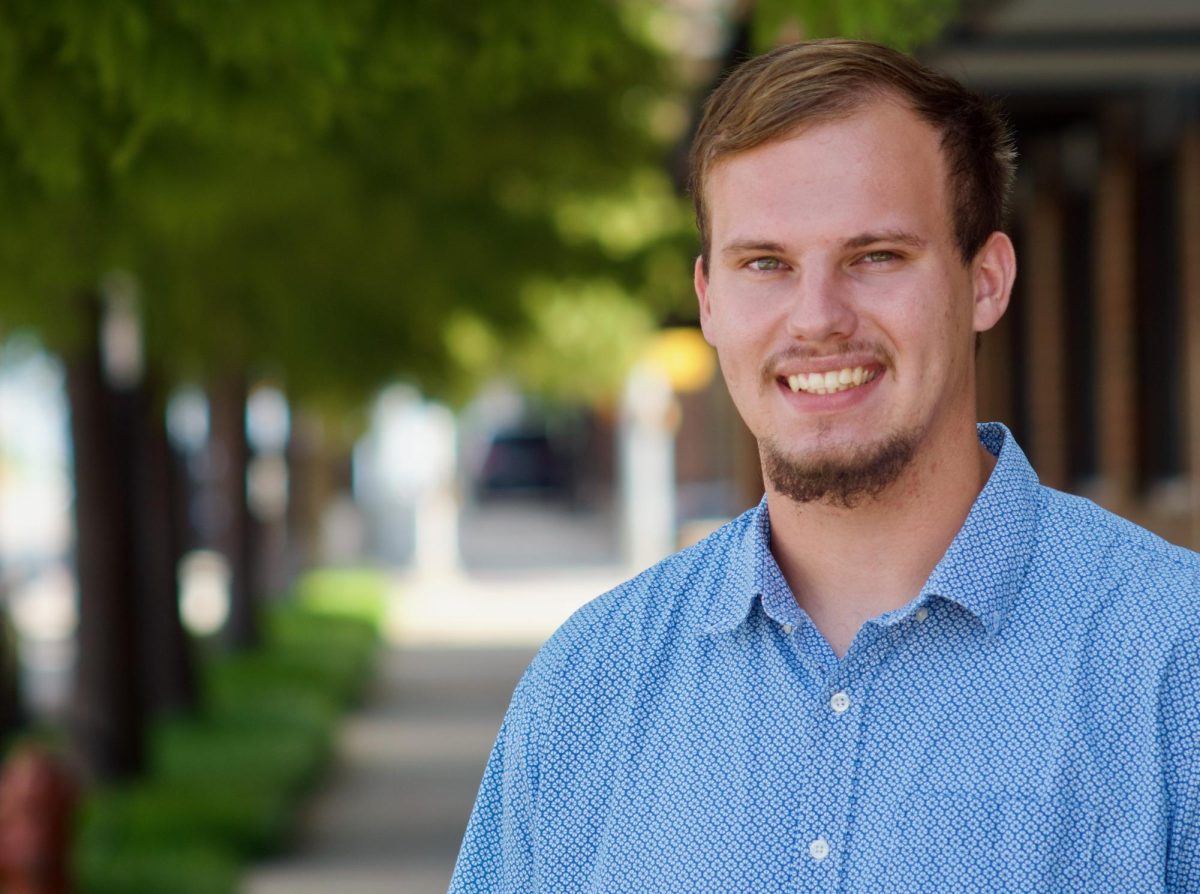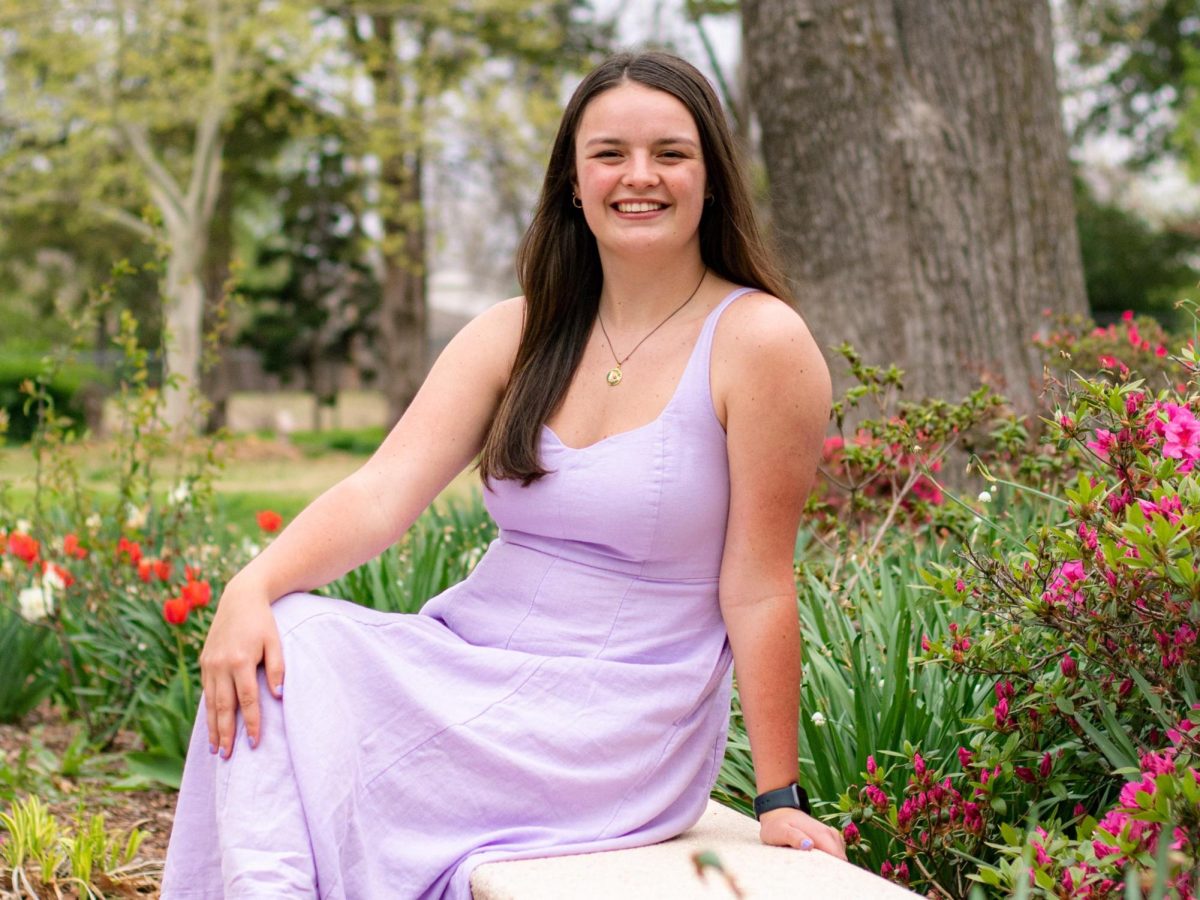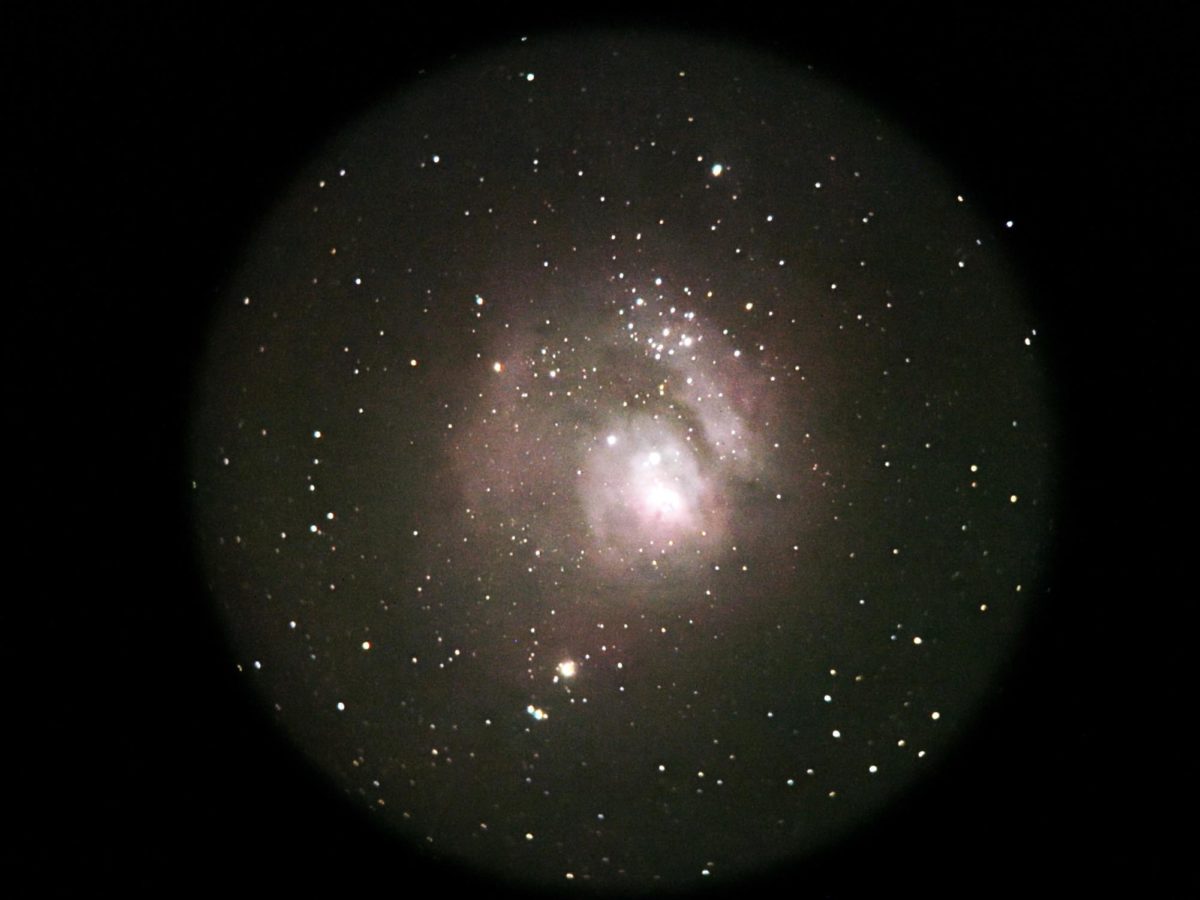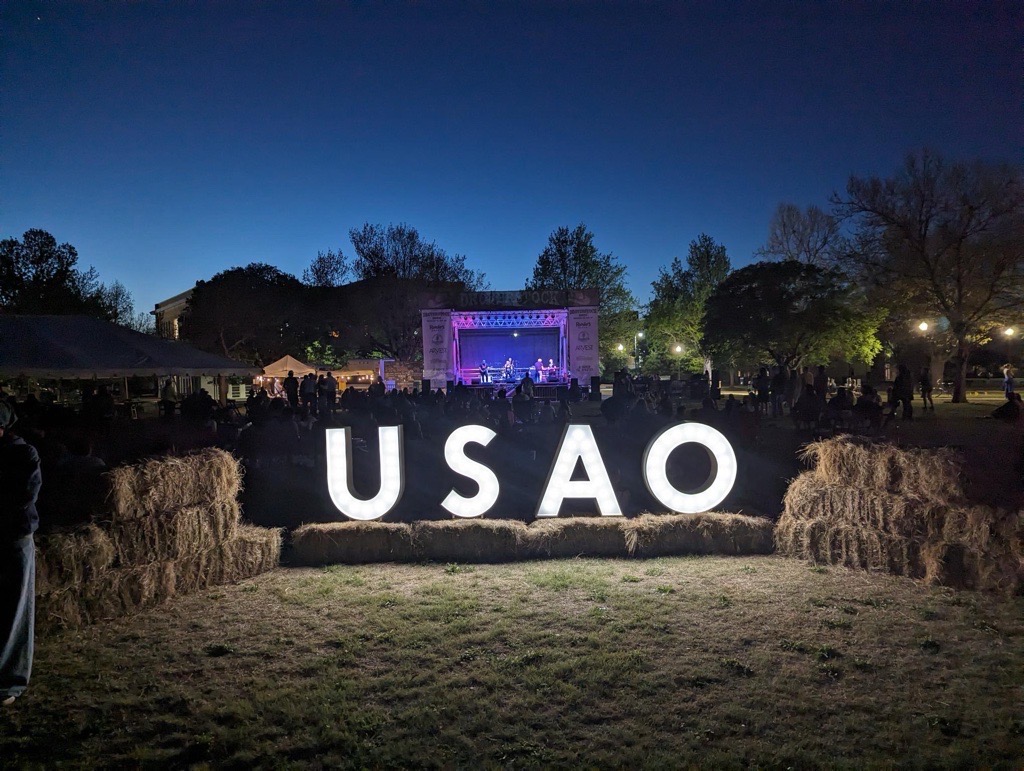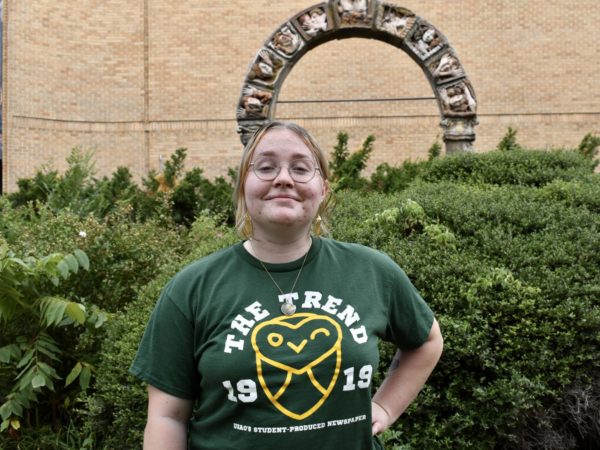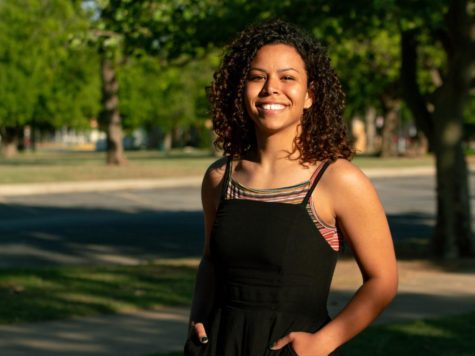With the large influx of emails students get every day, it can be disappointing when you miss out on something due to not knowing what to look out for. However overwhelming it may be, one thing students should keep their eyes open for in their emails is Dr. Joshua Hakala’s Astronomy Nights. As an assistant professor of biology, Dr. Hakala said he strives to share his excitement about astronomy and science with the students of USAO.
The conditions needed for a viewing night are finicky to say the least, but Dr. Hakala said he is always on the lookout for viable dates. The view from the Oval outside Austin Hall shows the east side of the sky, generally unobstructed. The target of the night, generally the moon or some of the main planets, would need to be in this eastern portion of the sky. Additionally, it couldn’t be too hot or too cold due to comfort for the students. The wind is another important condition, as anything more than 10 to 15 miles per hour can shake the telescope, blurring the image, and even getting as bad as to blow over the telescope. These required conditions make it difficult for these Astronomy Nights to be consistent.
“I always fear I’m conflicting with other events that I don’t know about on campus, but we’ve had a great turnout so far. Students seem excited, and that’s wonderful to see. While they’re observing they’re asking interesting questions and we’re having engaging conversations,” Dr. Hakala said.

His bachelor’s in physics with an astronomy emphasis gives credit to what he says during these events, and he said he does his best to answer any questions students may have when at the viewing nights.
“I’ve been interested in astronomy since I was five or six years old. There was an old cartoon that showed off the horse head nebula, and ever since then I’ve been surrounded by space books or star charts,” Dr. Hakala said. “The universe is expanding, and there are so many mysteries surrounding this and dark matter or dark energy. When you really look into all of this, there are a lot of interesting questions that could be asked. Plus, being able to view these things truly help you feel connected to the universe.”
For student interested in learning more about astronomy, Dr. Hakala offers an astrophotography class in the summer trimesters for students looking for experience in viewing or taking pictures of astral bodies. Additionally, Dr. Hakala recommends looking to physics, as a major or minor could provide students a good amount of information that could be applied to the broader universe. Finally, websites like NASA can help fuel a student’s want for knowledge and can relate this topic to current events.
Dr. Hakala said he is open to holding sessions out at USAO’s Habitat but is worried about the attendance and inaccessibility of the off-campus area. However, due to the new building and limited parking available in recent times, he is open to the possibility.
The next opportunity for a viewing will be somewhere in the second half of October, weather permitting.
Bea Bourland is a second-year biology and environmental science major at the University of Science and Arts of Oklahoma.


